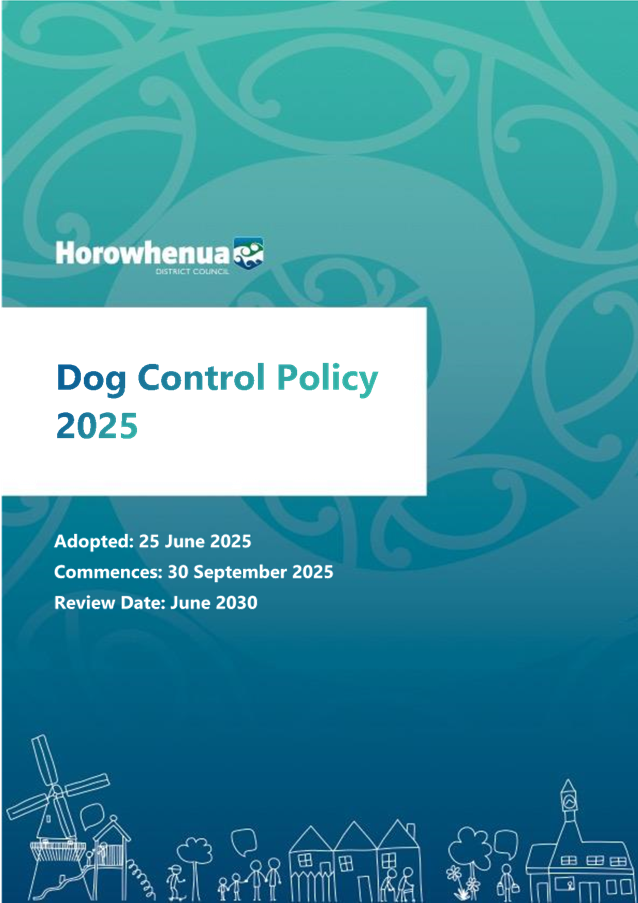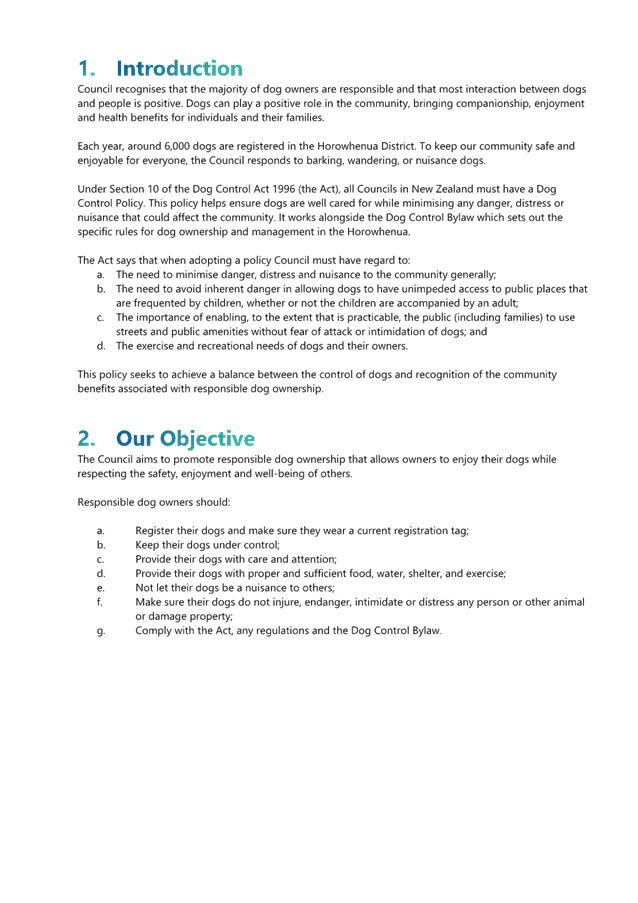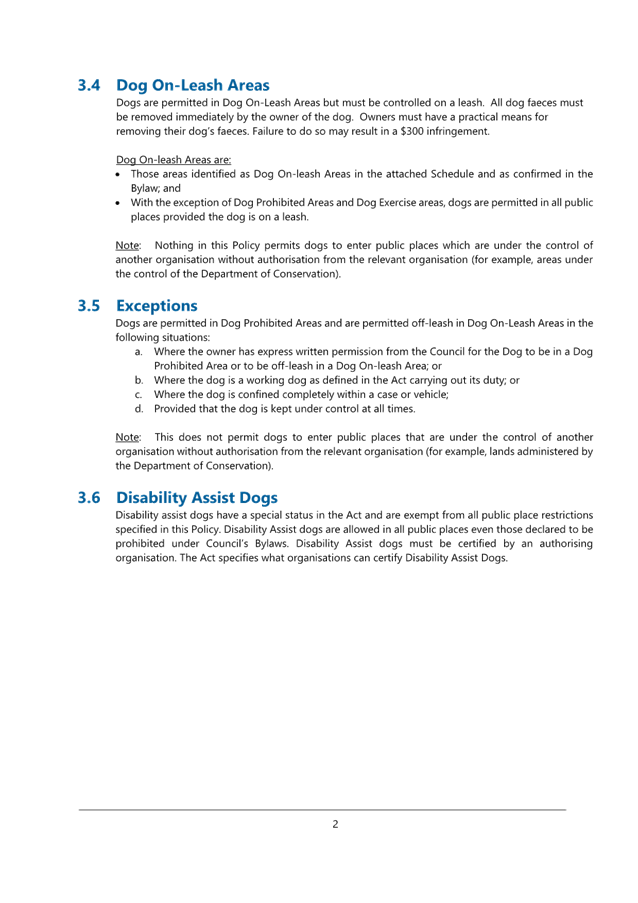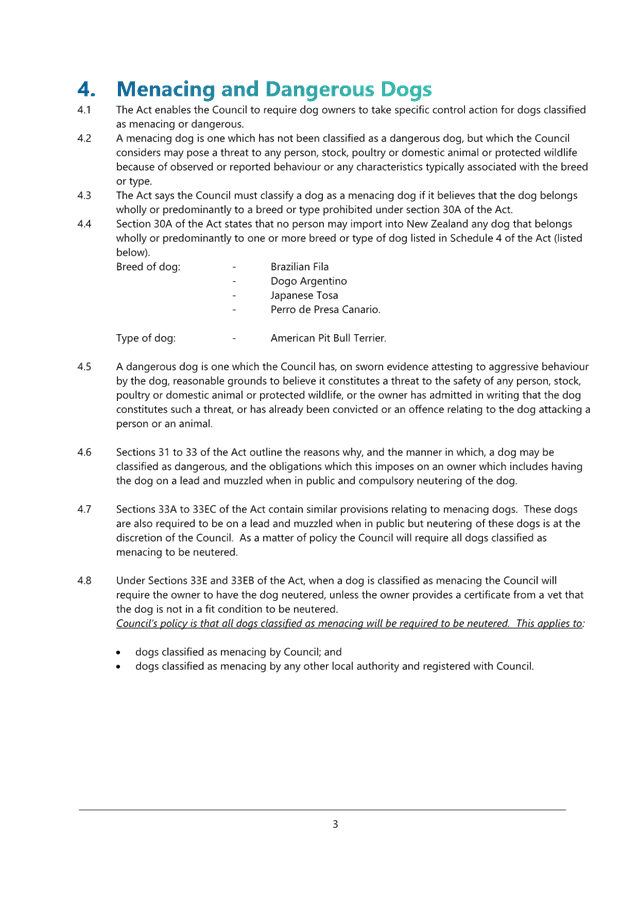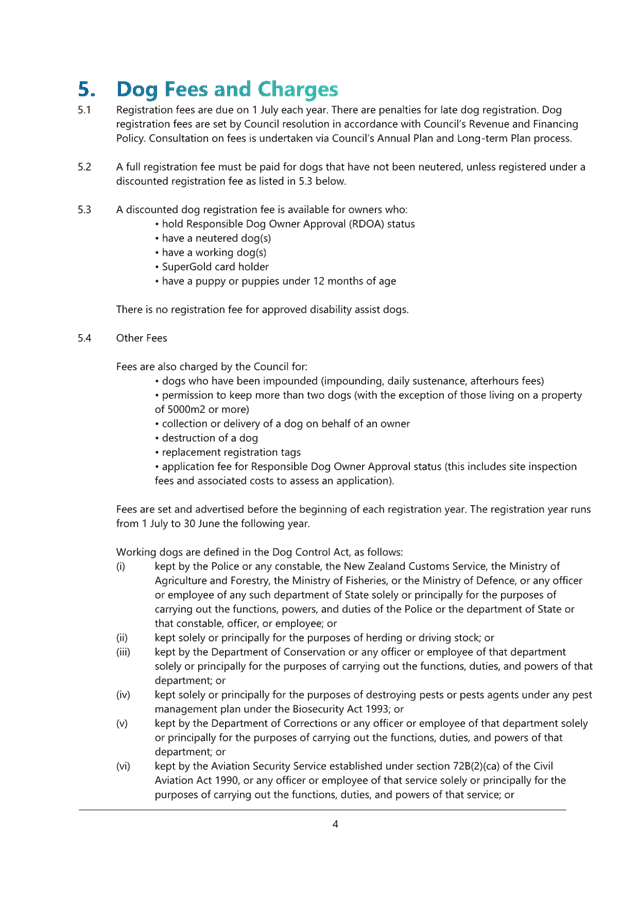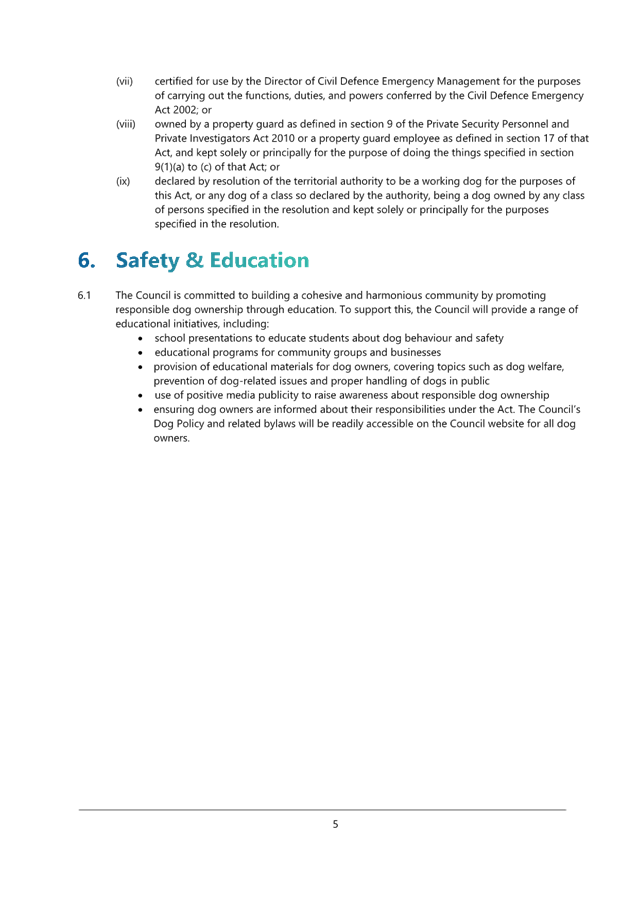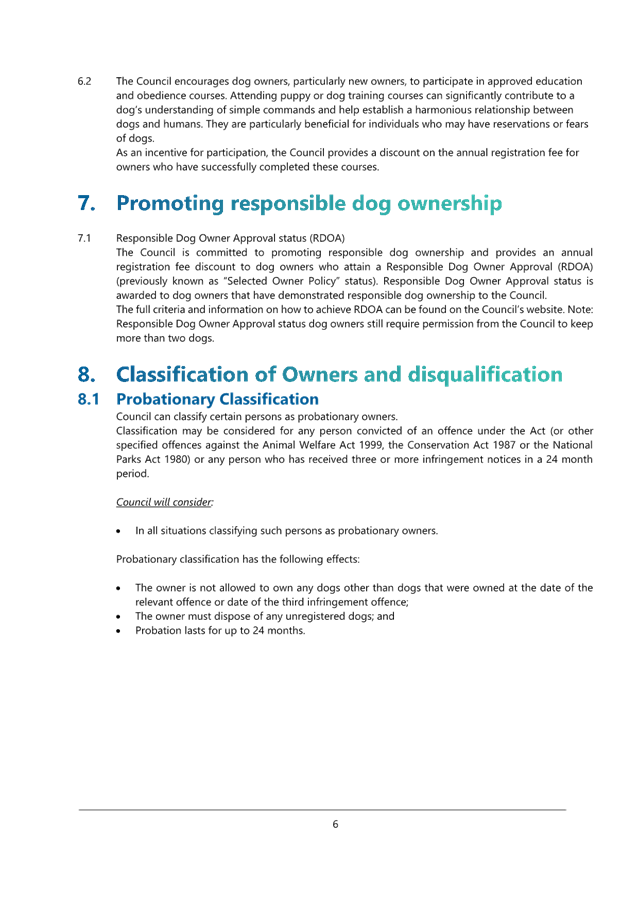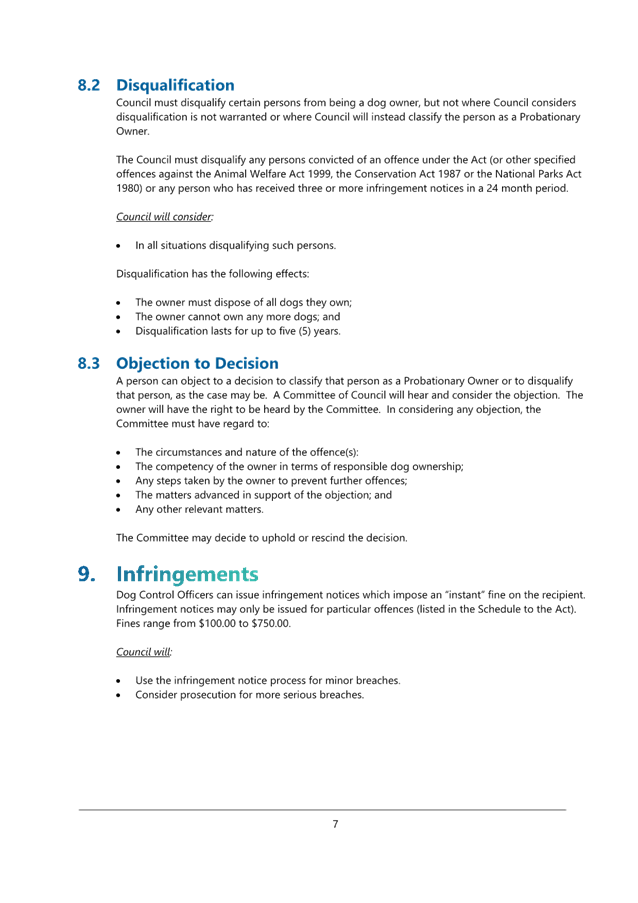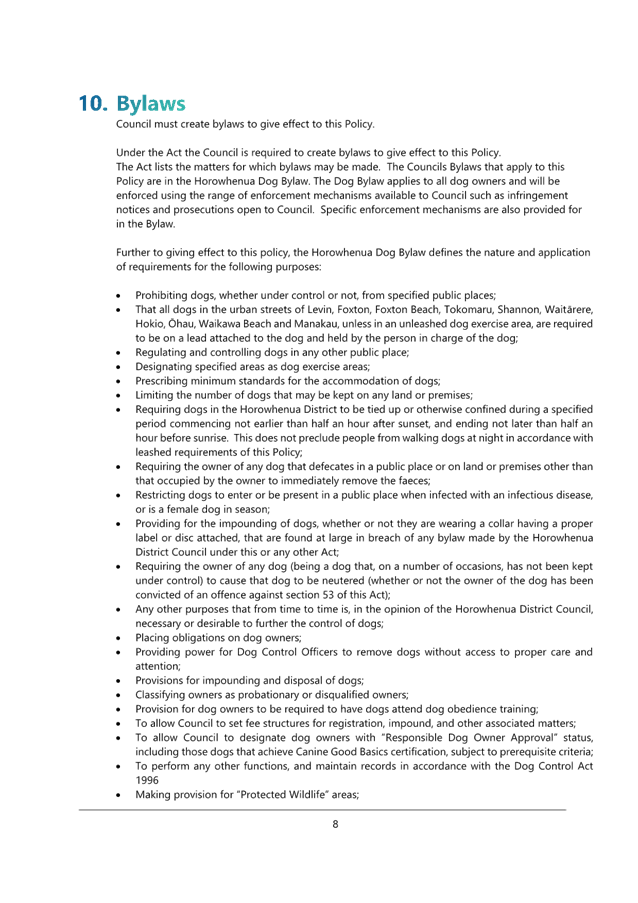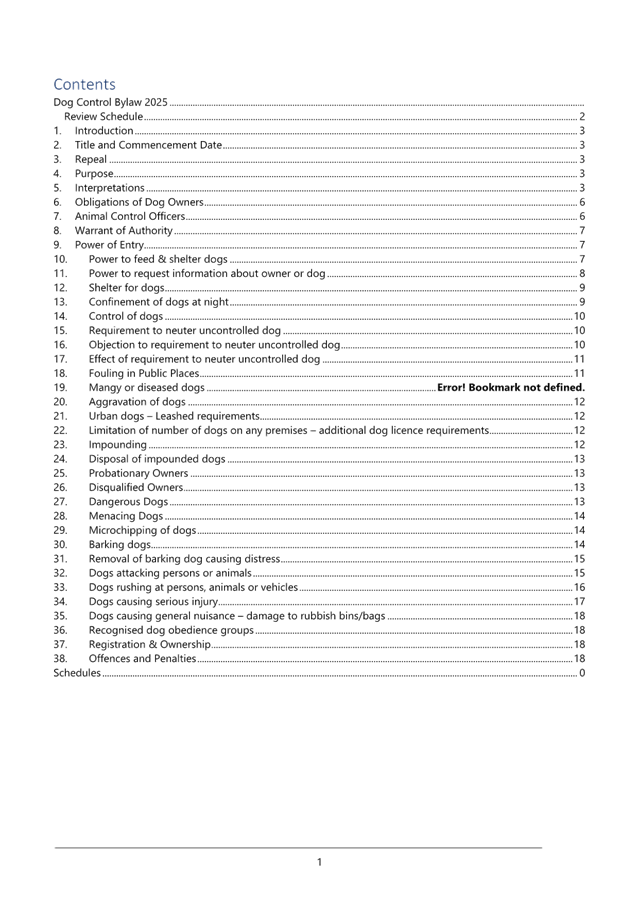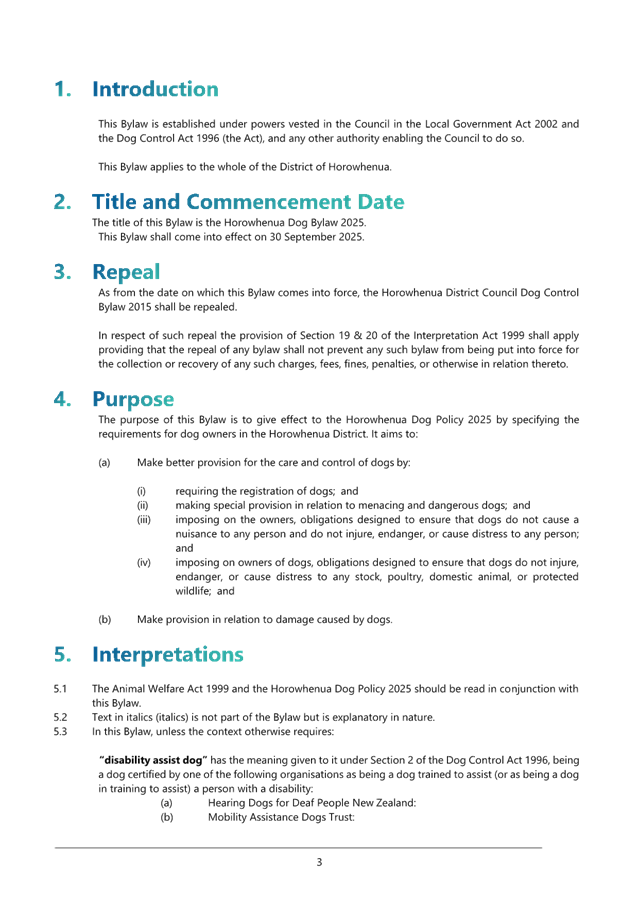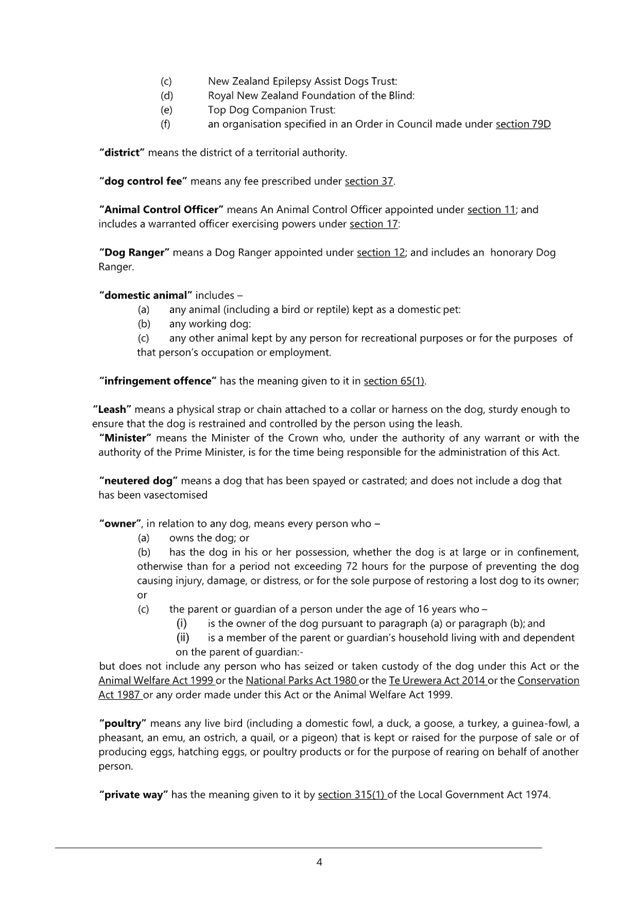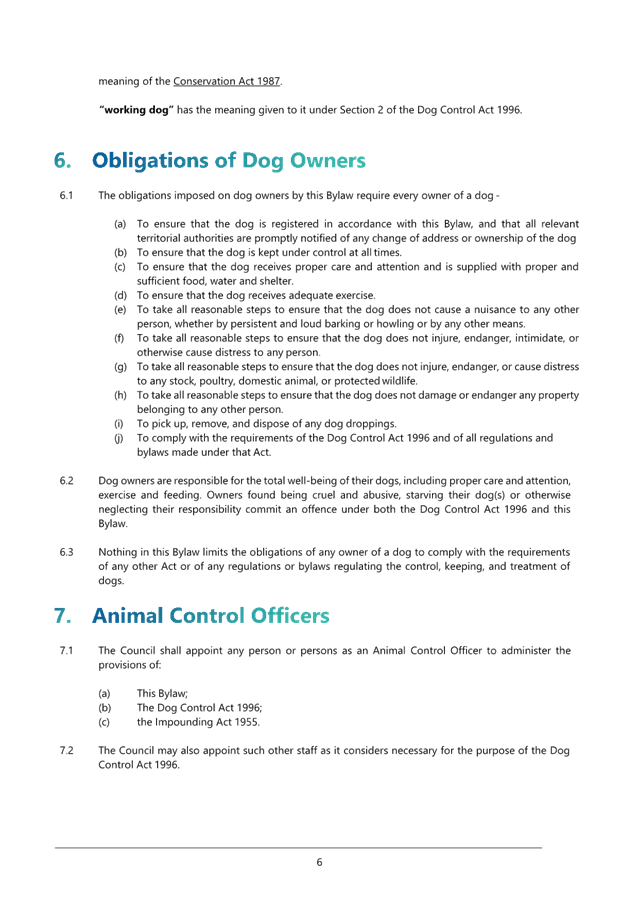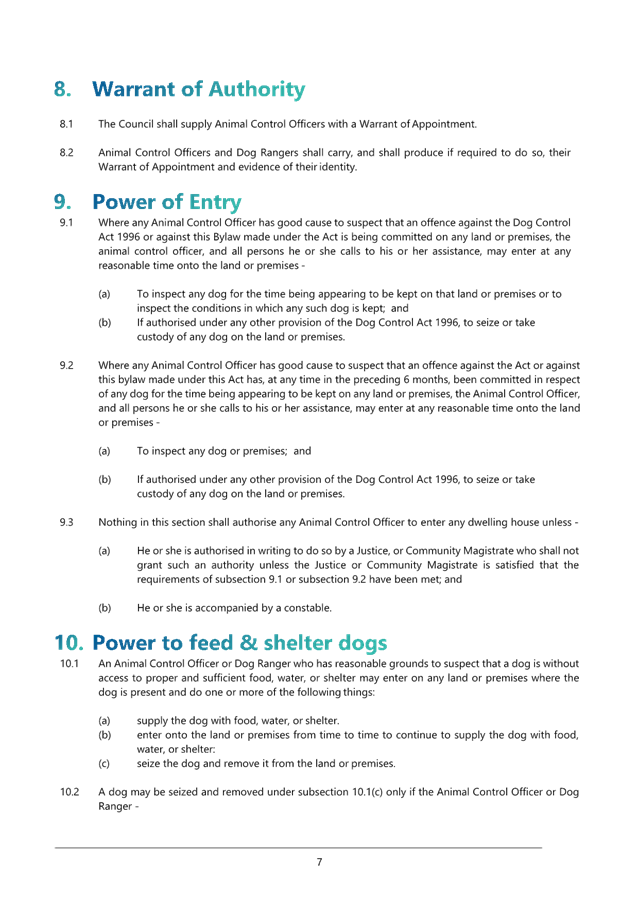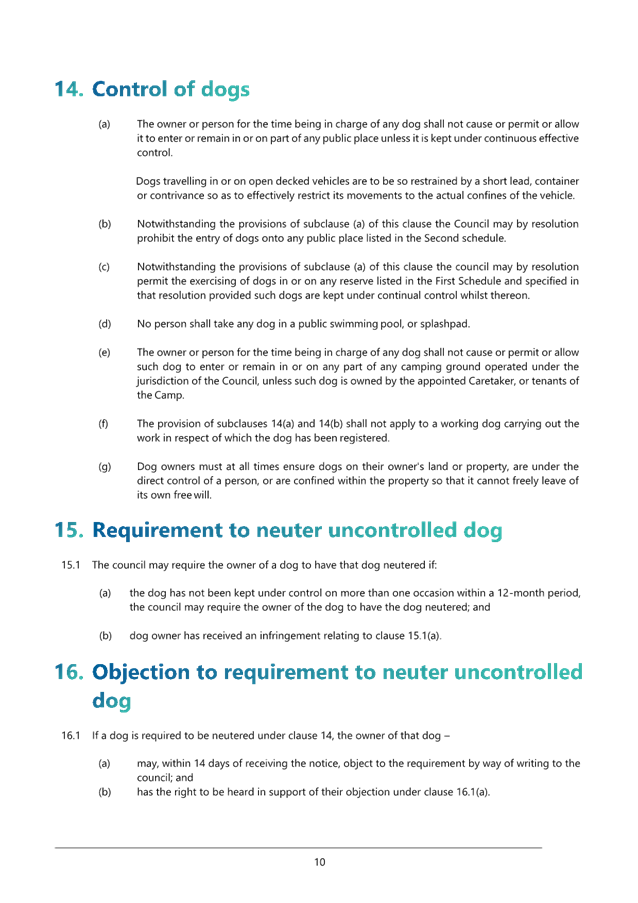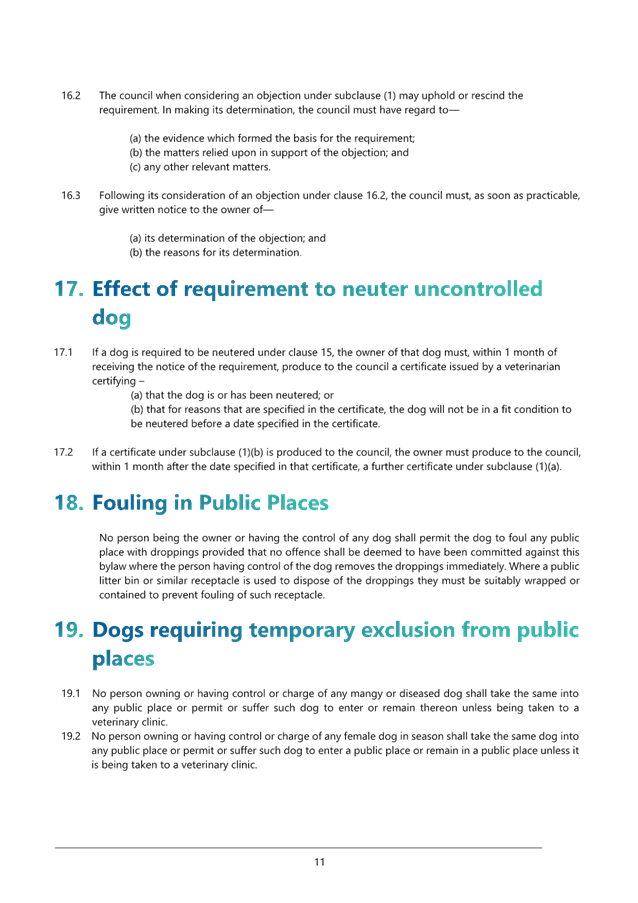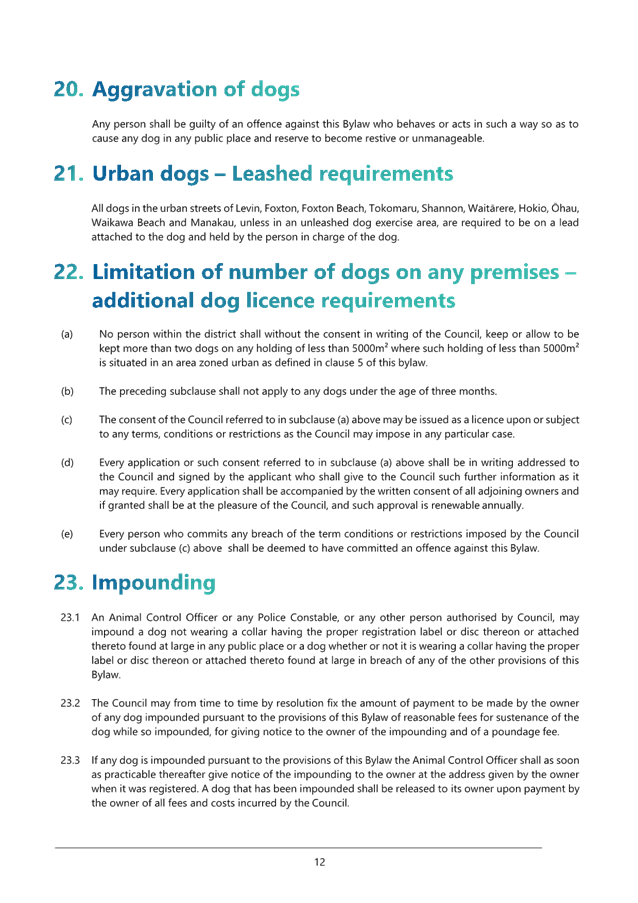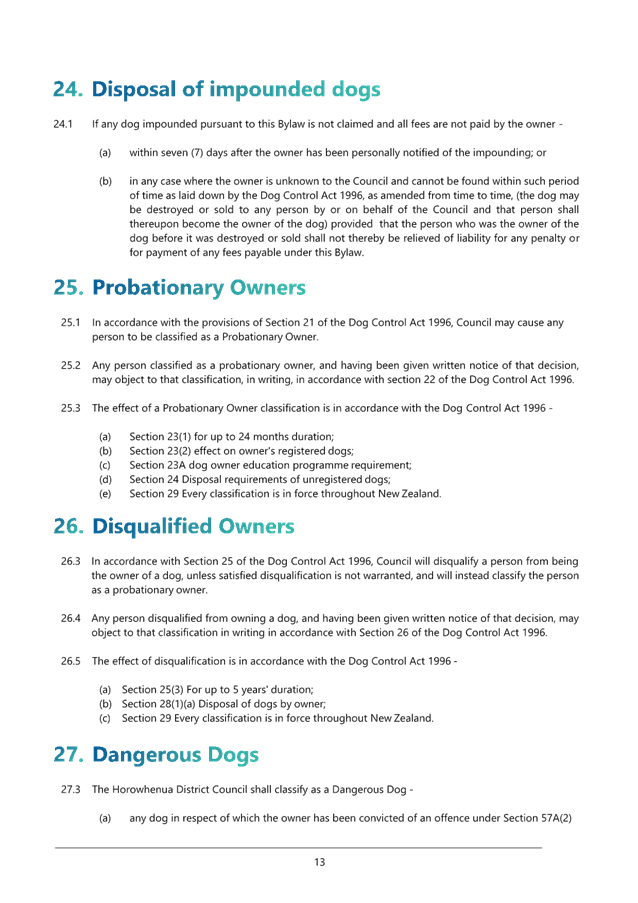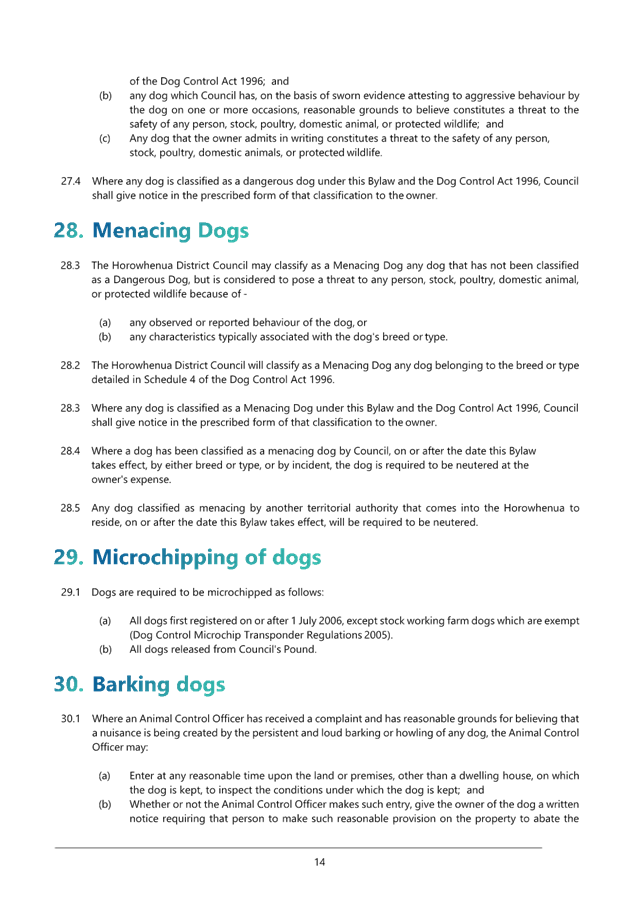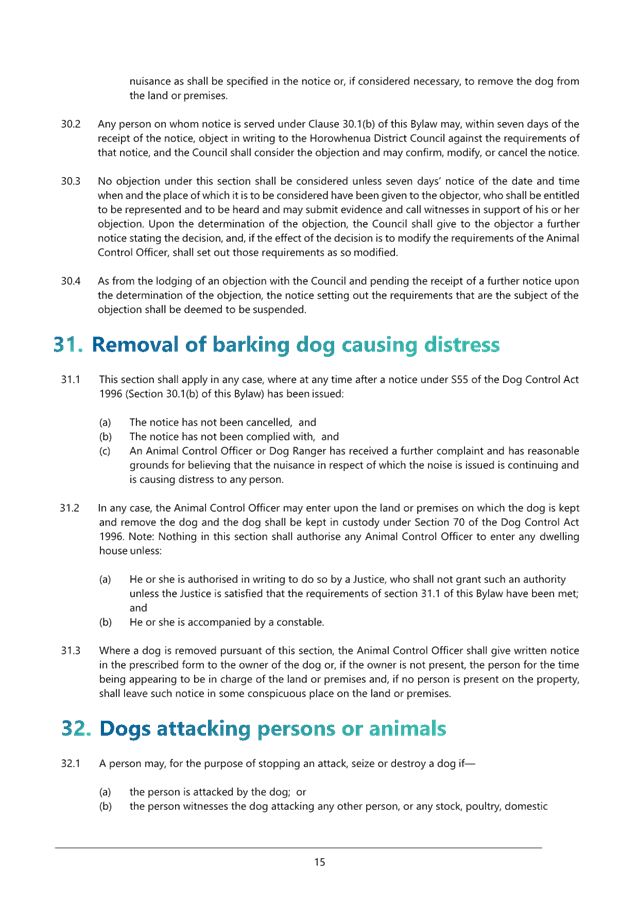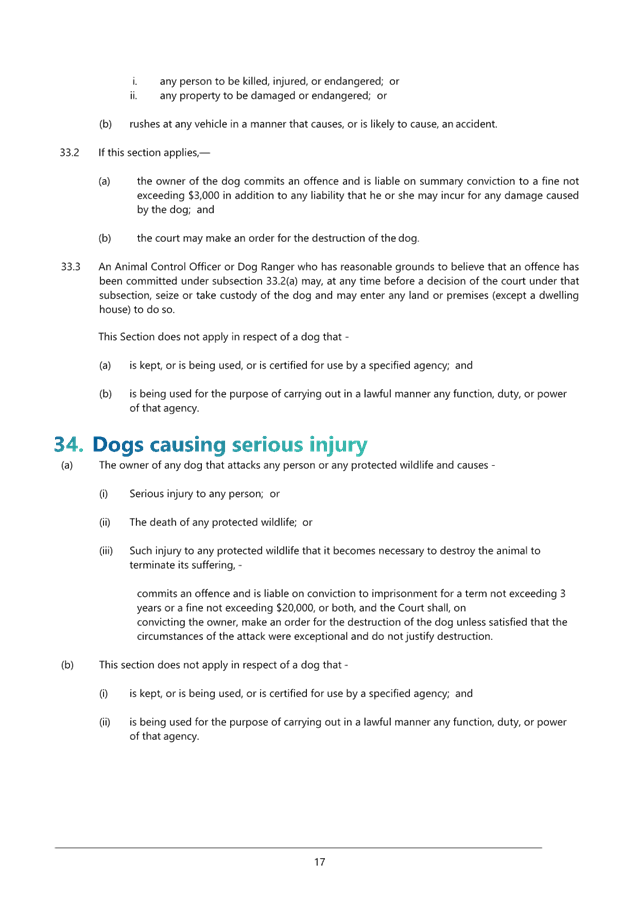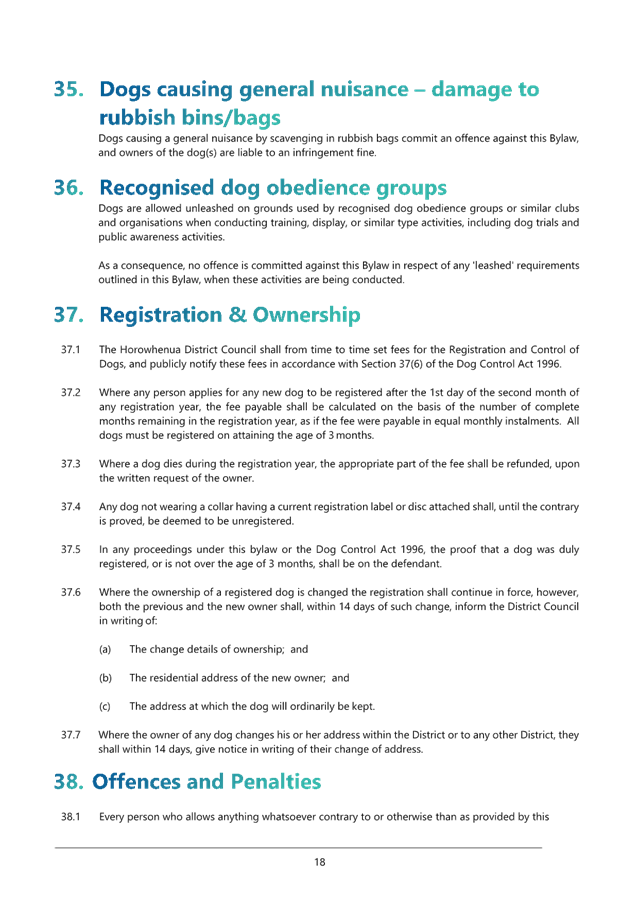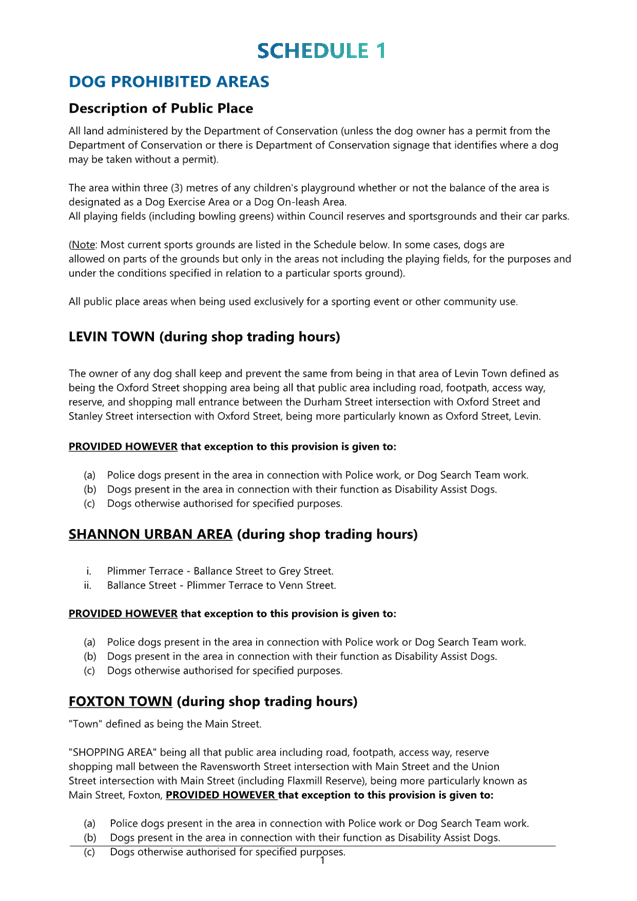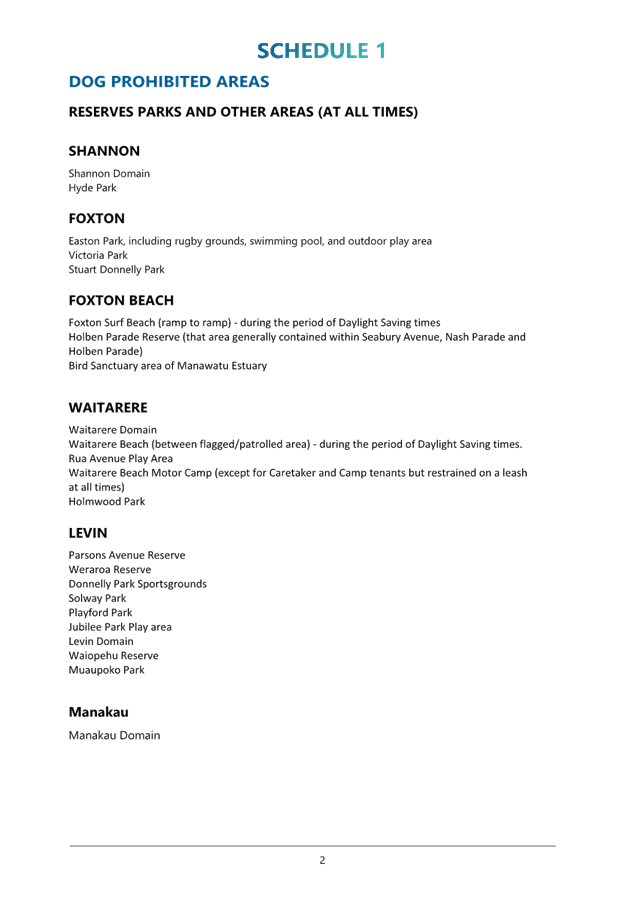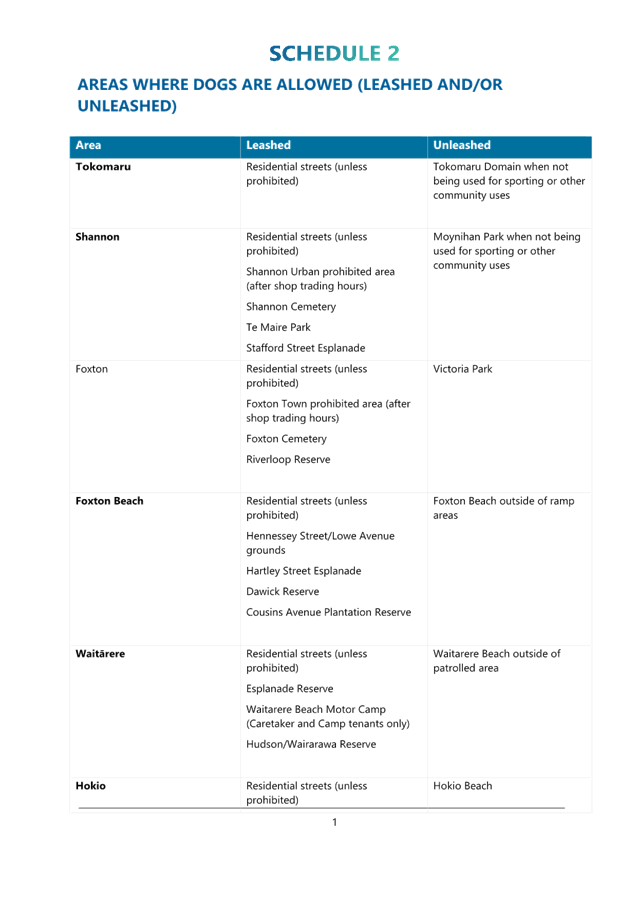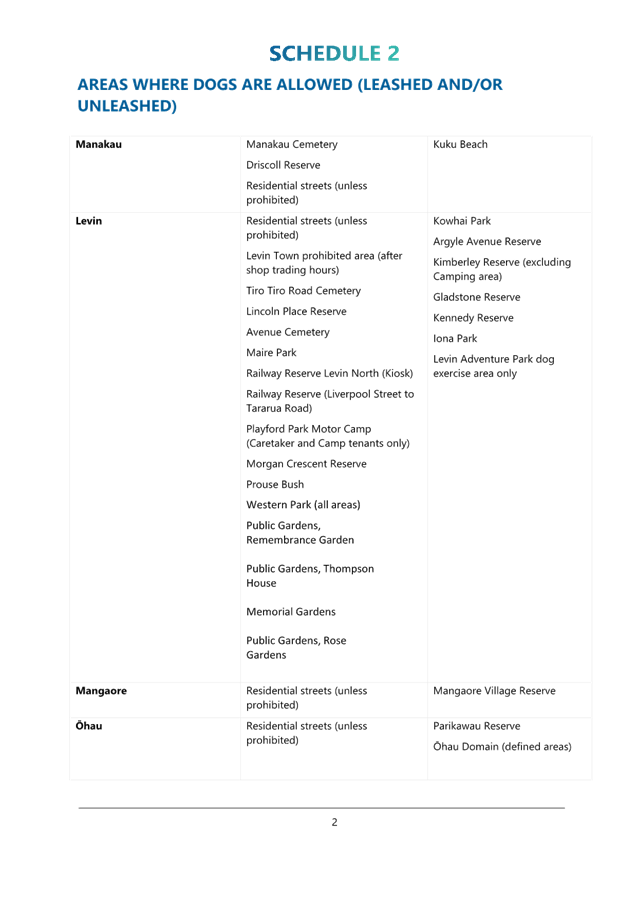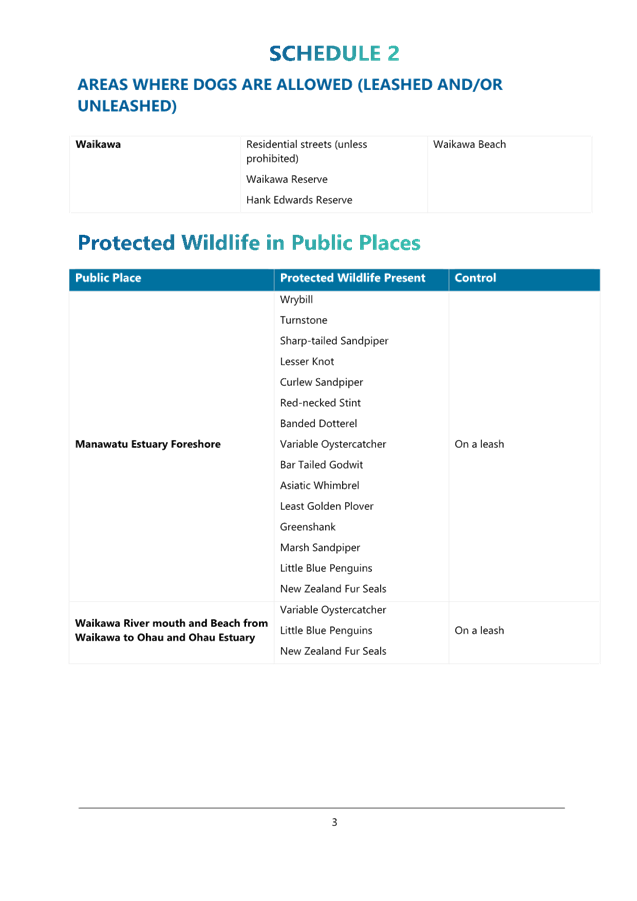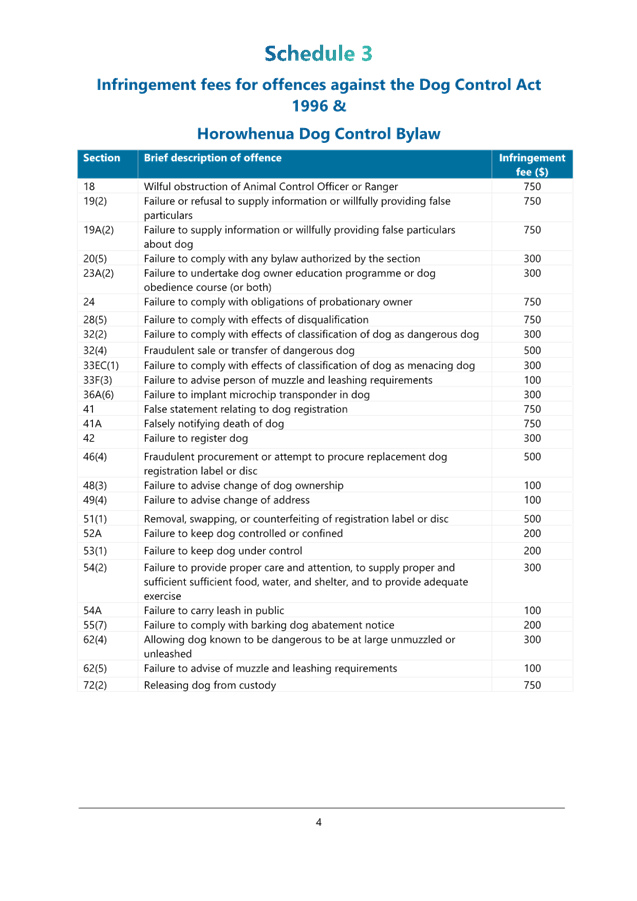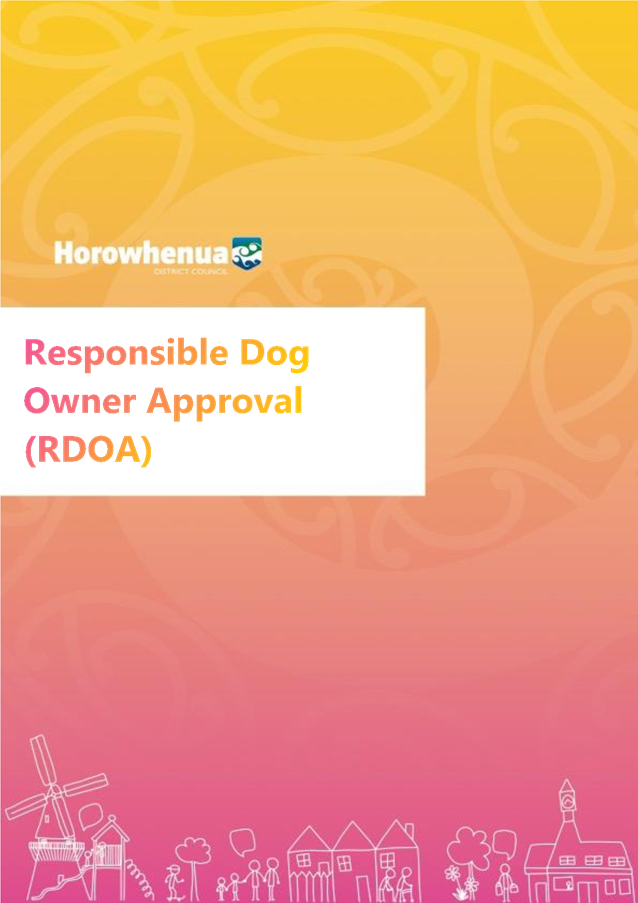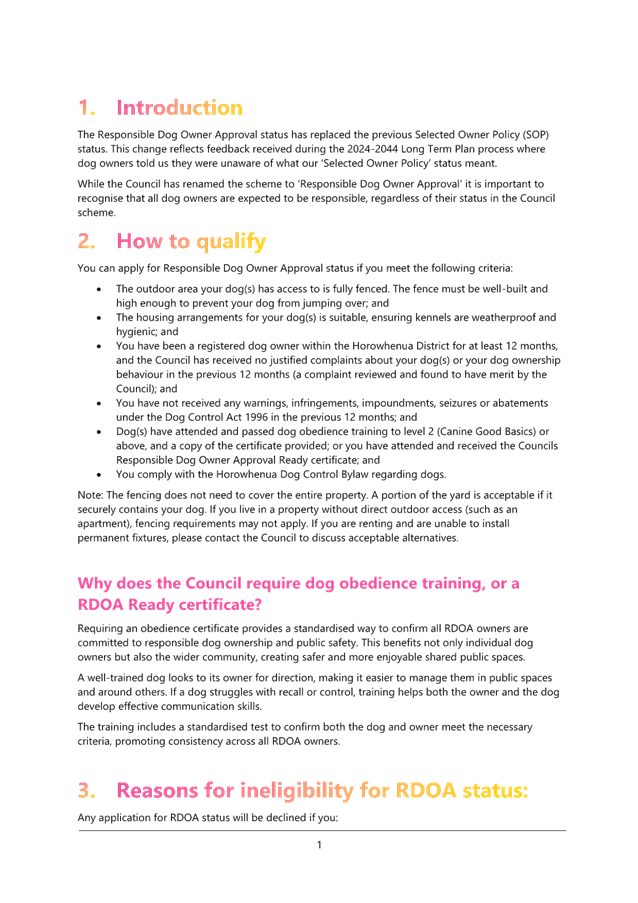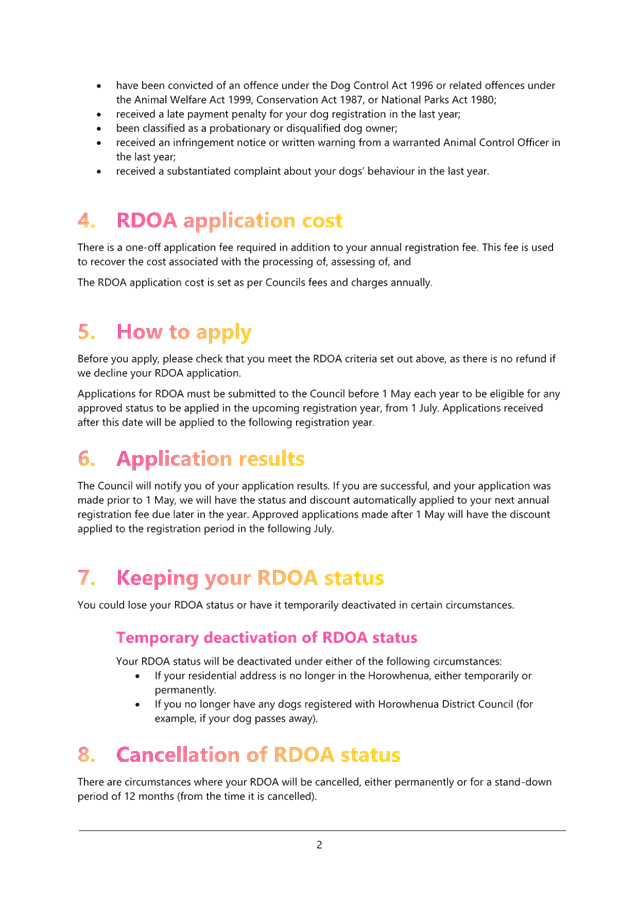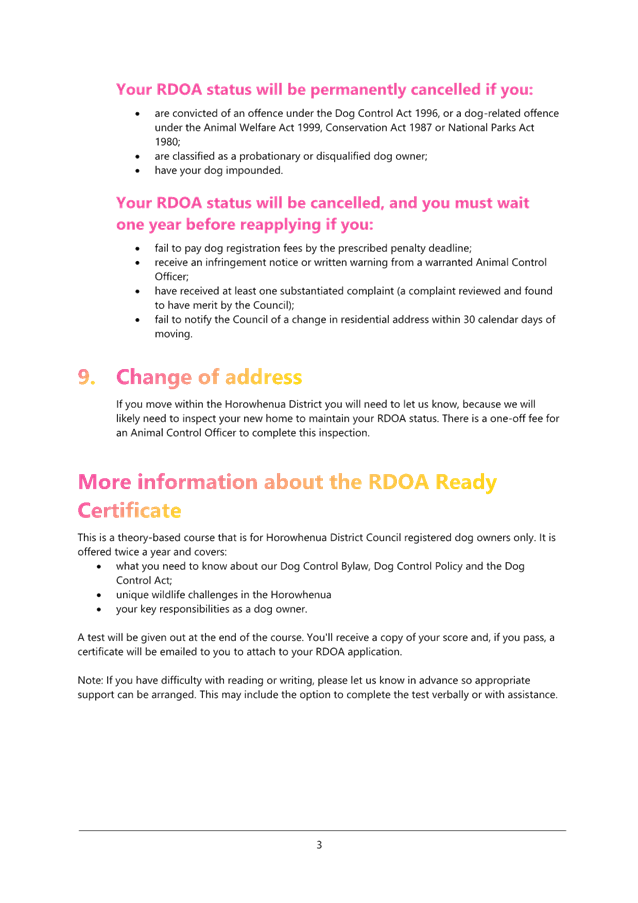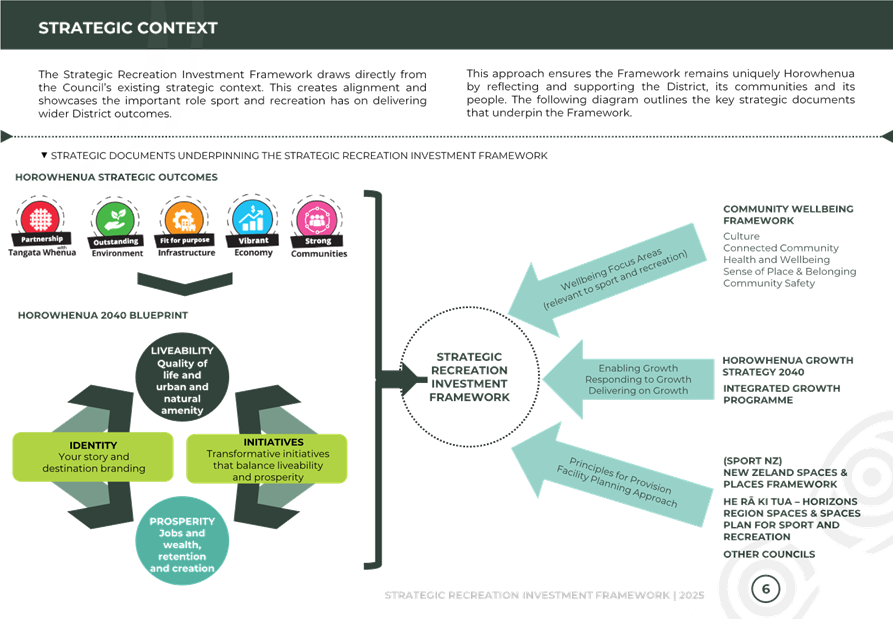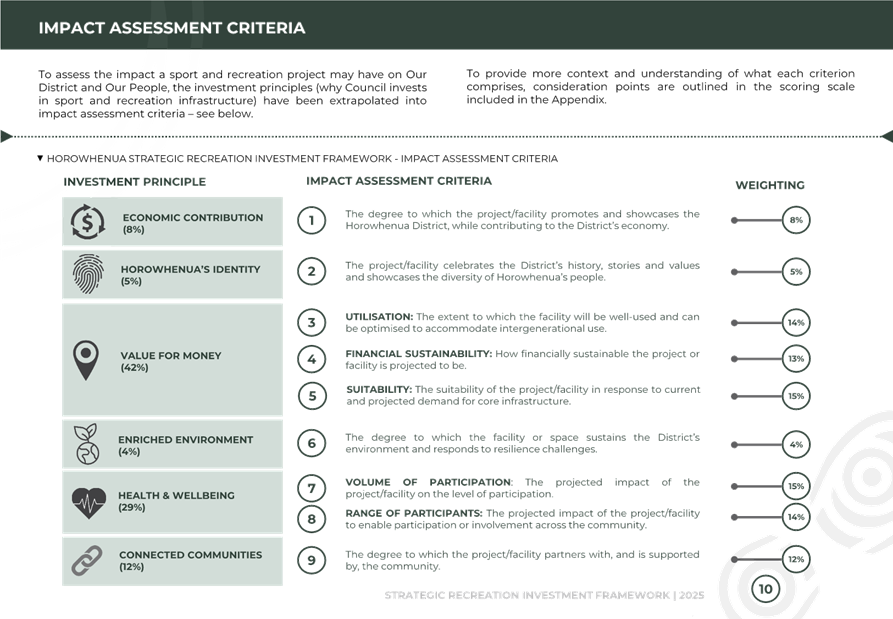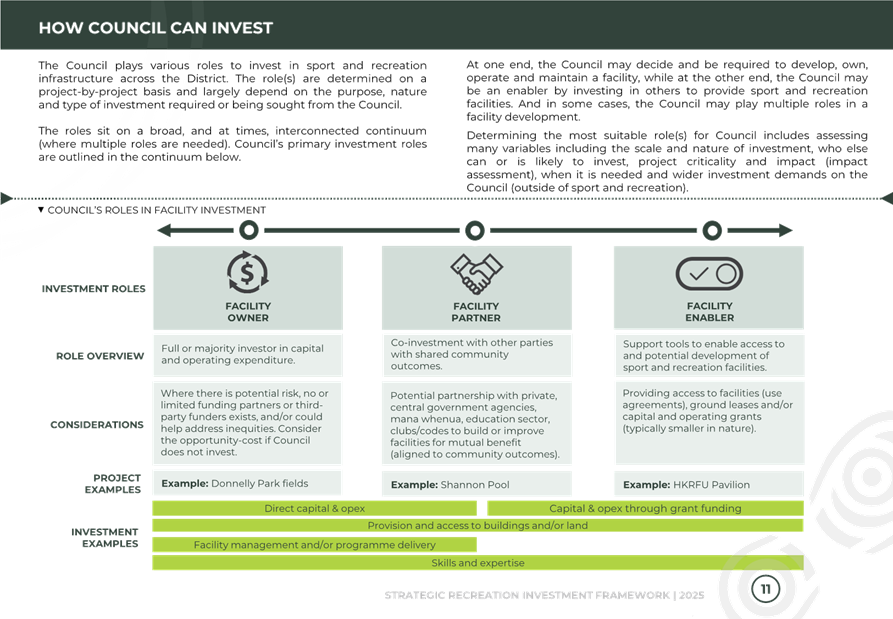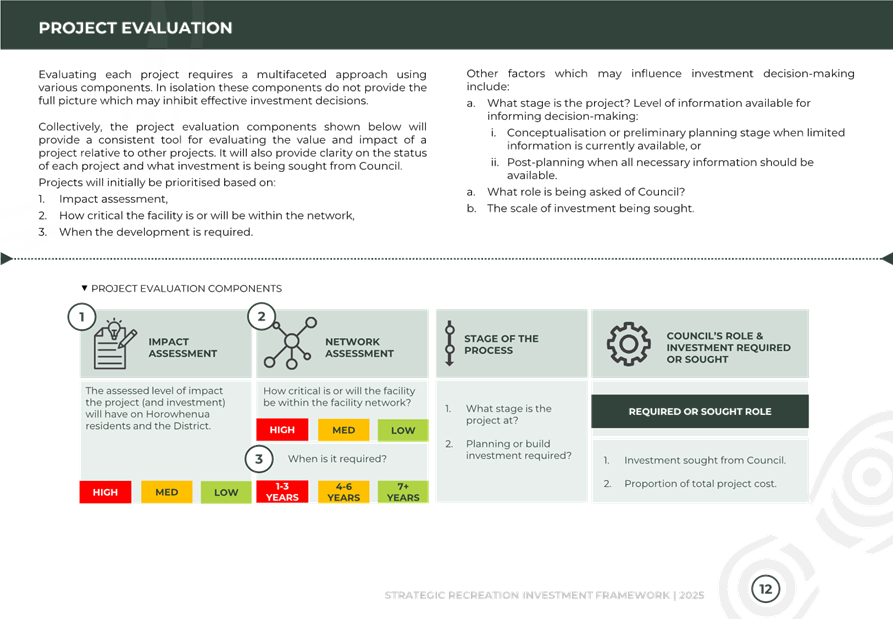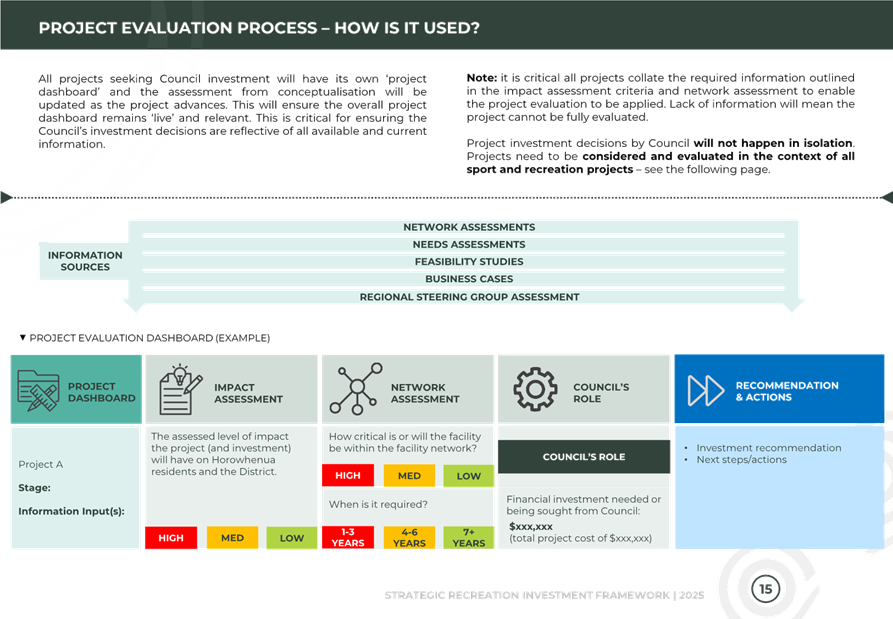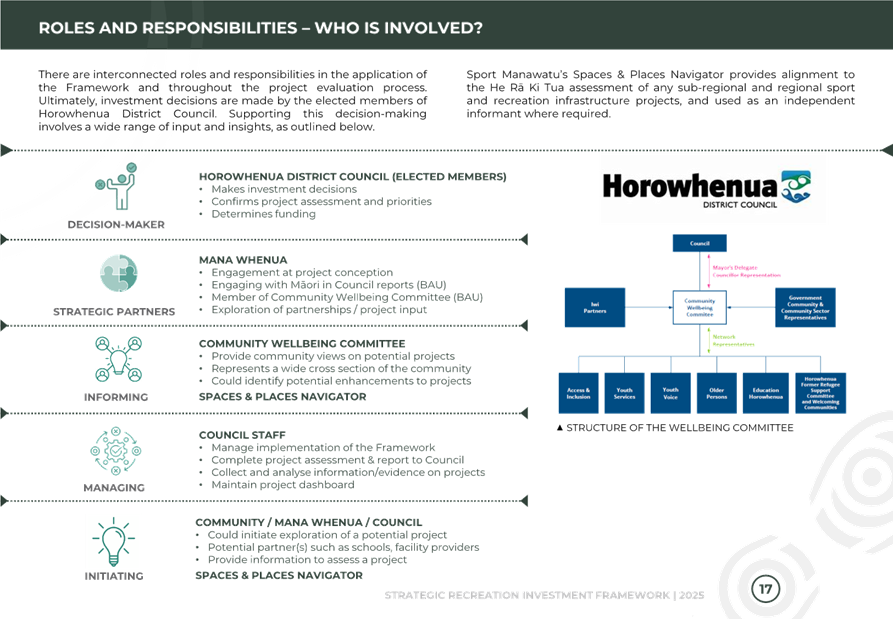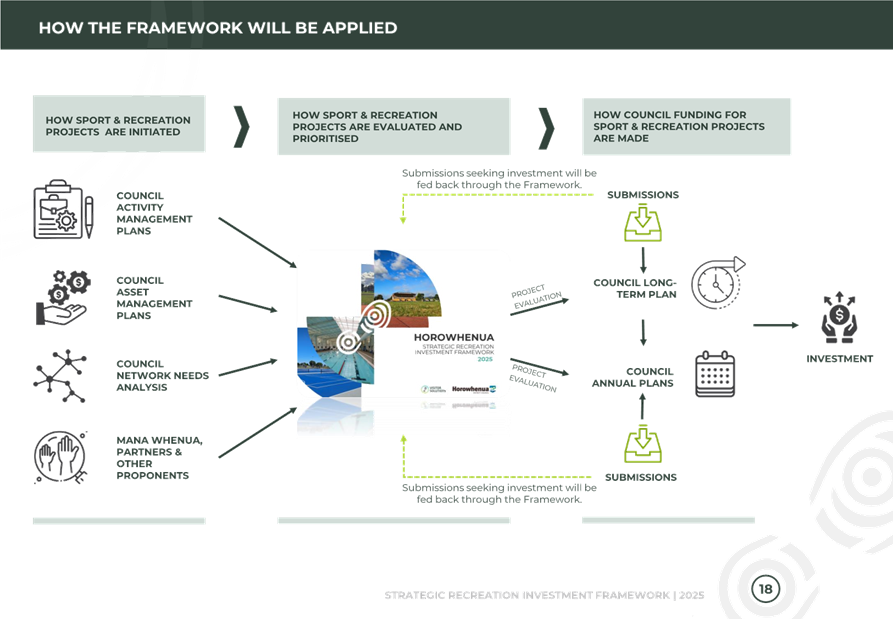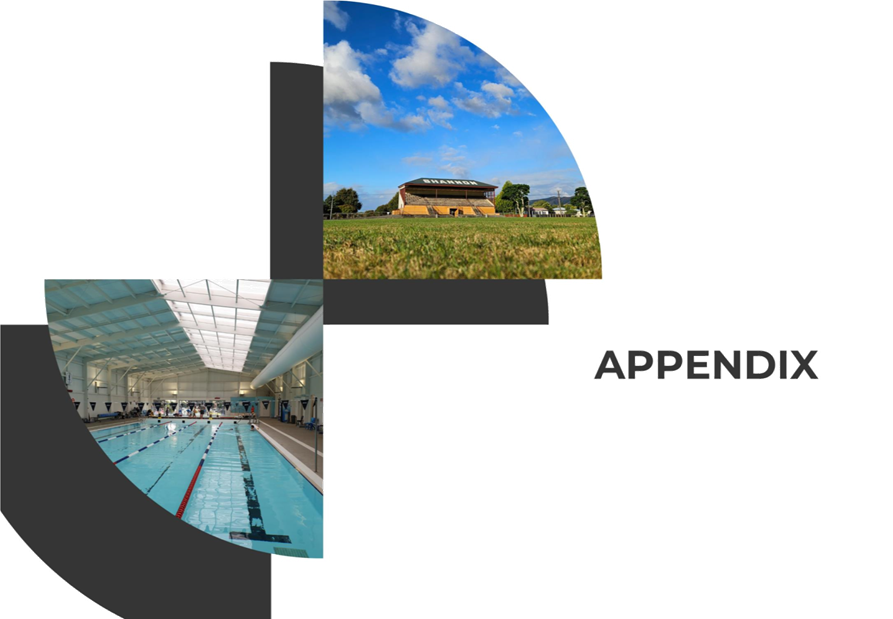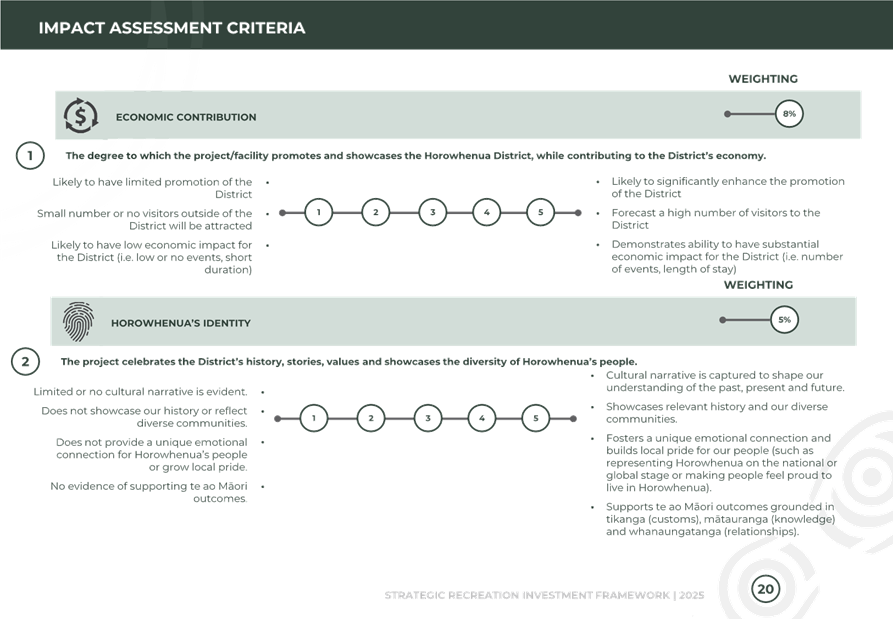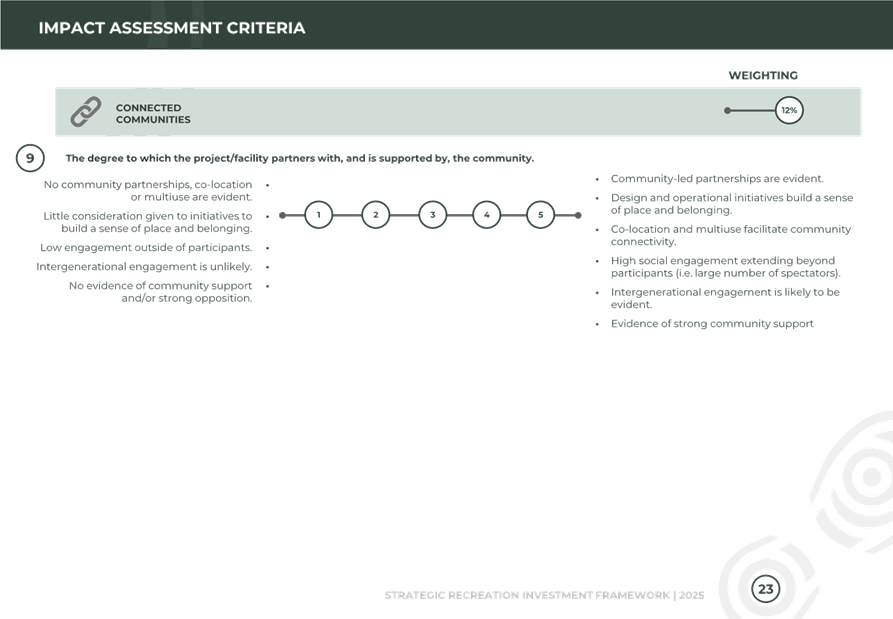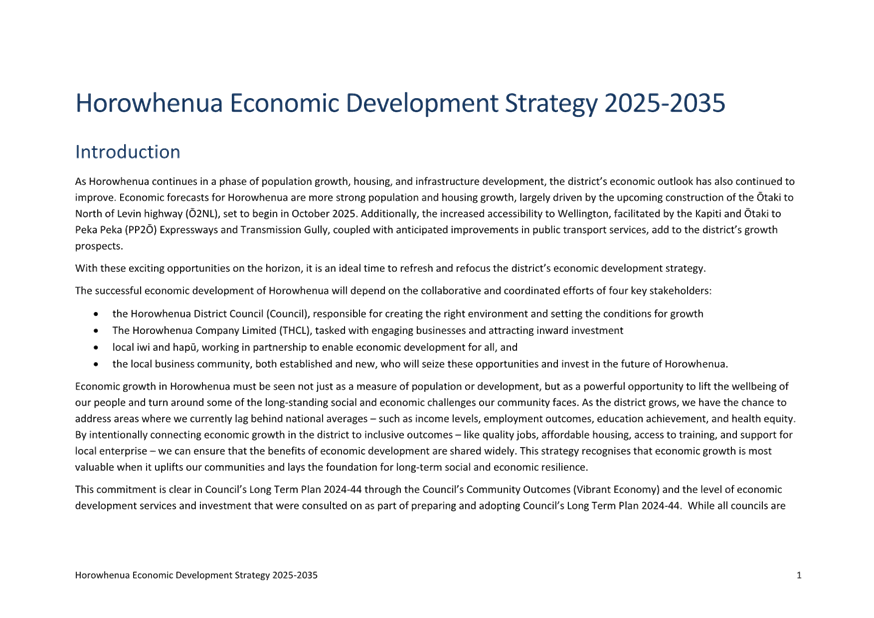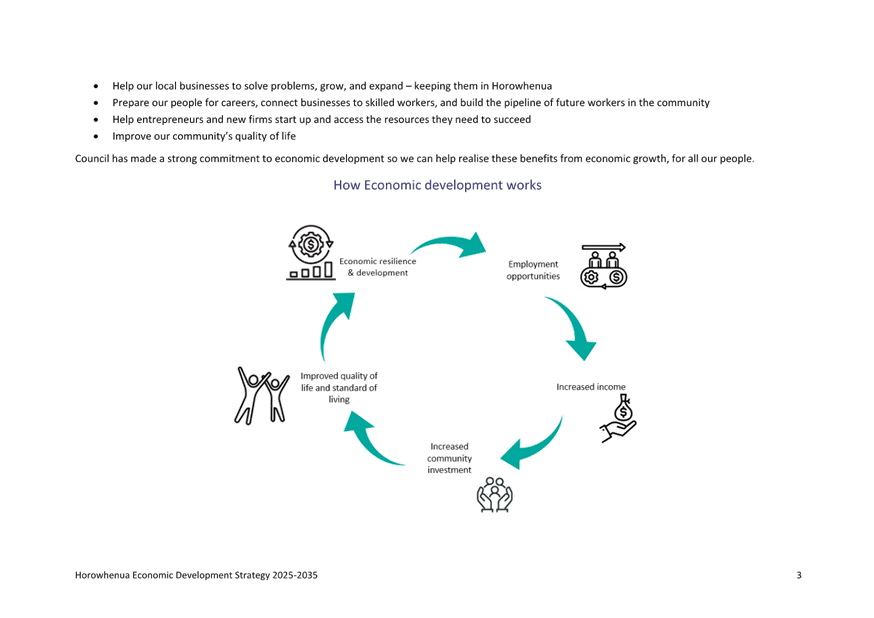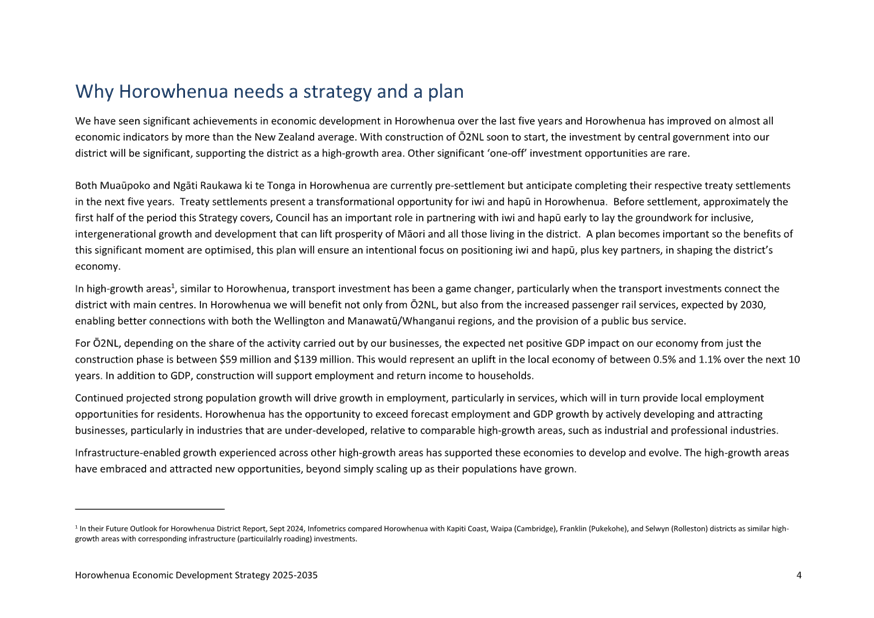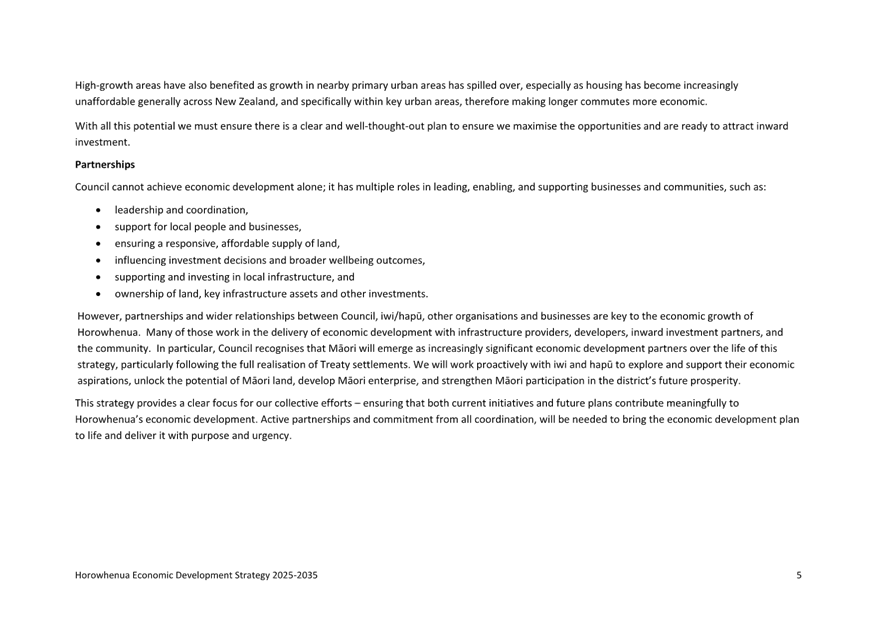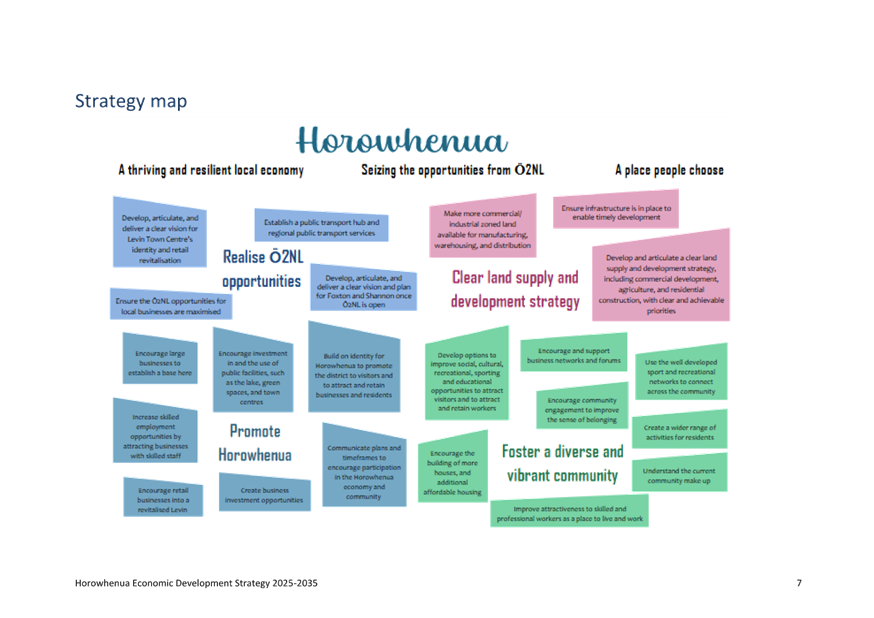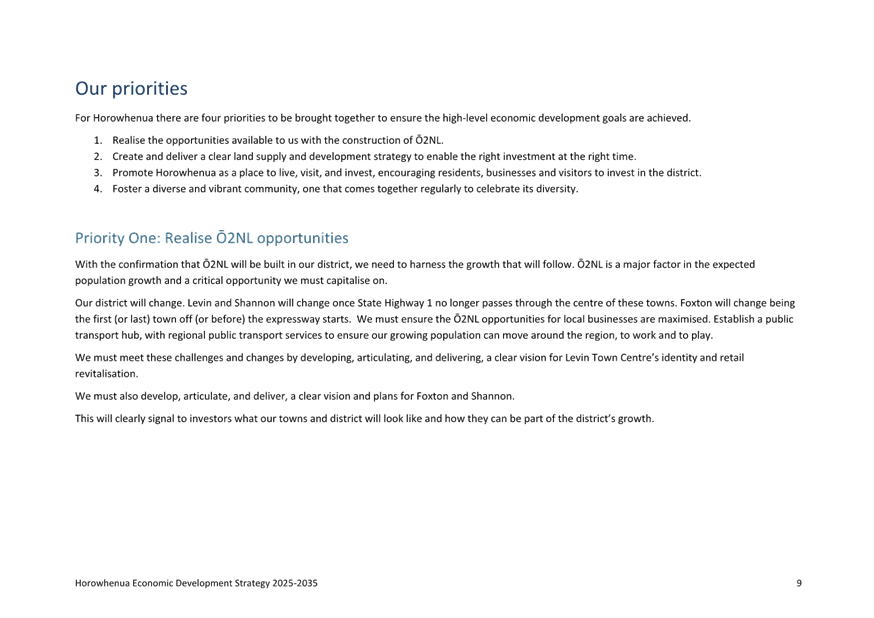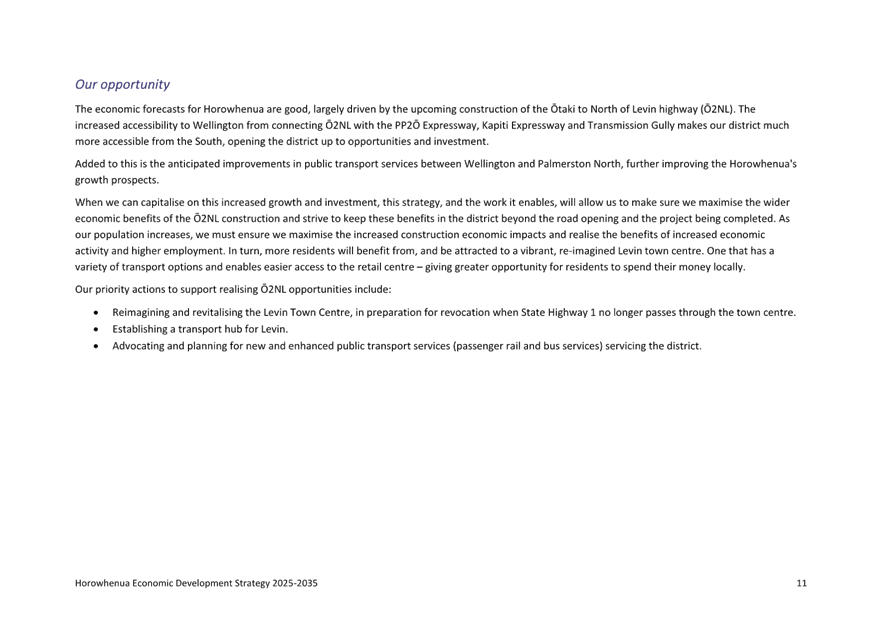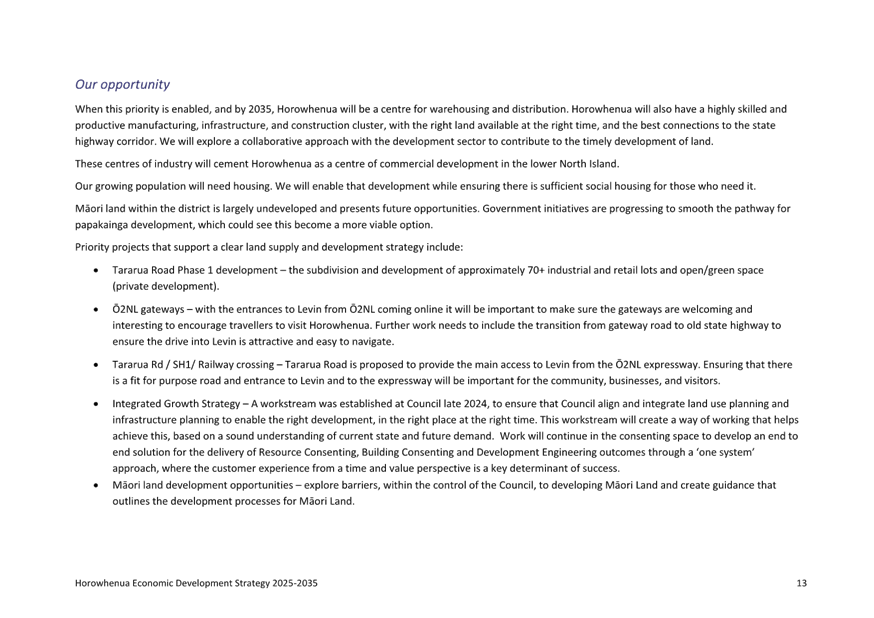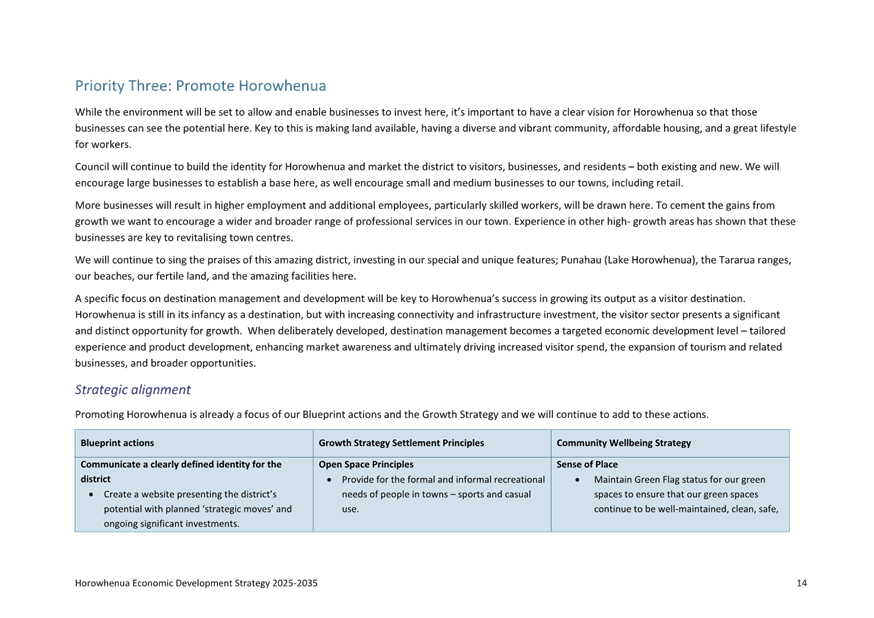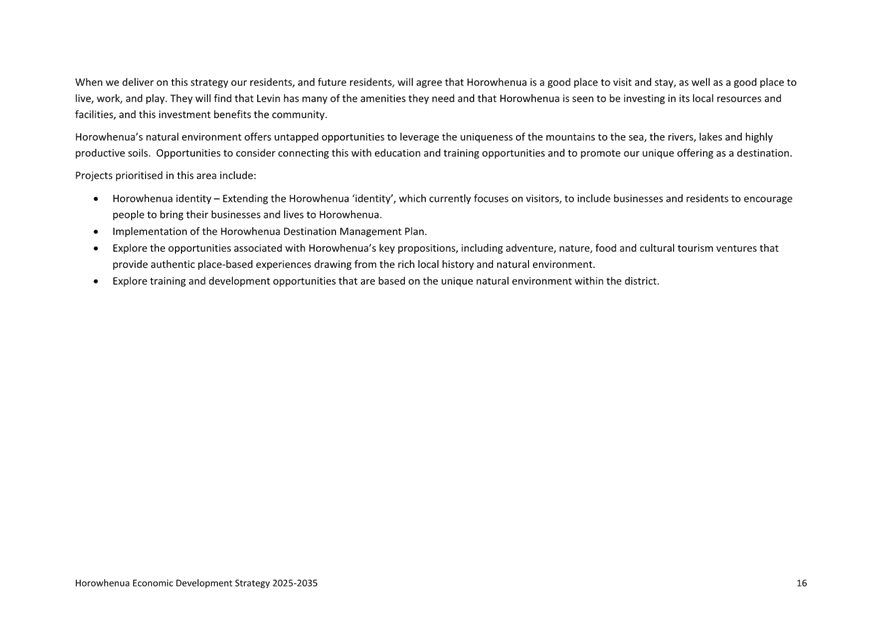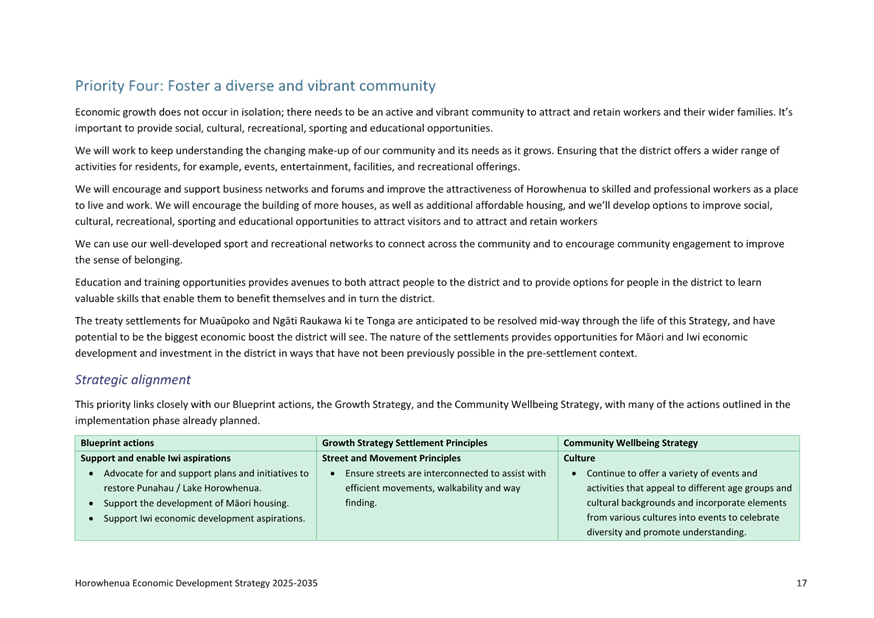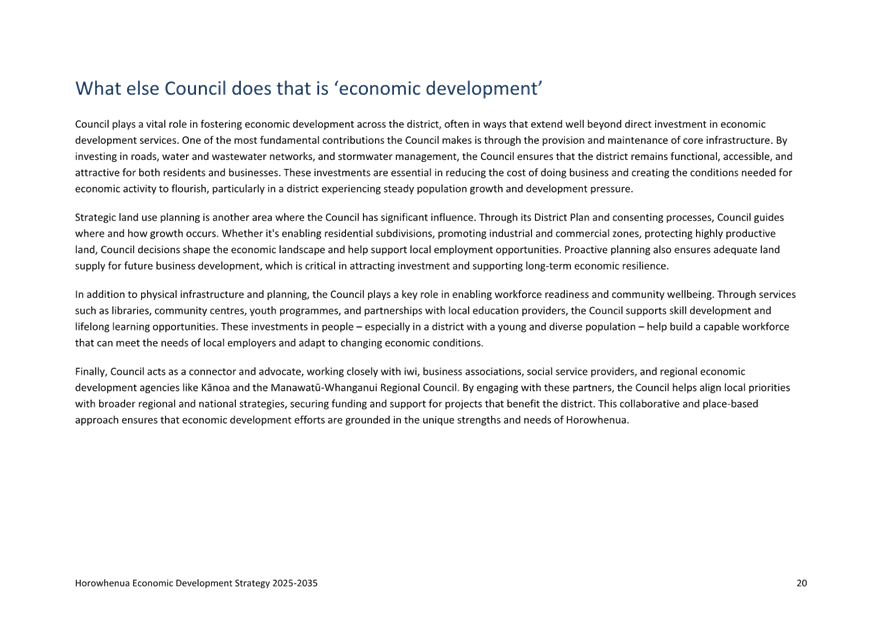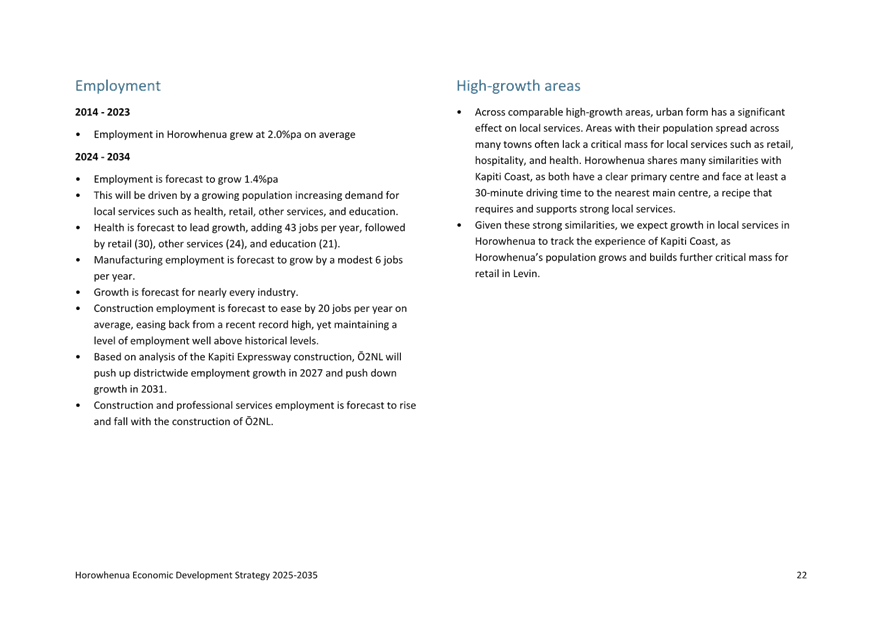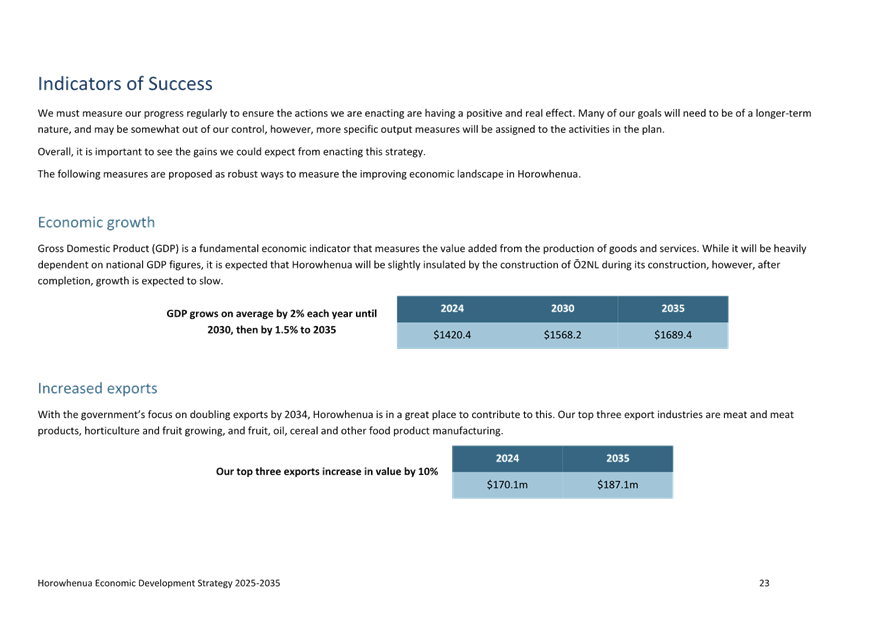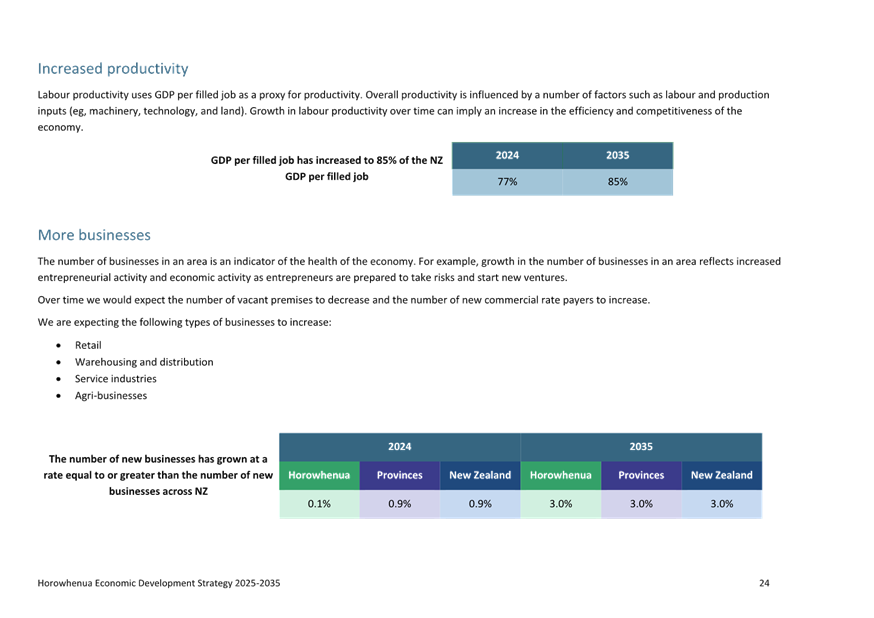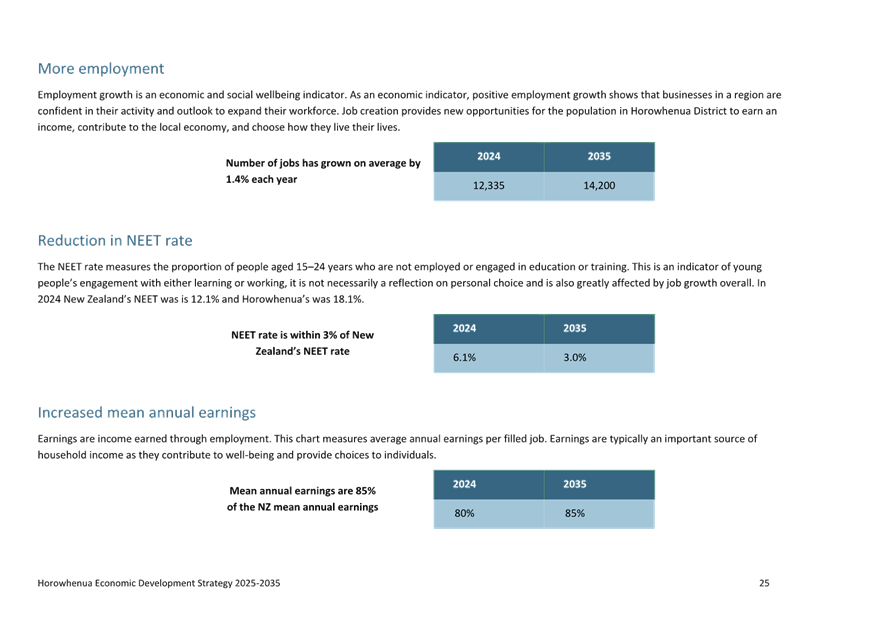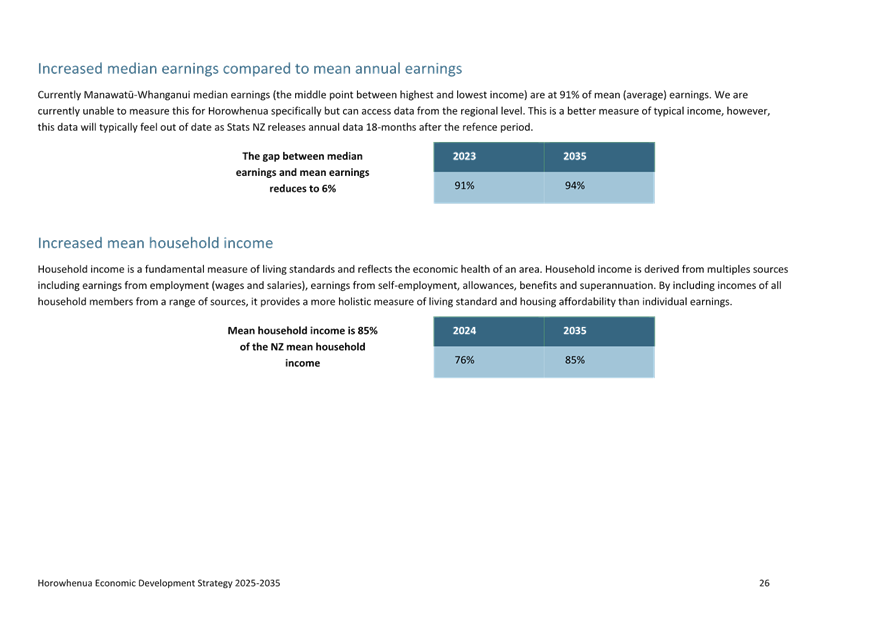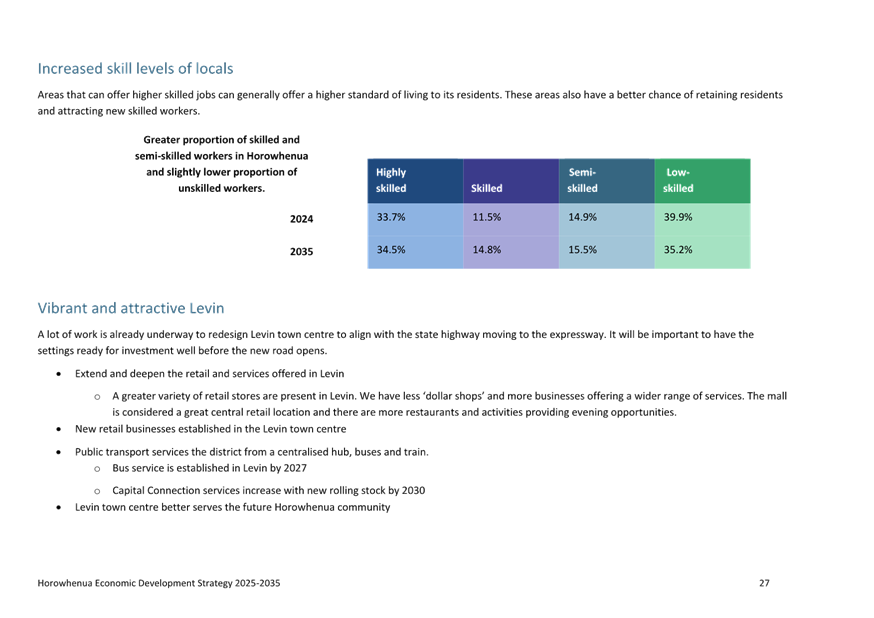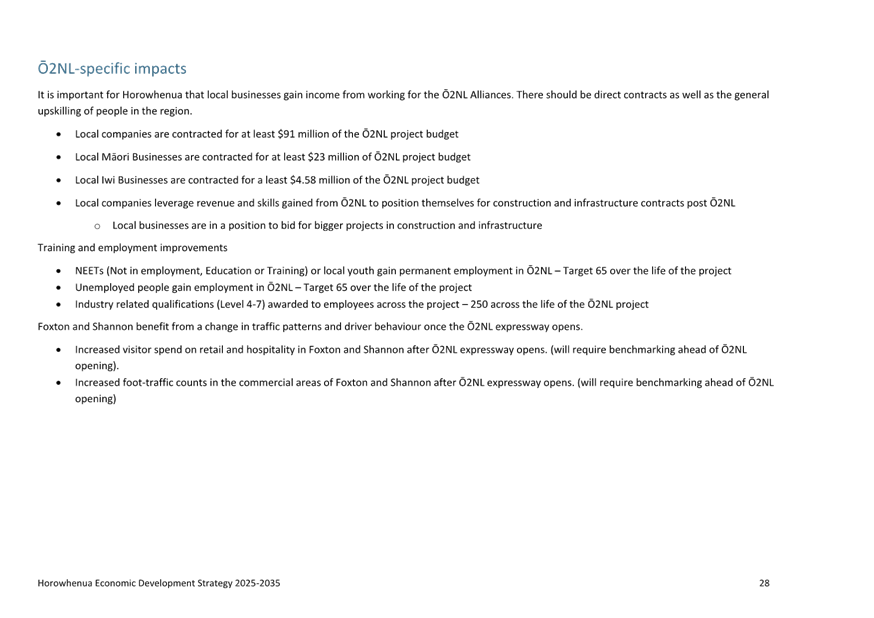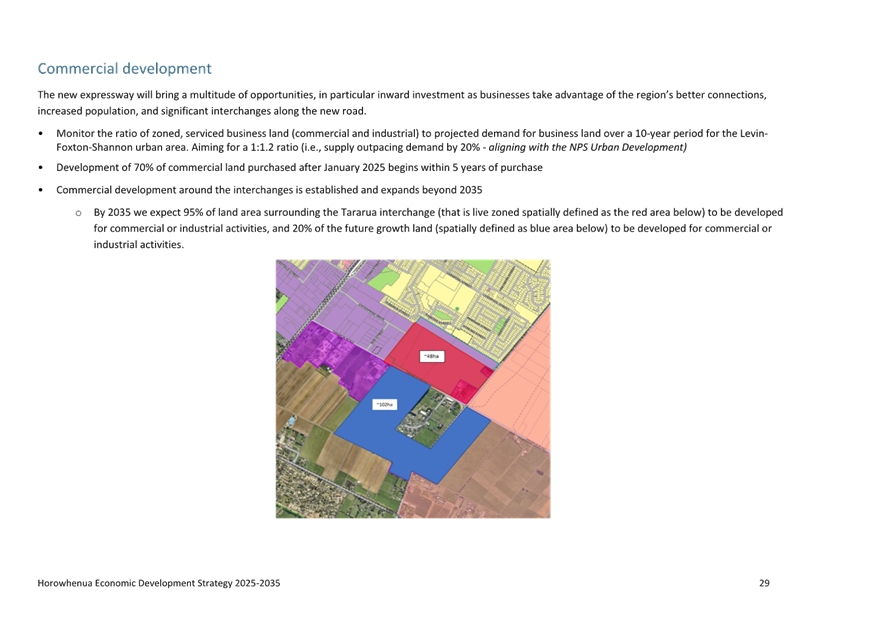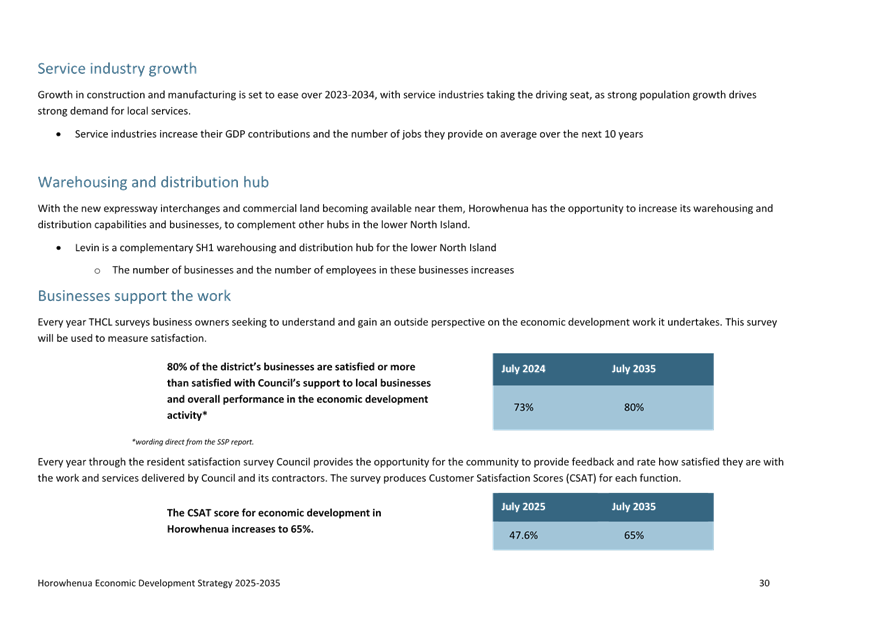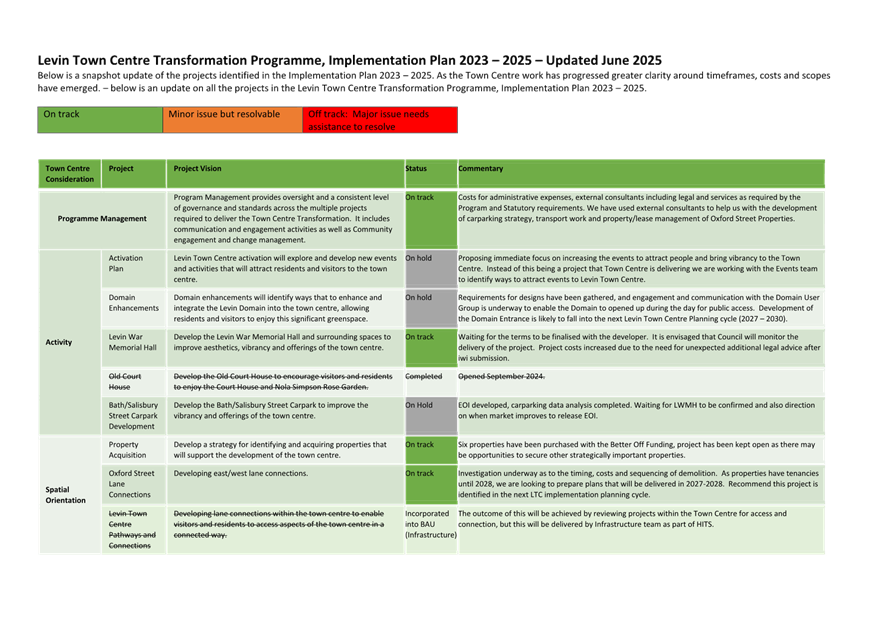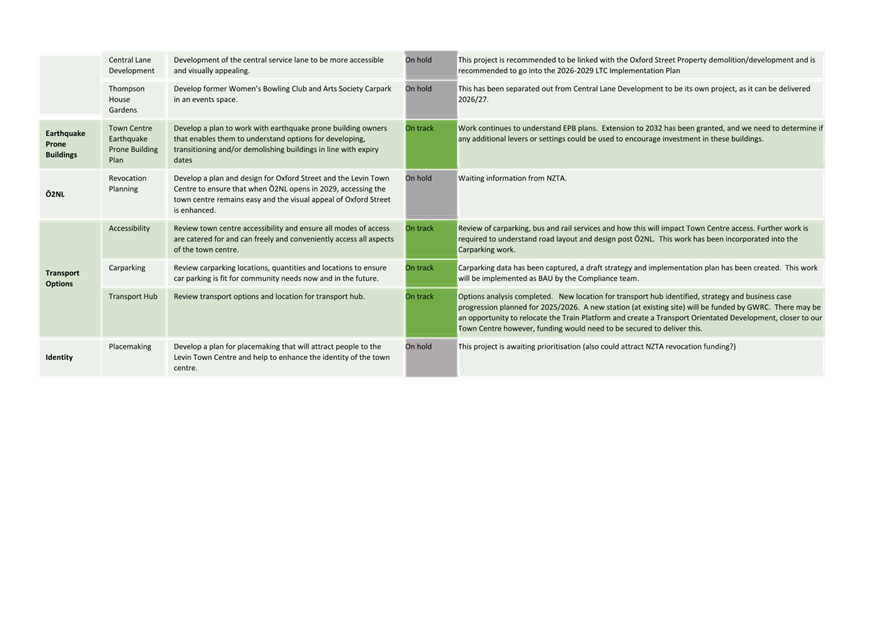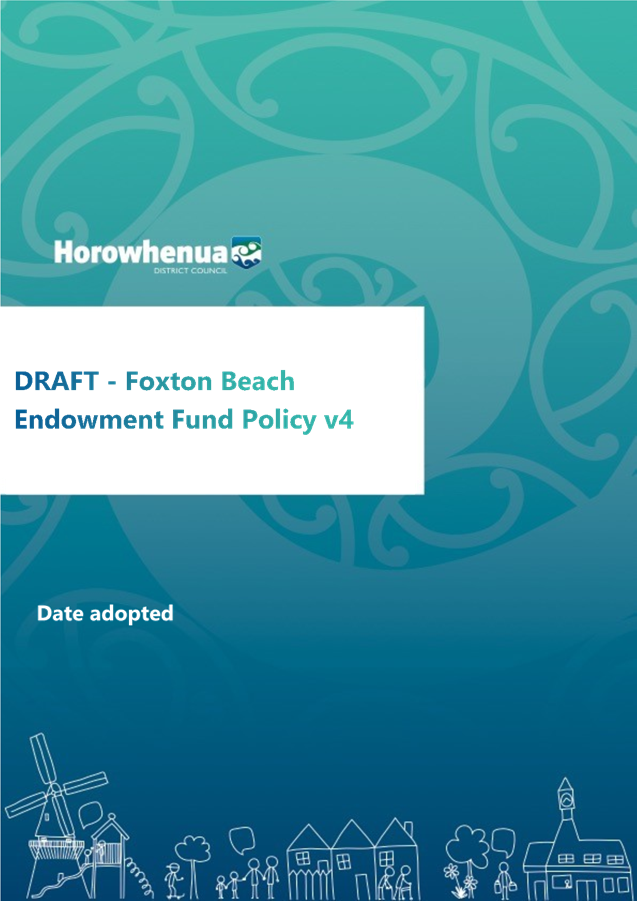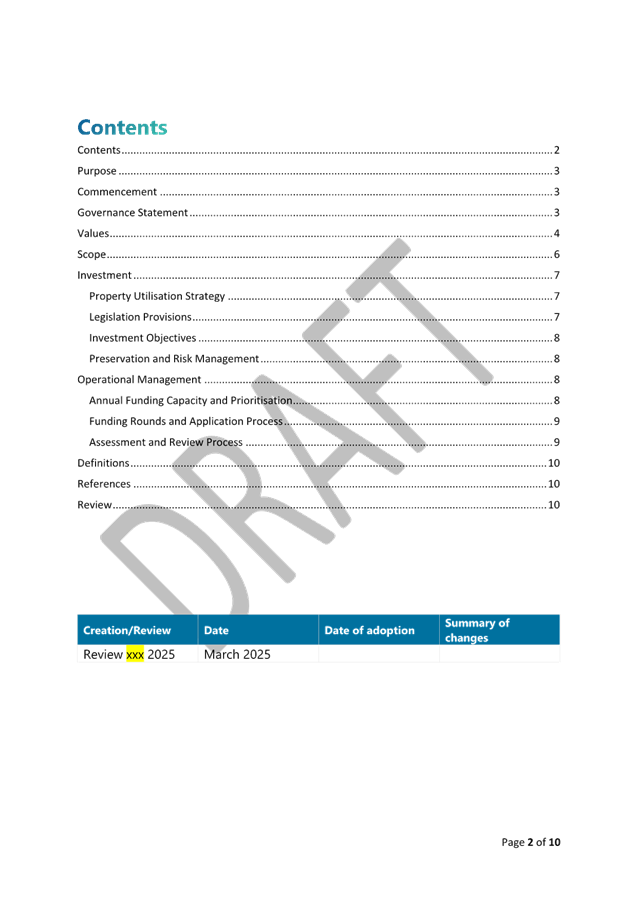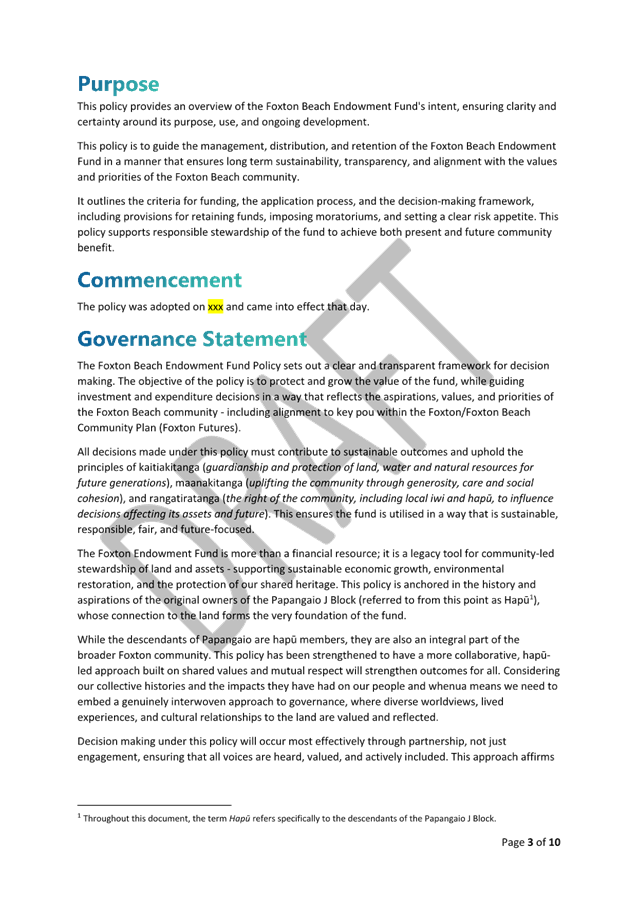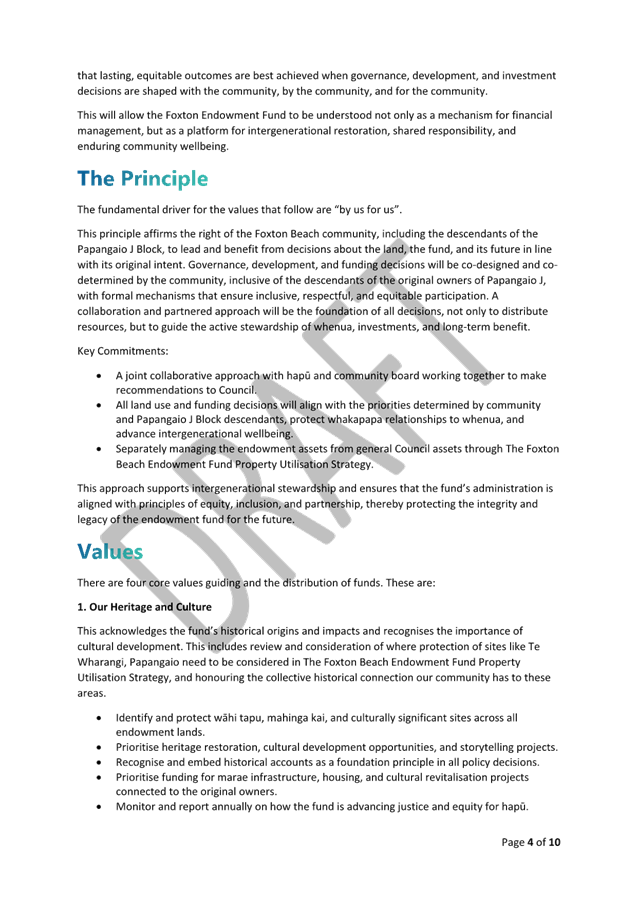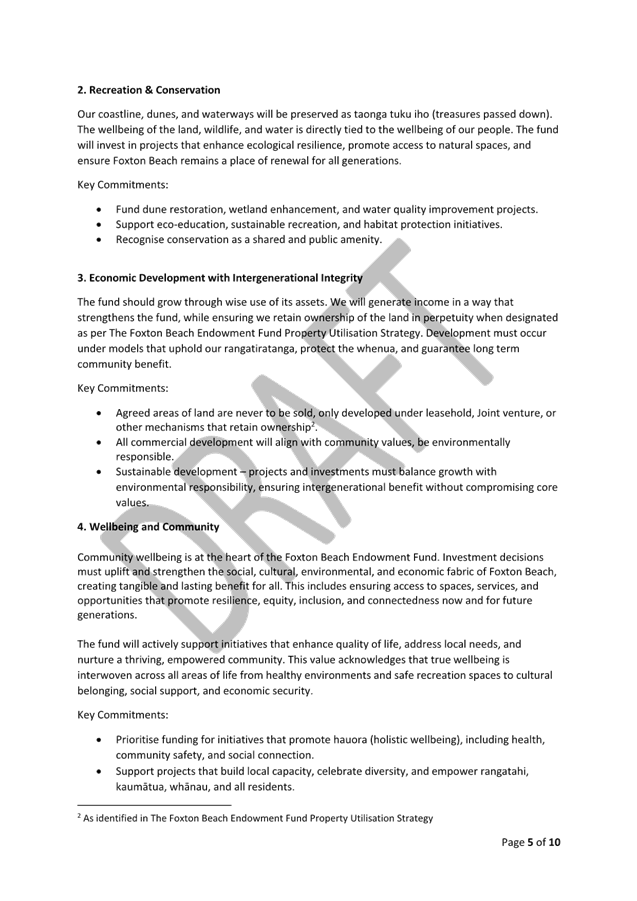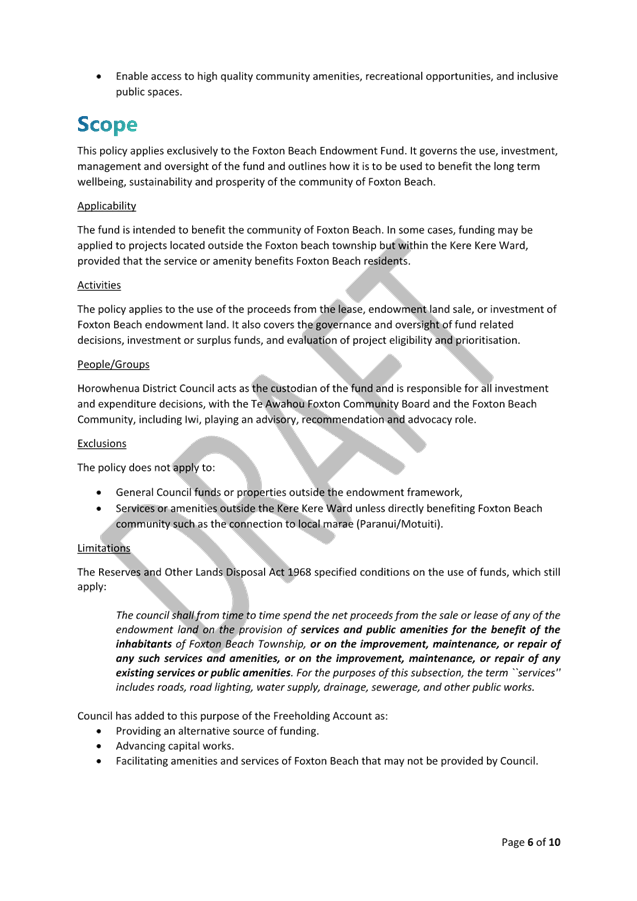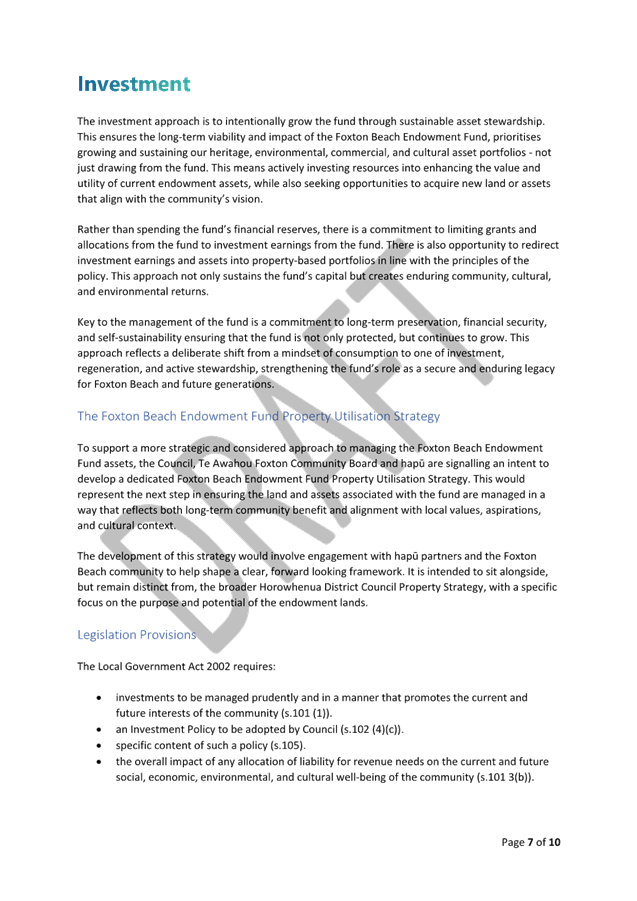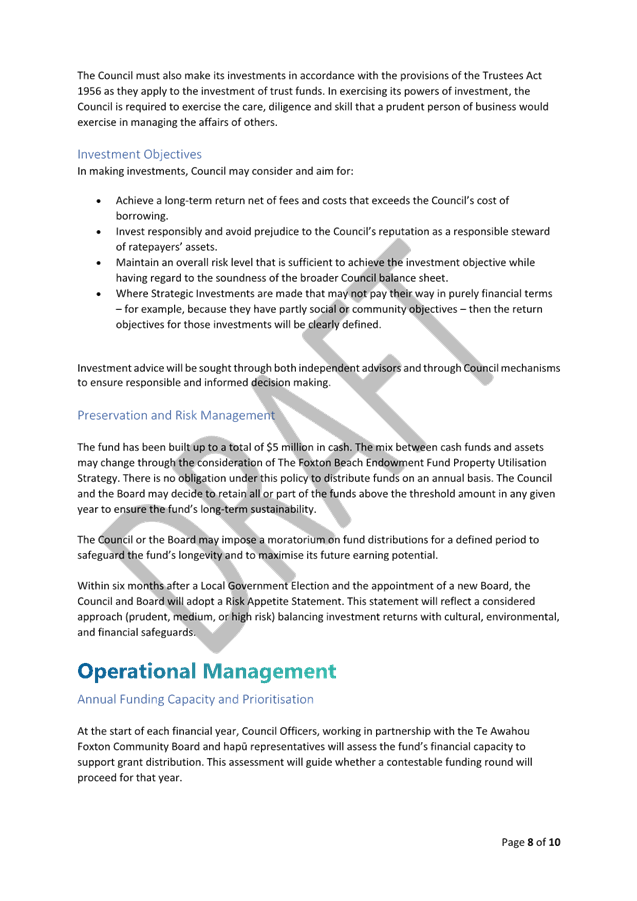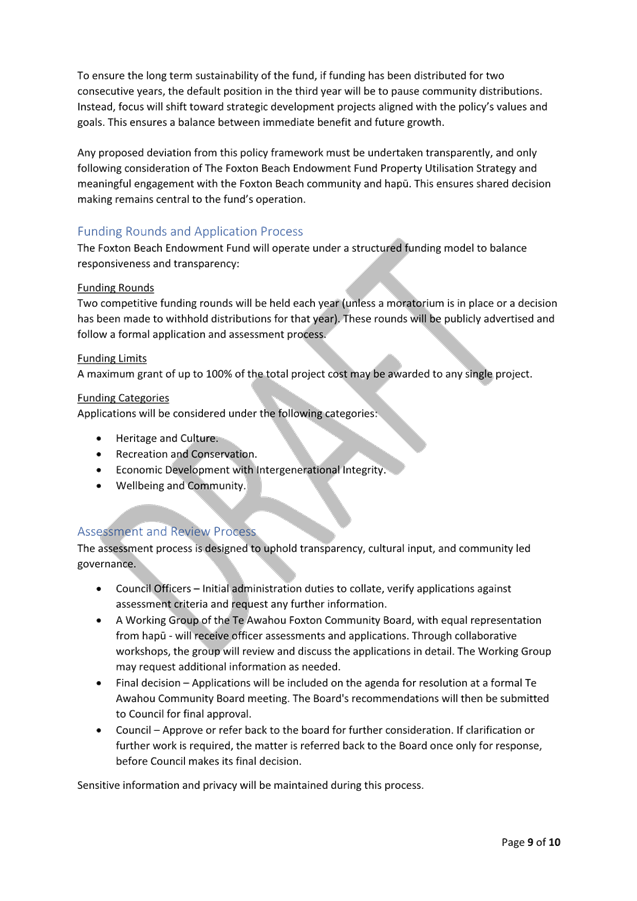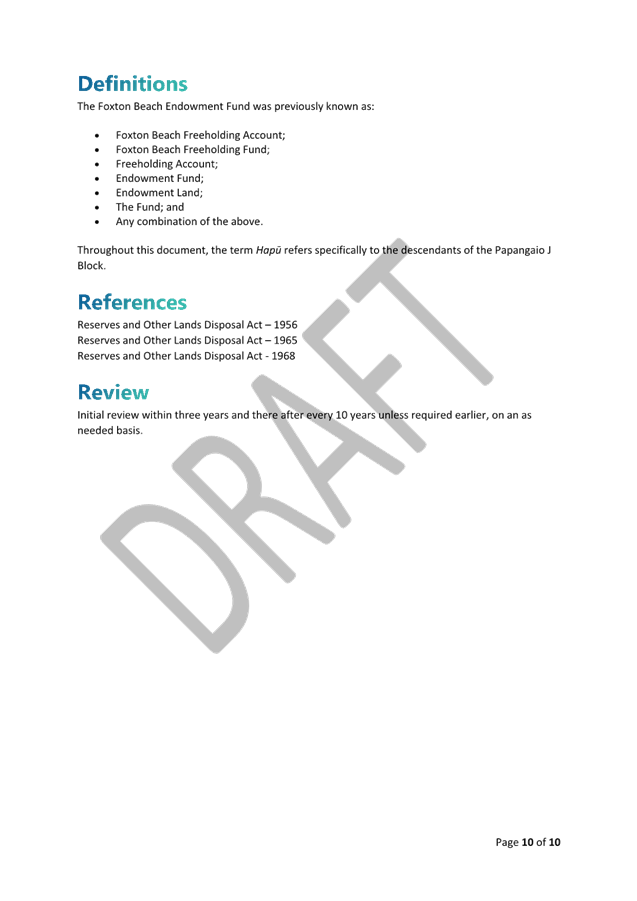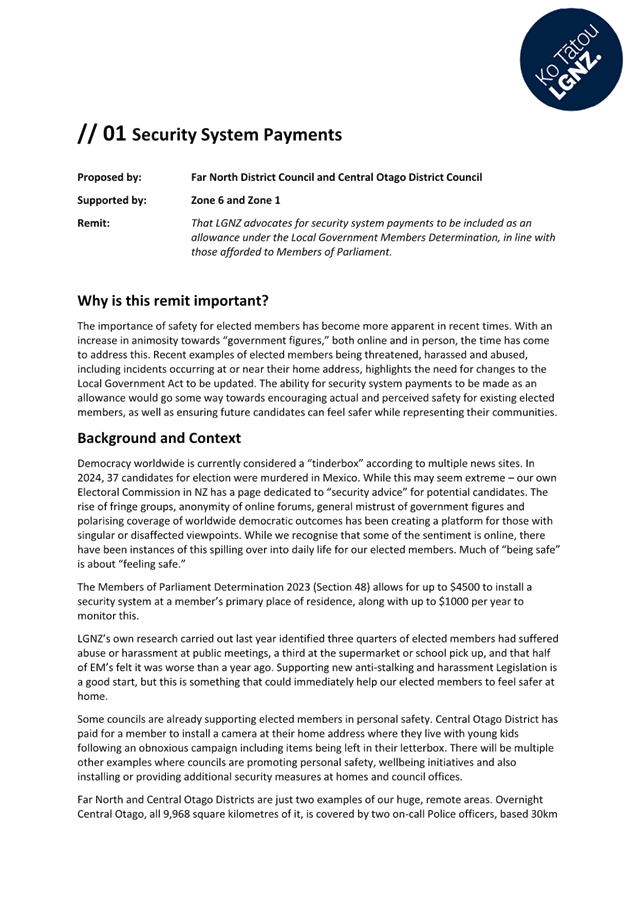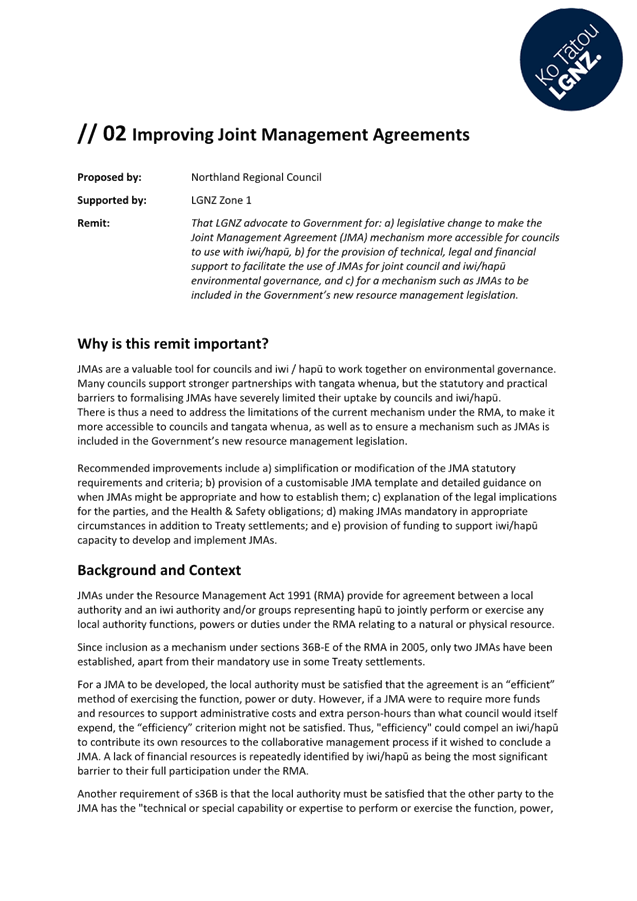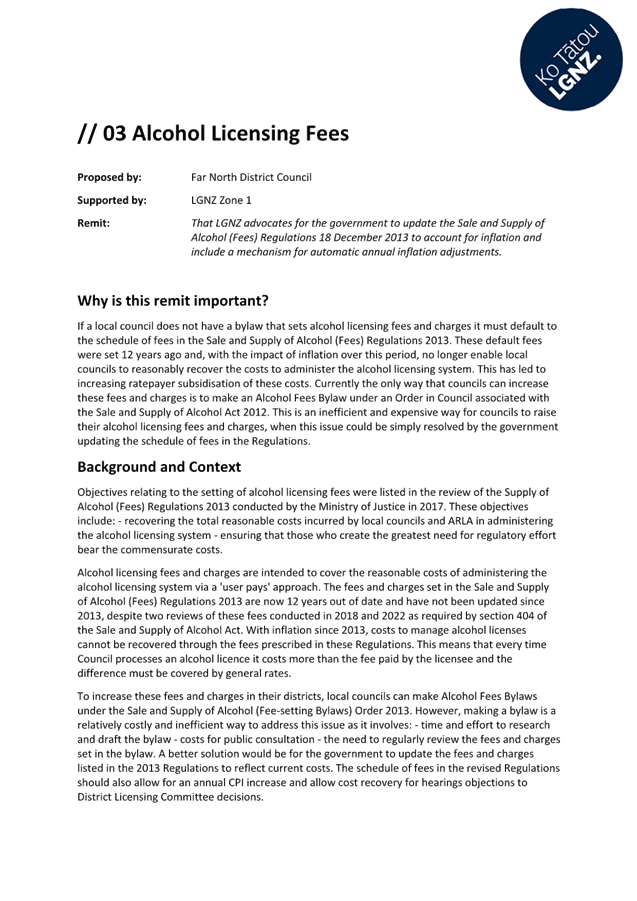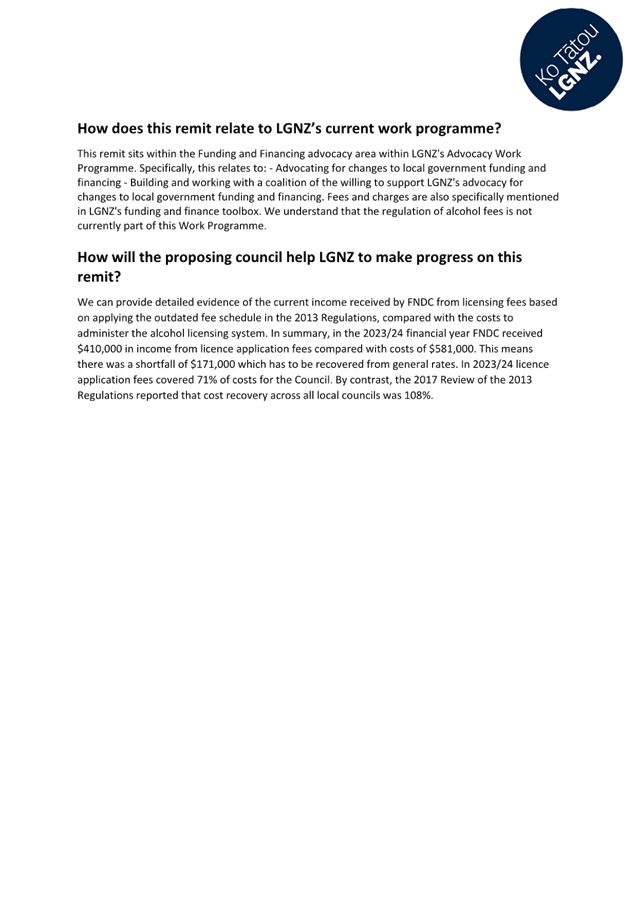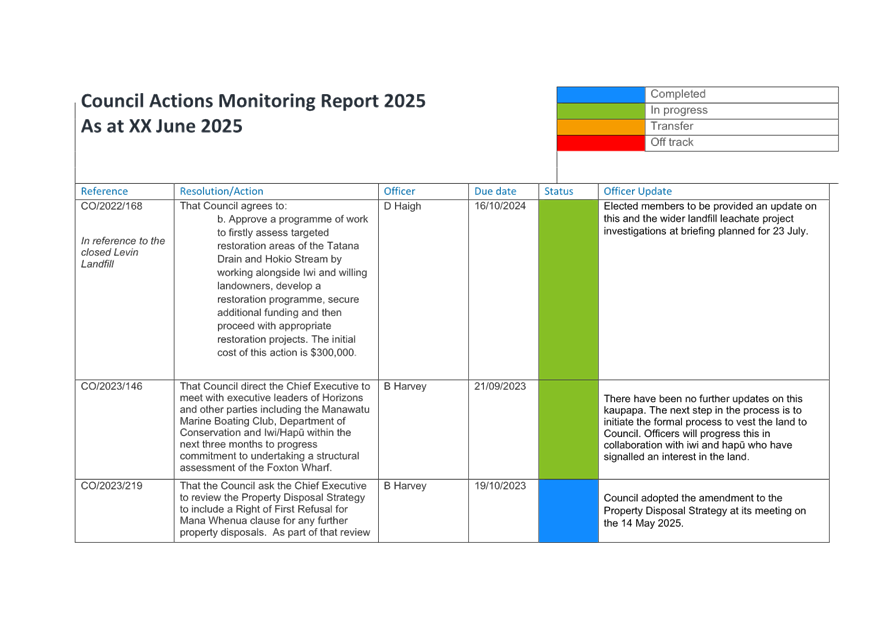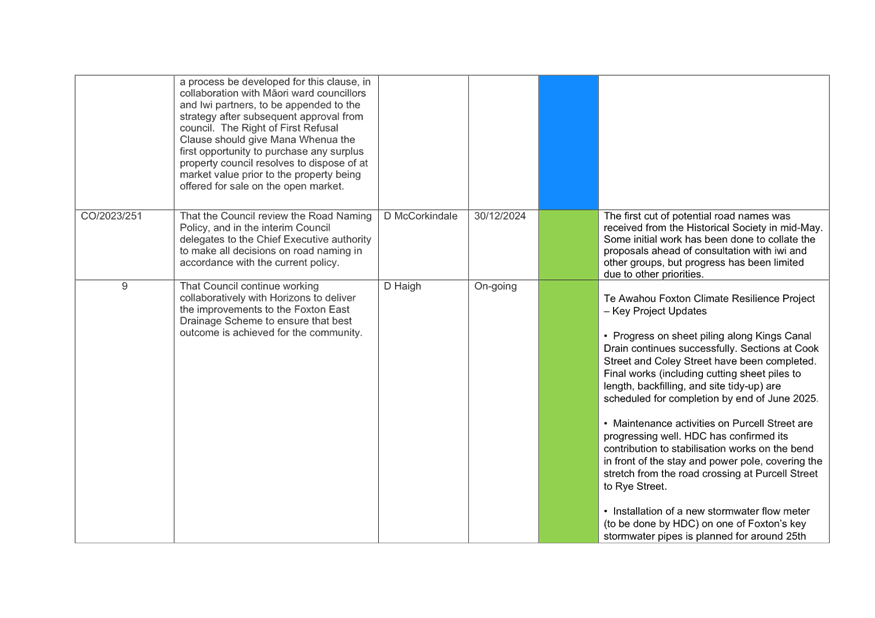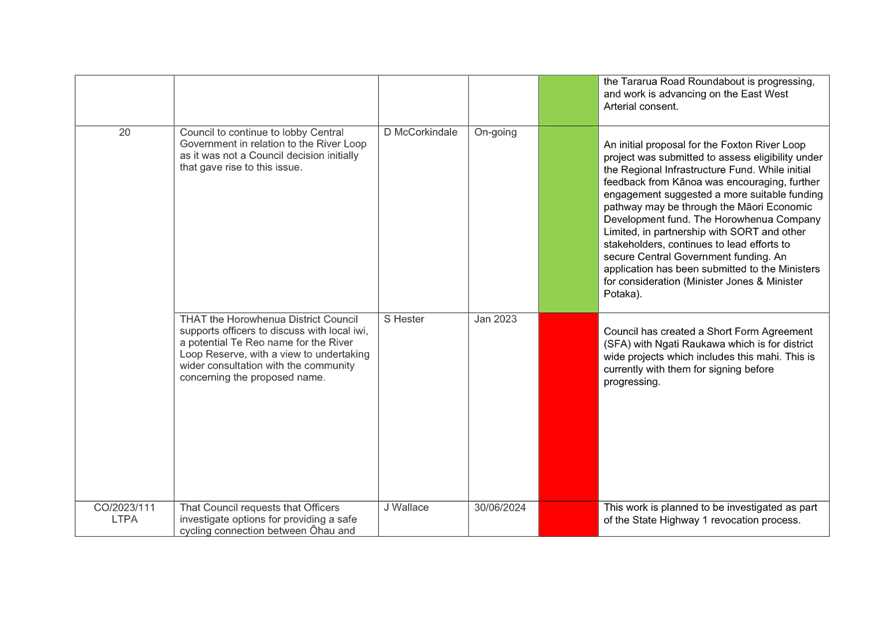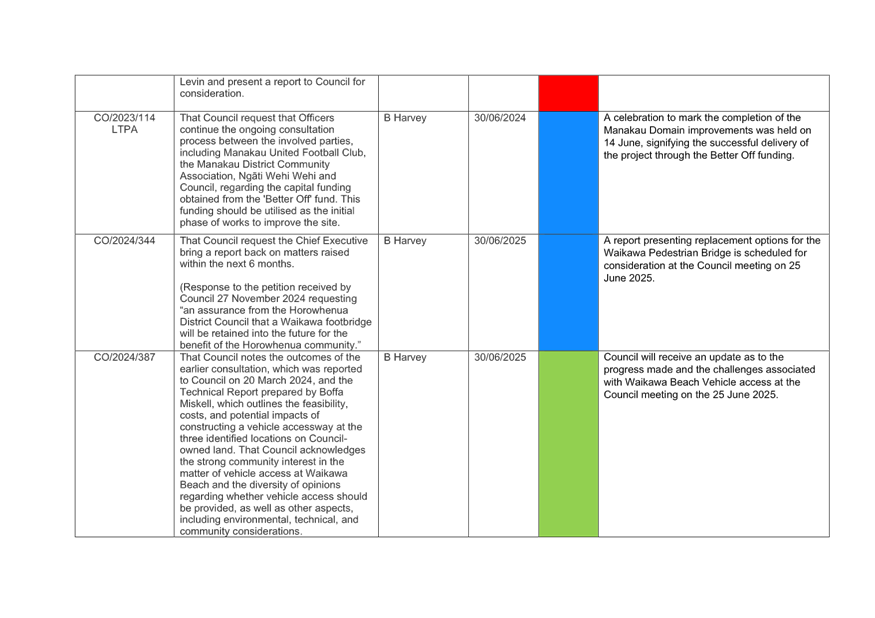
Notice is hereby given that an ordinary meeting of the Horowhenua District Council will be held on:
|
Date:
Time:
Meeting Room:
Venue:
|
Wednesday 25
June 2025
11:00 am
Council Chambers
126-148 Oxford St
Levin
|
|
Council
OPEN AGENDA
|
MEMBERSHIP
|
Mayor
|
His Worship The Mayor Bernie Wanden
|
|
|
Deputy Mayor
|
Councillor David Allan
|
|
|
Councillors
|
Councillor Mike Barker
|
|
|
|
Councillor Rogan Boyle
|
|
|
|
Councillor Ross Brannigan
|
|
|
|
Councillor Clint Grimstone
|
|
|
|
Councillor Nina Hori Te Pa
|
|
|
|
Councillor Sam Jennings
|
|
|
|
Councillor Paul Olsen
|
|
|
|
Councillor Jonathan Procter
|
|
|
|
Councillor Justin Tamihana
|
|
|
|
Councillor Alan Young
|
|
|
Contact
Telephone: 06 366 0999
Postal
Address: Private Bag 4002, Levin 5540
Email:
enquiries@horowhenua.govt.nz
Website:
www.horowhenua.govt.nz
Full Agendas are available on Council’s website
www.horowhenua.govt.nz
Full Agendas are also available to be collected from:
Horowhenua District Council Service Centre, 126 Oxford Street,
Levin
Te Awahou Nieuwe Stroom, Foxton,
Shannon Service Centre/Library, Plimmer Terrace, Shannon
and Te Takeretanga o Kura-hau-pō, Bath Street, Levin
|
|
Council
25 June 2025
|

|
ITEM TABLE OF CONTENTS PAGE
KARAKIA TIMATANGA
|
Whakataka te hau
ki te uru
Whakataka te hau
ki te tonga
Kia
mākinakina ki uta
Kia
mātaratara ki tai
E hī ake
ana te atakura
He tio, he huka,
he hau hū
Tīhei mauri
ora!
|
Cease the winds
from the west
Cease the winds
from the south
Let the breeze
blow over the land
Let the breeze
blow over the ocean
Let the
red-tipped dawn come with a sharpened air.
A touch of
frost, a promise of a glorious day.
|
PROCEDURAL
1 Apologies 5
2 Public
Participation 5
3 Late Items 5
4 Declarations
of Interest 5
5 Confirmation
of Minutes 5
REPORTS
6 Presentations
6.1 NZ Police - Local Policing
Update 7
A local policing
update from Sgt Bernie O’Brien, NZ Police
7 Elected
Members Reports
7.1 Mayoral Report 9
7.2 Chairperson's Update -Te
Awahou Foxton Community Board 15
8 Reports
for Decision
8.1 Adoption of Rates
Resolution for Year Ending 30 June 2026 19
8.2 Waikawa Pedestrian Bridge 27
8.3 Waikawa Beach Accessway -
Council Update 37
8.4 Adoption of Dog Control
Policy and Dog Control Bylaw 49
8.5 Adoption of Strategic
Recreation Investment Framework 101
8.6 Adoption of Horowhenua
Economic Development Strategy 2025-2035 133
8.7 Levin Town Centre
Transformation Programme Update 173
8.8 Confirmation of Process -
Bath Street and Salisbury Street Carpark 185
8.9 Draft Foxton Beach
Endowment Fund Policy - Adoption for Consultation 191
8.10 Local Government New Zealand Annual
General Meeting 2025 Remits 207
9 Reports
for Noting
9.1 Interim Organisation
Performance Report - June 2025 221
9.2 Council Resolution and
Actions Monitoring Report June 2025 249
10 Proceedings
of Committees
10.1 Proceedings of the Community
Wellbeing Committee 21 May 2025 259
10.2 Proceedings of the Te Awahou Foxton
Community Board Meeting 9 June 2025 263
10.3 Proceedings of the Hearings and
Regulatory Committee 10 June 2025 269
10.4 Proceedings of the Chief Executive
Employment and Performance Committee 11 June 2025 277
PUBLIC EXCLUDED
11 Procedural
motion to exclude the public 281
C1 Levin War Memorial Hall and
Village Green Redevelopment Update 281
C2 Solid Waste Service
Delivery and Agreement Review 281
C3 East West Arterial (EWA) -
Property Acquisition Update 281
C4 Levin Camp Ground 282
C5 Council Resolution and
Actions Monitoring Report June 2025 282
C6 Proceedings of Committee -
Public Excluded Chief Executive Employment and Performance Committee 11 June
2025 282
KARAKIA WHAKAMUTUNGA
|
Kia whakairia te
tapu
Kia wātea
ai te ara
Kia turuki
whakataha ai, kia turuki whakataha ai
Haumi e, hui e,
taiki e!
|
Restrictions are
moved aside
so the
pathway is clear
To return
to everyday activities
Draw together,
affirm!
|
Karakia
1 Apologies
2 Public Participation
Notification of a
request to speak is required by 12 noon on the day before the meeting by
phoning 06 366 0999 or emailing public.participation@horowhenua.govt.nz.
3 Late
Items
To consider, and if thought fit, to pass a resolution to permit the
Council to consider any further items which do not appear on the Agenda of this
meeting and/or the meeting to be held with the public excluded.
Such resolution is required to be made pursuant to Section 46A(7) of
the Local Government Official Information and Meetings Act 1987, and the
Chairperson must advise:
(i) The reason why the
item was not on the Agenda, and
(ii) The reason why the
discussion of this item cannot be delayed until a subsequent meeting.
4 Declarations of Interest
Members are
reminded of their obligation to declare any conflicts of interest they might
have in respect of the items on this Agenda.
5 Confirmation of Minutes
5.1 Meeting minutes Council, 14 May 2025
5.2 Meeting
minutes Public Excluded Meeting of Council, 14 May 2025
5.3 Meeting
minutes Extraordinary Meeting of Council, 4 June 2025
5.4 Meeting
minutes Public Excluded Extraordinary Meeting of Council, 4 June 2025
Recommendations
That the
meeting minutes of Council, 14 May 2025 be accepted as a true and correct
record.
That the
meeting minutes of Public Excluded Meeting of Council, 14 May 2025 be accepted
as a true and correct record.
That the
meeting minutes of Extraordinary Meeting of Council, 4 June 2025 be accepted as
a true and correct record.
That the
meeting minutes of Public Excluded Extraordinary Meeting of Council, 4 June
2025 be accepted as a true and correct record.
|
Council
25 June 2025
|

|
File No.:
25/355
7.1 Mayoral
Report
|
Author(s)
|
Bernie Wanden JP
Mayor | Kahika
|
|
Approved by
|
Bernie Wanden JP
Mayor | Kahika
|
Purpose | TE PŪTAKE
1. The
purpose of this report is to inform Council and the community about events and
functions and Council-related meetings that I attended 1 May – 14 June
2025, and to provide an update on items of interest.
RECOMMENDATION | NGĀ TAUNAKITANGA
A. That Report Mayoral Report be received and noted.
MATTERS OF INTEREST |
NGĀ
TAKE HIRAHIRA
2. The
following meetings, functions and events were attended from 1 May to 14 June
2025.
Meetings, Functions and
Events Attended
|
1 May to 14 June 2025
|
|
LGNZ All of
Local Government Meeting in Wellington
|
|
LGNZ Rural
& Provincial Meeting in Wellington
|
|
Te Maire Park
(Shannon) – pre-work site blessing
|
|
Resident
meeting
|
|
Mayor and
Chief Executive weekly hui
|
|
Horowhenua
DC | NZTA Regional Relationship meeting
|
|
Visit to HLC
Life to the Max
|
|
Business
visit to Quin Buildings
|
|
The State of
the NZ Health system meeting
|
|
Business
visit to Genoese
|
|
Guest speaker
at Friends of the Horowhenua Libraries gathering
|
|
Council
workshops / briefings
|
|
NZTA briefing
for Council
|
|
Electra
Business & Innovation Awards - Launch Event in Ōtaki
|
|
Education
Horowhenua meeting
|
|
Arohanui
Hospice meeting with the Chief Executive
|
|
Regional
Elected Members’ Local Waters Forum
|
|
Horowhenua
Developers Forum
|
|
Thompson
House Trust – meeting with the new chair
|
|
Local
Policing update
|
|
Ice Bucket
Challenge at Waiopehu College
|
|
Horowhenua
Lake Domain Board - Extraordinary meeting
|
|
Business
Visit - Urban Group
|
|
Mayor and
Chief Executive weekly hui
|
|
Local Waters
Meeting with PNCC, Ruapehu, Rangitikei and Whanganui
|
|
Business
After 5 function
|
|
Business
Visit - Foxton Beach Top 10 Holiday Park Visit
|
|
Ō2NL
Community Meeting in Manakau
|
|
Opiki School
visit
|
|
Ō2NL
Community Meeting in Levin
|
|
Mayor and
Chief Executive weekly hui
|
|
Mayor’s
Taskforce for Jobs – Horowhenua update meeting
|
|
Community
Wellbeing Committee meeting
|
|
Council
workshops / briefings
|
|
Business
visit – Fresh Pork
|
|
Horowhenua
Youth Network meeting
|
|
Horizons
Annual Plan Amendment Hearing – spoke to HDC’s submission
|
|
St Josephs
School visit
|
|
Levin North
School visit
|
|
Levin
Waiopehu Lions Club 50th Charter
|
|
Waitarere
Beach Progressive & Ratepayers Association - AGM
|
|
Meeting with
Levin Racing Club member
|
|
Catch up with
Andrew Reid from The Horowhenua Company Limited
|
|
Coast access
Radio interview
|
|
MacArthur
Street Works Site Visit – health & safety moment
|
|
Council
Workshops / Briefings
|
|
Standard
& Poors annual meeting
|
|
Emergency
Management Joint Standing Committee Meeting
|
|
Regional
Transport Committee Meeting
|
|
Levin Cossie
Club - 125th Jubilee Celebrations
|
|
Meeting with
the Police Area Commander, Ross Grantham
|
|
Horowhenua
Transport Services Governance Group
|
|
Volunteer
Central - Volunteer Recognition Event
|
|
Horizons
Region Mayoral Forum
|
|
Hearing -
Hearing of Submissions for Dog Control Policy and Bylaw
|
|
Electra
Business Breakfast – Minister of Finance – Post Budget Wrap-up
|
|
Chief
Executive Employment & Performance Committee meeting
|
|
Capital
Projects Steering Group meeting
|
|
Council
workshops / briefings
|
|
Luncheon
– Minister for Local Government, Hon Simon Watts
|
|
Business
After 5 function
|
|
Mayor’s
Taskforce for Jobs – core group meeting
|
|
Manakau
Domain Upgrade celebration
|
ADVOCACY LETTER – Ō2nl – Minster for
Transport
3. In
light of NZTA’s proposal to downgrade the Ō2NL design which was
announced in early May, a letter was sent to Minister for Transport, Hon Chris
Bishop. In the letter we outlined our concerns around the impact of the
proposed design changes on our community and the commitments made during the
consenting process.
4. While
we acknowledged the budget pressures currently influencing infrastructure
delivery, the proposed design changes contradict earlier assurances made to our
community.
For information purposes, the letter
is attached.
Attachments | NGĀ
TĀPIRINGA KŌRERO
|
No.
|
Title
|
Page
|
|
a⇩

|
Letter to Minister for
Transport - Ō2NL Concerns - 7 May 2025
|
12
|
|
Council
25 June 2025
|

|
File No.:
25/369
7.2 Chairperson's
Update -Te Awahou Foxton Community Board
|
Author(s)
|
John Girling
Chair, Te Awahou
Foxton Community Board | Heamana
|
|
Approved by
|
John Girling
Chair, Te Awahou
Foxton Community Board | Heamana
|
TE PŪTAKE | Purpose
1. This
report updates Council on matters of interest from the Chairperson of Te Awahou
Foxton Community Board
NGĀ TAUNAKITANGA | RECOMMENDATION
A. That Report 25/369 Chairperson's Update -Te Awahou Foxton Community
Board be received and noted.
MATTERS OF INTEREST |
NGĀ
TAKE HIRAHIRA
2. This
report includes the Chair’s report to the Board for the 9 June 2025 Te Awahou
Foxton Community Board Meeting.
Attachments | NGĀ
TĀPIRINGA KŌRERO
|
No.
|
Title
|
Page
|
|
a⇩

|
Chairperson's Report - June
2025
|
16
|
|
Council
25 June 2025
|

|
File No.:
25/354
8.1 Adoption
of Rates Resolution for Year Ending 30 June 2026
|
Author(s)
|
Michelle Valler
Financial
Services Manager | Tumu Ratonga Ahumoni
|
|
|
Carolyn Dick
Strategic
Planning Manager | Kaihautū Rangapū Hinonga Arawaka
|
|
Approved by
|
Jacinta Straker
Group Manager
Organisation Performance | Tumu Rangapū, Tutukinga Whakahaere
|
|
|
Monique Davidson
Chief Executive
Officer | Tumuaki
|
Purpose | TE PŪTAKE
1. The
purpose of this report is for the Horowhenua District Council (Council) to
formally adopt the Rates Resolution for the year ending 30 June 2026.
2. Having adopted the Annual Plan 2024/2025 containing the Funding
Impact Statement at the Council meeting on 14 May 2025, Council is now required
to formally adopt the Rates Resolution.
This matter
relates to Delivering the Long-Term Plan 2024-44
Delivering the
Long-Term Plan 2024-44
RECOMMENDATION | NGĀTAUNAKITANGA
A. That Report 25/354 Adoption of Rates Resolution for Year Ending 30
June 2026 be received.
B. That this matter or decision is recognised as not significant in
terms of s76 of the Local Government Act 2002.
C.
That Horowhenua District Council sets the following
rates under the Local Government (Rating) Act 2002, on rating units in the
district for the financial year commencing 1 July 2025 and ending on 30
June 2026:
(a) General Rates
A general rate set pursuant to section 13 of the Local Government
(Rating) Act 2002 made on every rating unit, assessed on land value and a
differential basis as described below:
· A rate of $0.00304 (GST Inclusive) of land value on every rating
unit in the "District wide" category
· A rate of $0.00152 (GST Inclusive) of land value on every rating
unit in the "Farming" category
(b) Land Transport (Roading) Rate
A targeted rate of $0.00039 (GST Inclusive)
set pursuant to section 16 of the Local Government (Rating) Act 2002 on
every rating unit in the district, assessed on capital value to fund the costs
of Land Transport.
(c) Stormwater Rate
A targeted rate of
$0.00034 (GST Inclusive) set pursuant to section 16 of the
Local Government (Rating) Act 2002 on all urban rating units as defined in
the Funding Impact Statement, assessed on capital value.
(d) Community Centre/Library Rate
A targeted rate set pursuant to section 16
of the Local Government (Rating) Act 2002 of $353.00 (GST Inclusive) on every
separately used or inhabited part of a rating unit in the district to fund the
provision of Community Centres and Library Services.
(e) Representation and Community
Leadership Rate
A targeted rate set pursuant to section 16
of the Local Government (Rating) Act 2002 of $223.00 (GST Inclusive) on every
separately used or inhabited part of a rating unit in the district to fund
Representation and Community Leadership costs.
(f) Aquatic
Centres (Swimming Pool) Rate
A targeted rate set
pursuant to section 16 of the Local Government (Rating) Act 2002 of $257.00
(GST Inclusive) on every separately used or inhabited part of a rating unit in
the district to fund the provision of swimming pools.
(g) Solid Waste
Disposal Rates
Solid Waste – Districtwide Rate for Managing and Minimising
Waste
A targeted rate set pursuant to section 16
of the Local Government (Rating) Act 2002 of $71.00 (GST Inclusive) on every
separately used or inhabited part of a rating unit in the district to fund the cost of Waste
Transfer Stations, waste minimisation initiatives, and recycling facilities.
Solid Waste
– Landfill Legacy Rate
A targeted rate set pursuant to section 16
of the Local Government (Rating) Act 2002 of $72.00 (GST Inclusive) on every
separately used or inhabited part of a rating unit in the district to fund the
remediation of the Hokio landfill.
Solid Waste
– Kerbside Recycling Rate
A targeted rate set pursuant to section 16
of the Local Government (Rating) Act 2002 of $141.00 (GST Inclusive) on every
separately used or inhabited part of a rating unit within the recycling
collection area as outlined in the Funding Impact Statement.
(h) Water Supply Rates
A targeted rate set
pursuant to section 16 of the Local Government (Rating) Act 2002 to fund the
Water Supply activity costs assessed on a differential basis as described
below:
· A rate of $666.00
(GST Inclusive) for any rating unit that is connected to a reticulated
drinkable water supply network (except for Foxton Beach)
Liability for the rate will be assessed on
whichever is the greater of:
· each rating unit, or
· the number of SUIPs of each rating unit, or
· the number of connections to each rating unit.
· A rate of $333.00
(GST Inclusive) for any rating unit that is available to be connected to a
reticulated drinkable water supply
For the Foxton Beach water supply network:
· A rate of $501.00
(GST Inclusive) for any rating unit that is connected to the Foxton Beach water
supply network.
Targeted rates for water supply set
pursuant to section 19 of the Local Government (Rating) Act 2002 where a meter
is used to measure consumption on the network during the period from 1 July
2025 to 30 June 2026 of:
· $2.88 (GST
Inclusive) per m3 of water consumed in excess of 91m3 per
every quarter invoicing period on any rating unit connected to any water
supply, except Foxton Beach.
· $1.44 (GST
Inclusive) per m3 of water consumed in excess of 91m3 per
every quarter invoicing period on any rating unit connected to the Shannon
untreated bore water supply.
· For Foxton Beach
Water Supply
1. Step
1 - $1.25 (GST Inclusive) per m3 for the first 50 m3 of
water consumed per quarter on every separately used or inhabited part of a
rating unit connected to the Foxton Beach water supply network during the
period from 1 July 2025 to 30 June 2026.
2. Step
2 - $2.50 (GST Inclusive) per m3 for the second 50 m3 of
water consumed per quarter in excess of 50 m3 on every separately
used or inhabited part of a rating unit connected to the Foxton Beach water
supply network during the period from 1 July 2025 to 30 June 2026.
3. Step
3 - $3.75 (GST Inclusive) per m3 for the balance of
water consumed per quarter in excess of 100 m3 on every separately
used or inhabited part of a rating unit connected to the Foxton Beach water
supply network during the period from 1 July 2025 to 30 June 2026.
(i)
Wastewater Disposal Rates
A targeted rate for
sewage disposal set pursuant to section 16 of the Local Government (Rating) Act
2002 to fund the Wastewater activity costs assessed on a differential basis as
described below:
· A rate of $986.00 (GST Inclusive) for every rating unit that is
connected to a reticulated wastewater disposal system.
Liability for the
rate will be assessed on whichever is the greater of:
· each rating unit, or
· the number of SUIPs of each rating unit, or
· the number of connections to each rating unit.
· A rate of
$493.00(GST Inclusive) for any rating unit that is available to be connected to
a reticulated wastewater disposal system.
(j) Horowhenua
Economic Development Rate
A targeted rate of
$0.00042 (GST Inclusive) set pursuant to section 16 of the Local Government
(Rating) Act 2002 on every rating unit identified as
Commercial, Industrial, mining or Utilities to fund a portion of the
economic development spending across the district, assessed on capital value.
(k) Te Awahou Foxton Community Board
Rate
A targeted rate set pursuant to section 16
of the Local Government (Rating) Act 2002 of $54.00 (GST Inclusive) on every
separately used or inhabited part of a rating unit within the e Awahou Foxton
Community Board electorate as outlined in the Funding Impact Statement.
DUE DATES FOR
PAYMENT OF RATES
D. That all rates (except water-by-meter rates) will be payable in four
equal instalments due on:
|
Instalment
|
Due dates
|
Penalty dates
|
|
Instalment One
|
15 September 2025
|
16 September 2025
|
|
Instalment Two
|
15 December 2025
|
16 December 2025
|
|
Instalment Three
|
15 March 2026
|
16 March 2026
|
|
Instalment Four
|
15 June 2026
|
16 June 2026
|
|
Water-by-meter rates due dates 2025-2026
|
|
|
Area
|
Water meters read during
|
Due date
|
Penalty dates
|
|
Foxton Beach 6-10, Shannon, Tokomaru
|
Jul-25
|
25-Aug-25
|
26-Aug-25
|
|
Oct-25
|
25-Nov-25
|
26-Nov-25
|
|
Jan-26
|
25-Feb-26
|
26-Feb-26
|
|
Apr-26
|
25-May-26
|
26-May-26
|
|
Foxton Beach 1-5, Whirokino
|
Aug-25
|
25-Sep-25
|
26-Sep-25
|
|
Nov-25
|
25-Dec-25
|
26-Dec-25
|
|
Feb-26
|
25-Mar-26
|
26-Mar-26
|
|
May-26
|
25-Jun-26
|
26-Jun-26
|
|
Levin, Ohau, Foxton
|
Sep-25
|
25-Oct-25
|
26-Oct-25
|
|
Dec-25
|
25-Jan-26
|
26-Jan-26
|
|
Mar-26
|
25-Apr-26
|
26-Apr-26
|
|
Jun-26
|
25-Jul-26
|
26-Jul-26
|
PENALTIES
E. That
the Council authorises the following penalties to be added to rates that are
not paid by the due date:
i. a charge of 10 percent on so much of each instalment that has
been assessed after 1st July 2025 and which is unpaid after the due
date of each instalment, to be added to the amount of the unpaid rates and
water by meter rates on the penalty dates above,
ii. a charge of 10 percent on so much of any
rates levied before the 1st July 2025 which remain unpaid on 7th
July 2025,
iii. a further charge of 10 percent on any rates
to which a penalty has been added under (ii) above if the rates remain unpaid
on 8th January 2026.
PAYMENT OF RATES
F. That
all rates shall be payable by cash and eftpos at any of the following places:
|
Levin
|
Public Office
126-148
Oxford Street
|
Mon-Tue,
Thu-Fri
Wed
|
9am to 5pm
9.30am to 5pm
|
|
Foxton
|
Te Awahou
Nieuwe Stroom
92 Main
Street
|
Mon to Fri
Saturday
& Sunday
|
9.00 am to
4.00 pm
10:00am -
3:00pm
|
|
Shannon
|
Library/Service
Centre
Plimmer
Terrace
|
Mon to Fri
First
Saturday in the month only
|
1.00 pm to
5.00 pm
10:00am -
12:00pm
|
|
Tokomaru
|
Tokomaru
Store
Tokomaru Road
|
During store
opening hours
|
Alternatively, payment of rates can be made
to the Council by direct debit, internet banking, automatic payment, telephone
transfer or at NZ Post Shops. Credit card payments can only be made through the
Council’s website, and are subject to a convenience fee.
Where a payment made by a ratepayer is less
than the amount now payable, the Council will apply the payment firstly to any
arrears outstanding from previous years and then to current year rates due.
Background | HE KŌRERO TŪĀPAPA
Process
3. At
the Council Meeting on 14 May 2025, Council adopted the Annual Plan
2025/26. The Annual Plan is consistent with the strategic and policy
direction of the LTP 2024-2044.
4. For
delivery of the capital programme, some capital project budgets have been to be
rephrased to align with the timing now expected after progress in planning and
development of a number of projects. This resulted in an overall reduction of
$4.7m in total borrowings over the Long Term Plan period.
5. That
report did not include setting the rates for 2025/26 because the final growth
in the rateable properties will not be confirmed until mid-June. It was
signalled that rates would be set at this Council Meeting, on 25 June 2025.
This timing has enabled that calculation to be made with the latest possible
count of the growth in rateable properties since 1 July 2024.
Rates increase
6. Council
endorsed a preferred 11% total rates increase (before growth) for 2025/26 year
in its meeting on 11 December 2024. Subsequently, officers were able to reduce
the total rates increase of 11% down to 10.2%. This was presented in a Council
workshop on 9 April 2025. Fixed costs such as interest and Council’s
direction for us to stick to our financial strategy goal of a balanced budget
by 2027/28 make up the majority of the proposed 10.2% total rates increase.
7. The
increase in employee costs is offset by reduction in Maintenance – this
is largely due to the Local Water team being brought in house in November 2024
requiring a re-alignment of future budget requirements.
|
Total Expenditure
|
2024/25 ($000)
|
2025/26 ($000)
|
% Increase/ decrease)
|
|
Depreciation
|
$23,385
|
$23,386
|
-
|
|
Interest
|
$7,624
|
$9,852
|
3.6%
|
|
Employee
costs
|
$21,734
|
$24,179
|
3.9%
|
|
Maintenance
|
$18,245
|
$14,829
|
(5.5%)
|
|
Utilities
|
$1,762
|
$1,869
|
0.2%
|
|
Professional
Services
|
$7,303
|
$6,971
|
(0.5%)
|
|
Insurance
|
$1,609
|
$1,936
|
0.5%
|
|
Other
Expenses
|
$7,543
|
$9,854
|
3.7%
|
|
Fees
and Charges
|
($8,790)
|
($10,150)
|
(2.2%)
|
|
Grants
and Subsidies
|
($4,852)
|
($3,344)
|
2.4%
|
|
Debt
funded opex
|
($5,848)
|
($5,387)
|
0.7%
|
|
Unfunded
Depreciation
|
($7,594)
|
($5,299)
|
3.7%
|
|
Total Rates needed before growth
|
$62,121
|
$68,695
|
10.6%
|
|
Total Rates forecast for 2024/25
|
$62,337
|
|
(0.4%)
|
|
Proposed
total rates increase (before growth) for 2025/26
|
10.2%
|
8. The
reduction to a 10.2% total rates increase (before growth) from the proposed 11%
signalled in 11 December 2024 Council meeting is due to further savings found
within Council, and includes the following changes:
|
Changes
|
Amount for
2025/26 ($’000)
|
Rates impact for
2025/26 (%)
|
|
Revised total rates increase (before growth) for
2025/26
|
|
11%
|
|
Changes to subsidised Roading spend (Net
decrease) - due to changes in NZTA Waka Kotahi funding for 2024/25 and
2025/26
|
-$554
|
-0.9%
|
|
Software Licence Fees for Local Waters
|
+$74
|
+0.1%
|
|
Mahi Space Revenue (new proposed fee)
|
- $5
|
-0.0%
|
|
Proposed total rates increase (before growth) for
2025/26
|
|
10.2%
|
9. At
the 14 May 2025 Council Meeting officers gave advice, pending decisions on
Local Waters Service delivery into the future, and the uncertainty about
year-end growth projections, that Council should consider the adoption of
resolution That the Council approve a total rates increase after (before
growth) for 2025/26 of 10.2% (between 8.5 – 8.9% after growth).
10. Following
confirmation of the final growth in the rateable properties in mid-June,
officers can confirm that growth is 1.13%. This makes the final after
growth number for the Annual Plan 9.1%. The total (before growth) rates
increase is 10.2%
Next Steps | HEI MAHI
11. Recommendations
adopted on 14 May 2025 enable the Chief Executive to amend the rating examples
included in the Annual Plan document to ensure that they are in line with the
final rates setting. This will be completed following Council’s
decision’s at this meeting.
12. The
online rates calculator, which had the placeholder figure to give ratepayers an
indication of the rates they would be charged, will be updated with the final
figures to show the actual amount ratepayers will be charged.
·
|
Confirmation of statutory compliance
In accordance
with sections 76 – 79 of the Local Government Act 2002, this report is
approved as:
a. containing
sufficient information about the options and their advantages and
disadvantages, bearing in mind the significance of the decisions; and,
b. is
based on adequate knowledge about, and adequate consideration of, the views
and preferences of affected and interested parties bearing in mind the
significance of the decision.
|
Attachments | NGĀ
TĀPIRINGA KŌRERO
There are no appendices for
this report
|
Council
25 June 2025
|

|
File No.:
25/325
8.2 Waikawa
Pedestrian Bridge
|
Author(s)
|
Lacey Winiata
Parks &
Property Manager | Tumu Rawa, Papa Rēhia
|
|
Approved by
|
Brent Harvey
Group Manager -
Community Experience & Services | Tumu Rangapū, Wheako Hapori,
Ratonga
|
|
|
Monique Davidson
Chief Executive
Officer | Tumuaki
|
Purpose | TE PŪTAKE
1. This
report provides Council with options to consider regarding the future of the
Waikawa Beach pedestrian bridge.
This matter does not relate
to a current Council priority.
Executive Summary | TE WHAKARĀPOPOTOTANGA
MATUA
2. The
Waikawa Beach pedestrian bridge connects Waikawa Beach Road to private land
across the Waikawa Stream. It was strengthened in 2019 and currently supports a
10-person load.
3. Following
a 2024 petition with 781 signatures, Council requested a report on the
bridge’s future. Community feedback to a Council survey showed strong
local use.
4. A
recent structural assessment recommends replacement as the most cost-effective
long-term solution. Council has provisionally allocated funding in the
2025/2026 year.
5. Four
options are presented, ranging from doing nothing to replacing the bridge with
a suspension design. Key considerations include cost, environmental impact,
accessibility, and consenting requirements. Engagement with the adjoining
landowners and Ngāti Wehi Wehi is ongoing and will be vital in moving
forward.
DELEGATION OR AUTHORITY TO ACT | TE MANA WHAKATAU I
NGĀ KAWENGA
6. Council
has the authority to make this decision.
SIGNIFICANCE ASSESSMENT | He Aromatawai Matua
7. This matter is assessed as not significant according to the
significance and engagement policy because the item was included in the
Long Term Plan 2024 – 2044.
RECOMMENDATION | NGĀ TAUNAKITANGA
A. That Report 25/325 Waikawa Pedestrian Bridge be received.
B. That this matter or decision is recognised as not significant in
terms of S76 of the Local Government Act.
C. That Council replaces the Waikawa Pedestrian Bridge with a like for
like replacement, following further conversations with the private landowners
with a confirmed long term agreement in place.
OR
D. That
no work is to be done on the Waikawa Pedestrian Bridge and Officers continue
with regular inspections, eventually dismantling the bridge when it is no
longer safe to use.
OR
E. That Council replaces the Waikawa Pedestrian Bridge with a 20 load
capacity suspension bridge, following further conversations with the private
landowners with a confirmed long term agreement in place.
OR
F. That Council replaces the Waikawa Pedestrian Bridge with an
unlimited capacity suspension bridge, following further conversations with the
private landowners with a confirmed long term agreement in place.
Background | HE KŌRERO TŪĀPAPA
8. The
Waikawa Beach pedestrian bridge is 57m long and is situated at the end of
Waikawa Beach Road and crosses the Waikawa Stream. It leads users to privately
owned land.
9. It
was built in 1990, using second hand materials after the previous bridge was
washed out.
10. The
current bridge was strengthened by Council in 2019.
11. It
currently has a load capacity of 10 people. There are signs and bollards to
reduce the number and ensure only those on foot can use it.
12. At
the 27 November 2024 Council meeting, a petition with 781 signatures was
received, requesting “an assurance from the
Horowhenua District Council that a Waikawa footbridge will be retained into the
future for the benefit of the Horowhenua community.” As a result,
Councillors requested a report on the matter be brought back to Council within
6 months.
13. Just
prior to receiving the petition, Council surveyed the community via
Council’s website, how often people used the bridge, where their usual
residence was and what they used the bridge for.
13.1. Out of
the 428 respondents, 66% had their usual address within Horowhenua and 57% of
respondents used the bridge more than once a week.
14. Council
currently commissions yearly structural reports are undertaken on the bridge,
to ensure its safety. The most recent report was undertaken this year by WSP
engineering, which found the bridge will require significant
maintenance in the next 1-5 years to remain serviceable in the medium term.
However, replacement is the more economical option.
15. The
private land owners on the other side of the bridge had previously provided
support of a replacement. However, very recent correspondence now shows the
support may be reliant on a more formal agreement between Council and the land
owners and therefore will require further conversations.
Discussion | HE MATAPAKINGA
16. According
to the 2018 Census, Waikawa Beach has a population of 132. While we are still
awaiting the 2023 Census results, estimates from Statistics NZ have the 2024
population at 180.
17. Population
forecasting as adopted within Long Term Plan 2024-2044 forecasts Waikawa to see
an additional 26 additional dwellings - 12 dwellings years 0-10, 14 dwellings
years 11-20. Therefore, when planning for the future Council can consider low
growth for Waikawa Beach.
18. As
already mentioned, Council have had yearly inspections of the pedestrian bridge
to ensure its safety. Council received the most recent report in May 2025,
after the bridge was inspected in January 2025. It was provided by WSP
Engineering and supplies a Preliminary Present Value End of Life Analysis. The
proposed strategy, following inspection and analysis of ongoing maintenance vs
replacement outlines that the bridge replacement should be carried out as early
as possible.
19. During
the Long Term Plan (LTP) Councillors allowed for a potential bridge replacement
within 2025/2026 Financial Year. The current budget for this is $1.24m but is
not only for the bridge replacement, it also includes any potential costs
associated with a Waikawa Beach accessway. If Council decides to spend $500k on
replacing the bridge, this will leave $740k for the Waikawa Beach accessway
(dependant on a decision of Council).
20. In
May 2025, Officers held a workshop with Councillors outlining the engineers
report and seeking feedback on what other information was needed to support
decision making. This report outlines that information for Councillors to
consider.
Options | Ngā Kōwhiringa
|
Options | Ngā
Kōwhiringa
|
Cost
|
Estimated Lifespan
|
Risks
|
Benefits
|
Consenting pathway
|
|
Option A
Like for Like replacement.
|
$360k + consenting and dismantling of
current bridge costs.
|
With the timber elements of the current
bridge, the estimated lifespan is 20 – 40 years.
If Council was again to use recycled
elements like the current bridge it would have an estimated lifespan of 20
years.
|
Consenting is a risk, due to the piers in
the river. The Department of Conservation have already signaled they would
not support elements touching the river.
|
This is what the community knows.
|
More difficult and likely to have higher
cost, due to piers in the river.
|
|
Option B (status quo)
No work is done on the bridge and
continue with regular inspections, eventually dismantling the bridge when it
is no longer safe to use.
|
Approx. $5k per inspection and cost of
dismantling the bridge including consent, approx. $100k
|
1-3 years
|
Unhappiness in the community.
The safety of the bridge remains a
concern and Council will need to have increased monitoring.
|
Likely the cheapest option and does not
need permission of anyone else.
|
Consent required to dismantle the bridge.
|
|
Option C
Suspension bridge, with 20 person load
restriction.
|
$450k + dismantling of $50-$80k and
consenting costs.
|
Estimated 50 year life span.
|
The rare occasion where more than the
load are on the bridge could be a concern. This could be managed with
signage.
|
Design doesn’t touch the river.
Ability to have a bridge that is wider to
allow for push chairs and wheel chair users.
|
Easier consenting pathway.
|
|
Option D
Suspension bridge, with unlimited load.
|
$700k + dismantling of $50-$80k and
consenting costs.
|
Estimated 50 year life span.
|
Higher cost option.
|
Design doesn’t touch the river.
Ability to have a bridge that is wider to
allow for push chairs and wheel chair users.
No concerns with load capacity.
|
Easier consenting pathway.
|
21. Second-Hand
options were requested and advice has been sought from WSP Engineers who
provided the following:
The current Waikawa footbridge itself
appears to have been second-hand components or spans, as these well pre-date
the 1990s construction date at this site.
There are a few challenges or
drawbacks:
· It would likely be
challenging to identify a structure being removed that fits this site and is
not also at the end of its life.
· It would likely
have a shorter useful life compared to a new bridge (As you have seen with the
current footbridge).
· It limits the
councils options compared a new bridge – eg is there a desire for a
particular width, load capacity, or to limit piers in the waterway etc
However, if a suitable second-hand
structure can be identified, this could come with cost savings and a lower
environmental impact, so it is all about trade-offs.
22. While
no second-hand options have been revealed at this stage, they can still be
considered as part of the procurement process.
Options Commentary | He
Tāpiringa Kōrero Mō ngā Kōwhiringa
23. Dependent
on what option Council decides on, if Option A, C or D are the direction given
Officers would follow an EOI process for a design and construct contract based
on the direction of Council. This would mean we could stipulate what
requirements we want and a site description. Through this process we can
highlight that Council is open to alternative or non-confirming proposals, which
could allow for second hand bridge options that would fit, but may only last
say 20 years.
23.1.
Advice from the Land Transport team is organisations with second hand bridges
will likely be bridge companies who have taken one down and kept if its in good
condition when they’ve been replacing it.
24. Previous
conversations with the private land-owners who are on the opposite side of the
bridge showed support for a replacement. Recent correspondents have highlighted
the family now want further discussions with Council regarding a potential
lease or arrangement. Therefore, should Council decide to replace the bridge,
before any further steps are taken to procure a bridge, these conversations
need to progress to give the community and Council confidence in the future of
the bridge.
25. Information
from the community suggests the only occasion the bridge has a larger amount on
it at one time is during the boat race day. This occurs once a year, however
has been cancelled the past two years due to contamination of the river.
Therefore an unlimited capacity is thought to be unnecessary.
ENGAGING WITH MĀORI | TE MAHI TAHI KI TE
MĀORI
26. Officers
have kept Ngāti Wehi Wehi up to date as we have progressed through the
process. There is greater support for options that have the least amount of
impact on the environment.
27. There
is also an interest to be included in Urban Design of any potential new bridge,
to reflect Ngāti Wehi Wehi within the infrastructure.
CLIMATE CHANGE | NGĀ ĀHUARANGI HURIHURI
28. This
project is assessed to have low – moderate climate change implications.
29. Geotech
reports will ensure the bridge is not at risk of being impacted by flooding or
king tides.
30. The
options that do not have touch the river have a lower impact on the environment
31. The
project as a whole as the ability to consider climate change and the
environment in the way it is undertaken. For example, utilising a crane to
dismantle the previous bridge and install new sections at a similar time to
reduce transport emissions. The project plan will consider all potential
mitigation efforts to reduce impact.
FINAnCIAL AND RESOURCING | TE TAHUA PŪTEA ME
NGĀ RAUEMI
·
32. This
work can be undertaken within the allocated budget was approved in the Long
Term Plan.
Legal and Risk | Te Ture me ngā
Mōreareatanga
33. Legal
considerations need to be made regarding the land owners on the other side of
the bridge. As mentioned, Officers are continuing to have these conversations
with the landowners and will work towards an outcome that protects the
interests of all parties.
POLICY IMPACT | NGĀ PĀTANGA I NGĀ
KAUPAPA HERE
34. There are no
known policy impacts.
COMMUNICATIONS AND ENGAGEMENT | TE WHAKAWHITI
PĀRONGO ME TE MAHI
35. Communicating
with the Waikawa Beach Community is key with this project. Through the survey
we already have a wealth of knowledge on what the community values in regards
to the bridge and will utilise that knowledge if Council decides to proceed in
going out for an EOI.
Next Steps | HEI MAHI
·
36. Engaging
further with the private land owners to create certainty for the community and
Council is they key first step.
37. Once
this is confirmed, Officers will communicate with the community the process for
the EOI before following the appropriate procurement process should Council
decide to proceed with replacing the bridge.
38. If
Council does not replace the bridge, Officers will create a management plan for
the bridge with a corresponding communication plan.
|
Confirmation of statutory compliance
In accordance
with sections 76 – 79 of the Local Government Act 2002, this report is
approved as:
a. containing
sufficient information about the options and their advantages and
disadvantages, bearing in mind the significance of the decisions; and,
b. is
based on adequate knowledge about, and adequate consideration of, the views
and preferences of affected and interested parties bearing in mind the
significance of the decision.
|
Attachments | NGĀ
TĀPIRINGA KŌRERO
|
No.
|
Title
|
Page
|
|
a⇩ 
|
WSP PVEoL Report - Waikawa
Beach Footbridge - May 2025
|
34
|
|
Council
25 June 2025
|

|
File No.:
25/350
8.3 Waikawa
Beach Accessway - Council Update
|
Author(s)
|
Lacey Winiata
Parks &
Property Manager | Tumu Rawa, Papa Rēhia
|
|
Approved by
|
Brent Harvey
Group Manager -
Community Experience & Services | Tumu Rangapū, Wheako Hapori,
Ratonga
|
|
|
Monique Davidson
Chief Executive
Officer | Tumuaki
|
Purpose | TE PŪTAKE
1. This report
provides Council with an update on the Waikawa Beach vehicle access kaupapa,
outlining the work undertaken to date, current status, and key issues
influencing future decisions. It reflects the complexities of the matter and
the evolving positions of key stakeholders, including iwi, Horizons regional
Council and the community.
This matter does
not relate to a current Council priority.
Executive Summary | TE WHAKARĀPOPOTOTANGA
MATUA
2. This report
provides an overview of Council’s work with community representatives,
iwi, and Horizons regional Council regarding vehicle access at Waikawa Beach.
Since the last update, officers have continued engaging with stakeholders,
supported the establishment of a community group, explored potential access
options, and received legal and planning advice. Due to the complexity and
sensitivity of the matter, officers are not seeking decisions at this stage but
are instead providing this update to inform Council and support further
discussion on an appropriate pathway forward.
DELEGATION OR AUTHORITY TO ACT | TE MANA WHAKATAU I
NGĀ KAWENGA
3. Council has
the authority to receive and consider this report.
SIGNIFICANCE ASSESSMENT | He Aromatawai Matua
4. This matter
is assessed as significant under Council’s Significance and Engagement
Policy due to the high levels of community interest and the cultural and
environmental sensitivities associated with vehicle access to Waikawa Beach.
However, as this report is for information only and does not seek a decision at
this stage, it does not trigger formal engagement requirements. Any future
decision to progress a preferred access option or undertake formal consultation
would require further assessment under the Policy
RECOMMENDATION | NGĀTAUNAKITANGA
A. That Report 25/350 Waikawa Beach Accessway - Council Update be
received and noted.
B. That Report 25/350 Waikawa Beach Accessway - Council Update be
received.
C. That this matter or decision is recognised as significant against
the Council’s Significance and Engagement Policy, primarily because of
the high levels of community interest in the matter of vehicle access at
Waikawa Beach.
D. That Council notes:
D.1. The
collaborative work of the community group and their in-principle support for a
controlled access trial.
D.2. The
progress made in terms of community cohesion and the willingness of previously
divided groups to collaborate constructively on potential solutions.
D.3. The
legal advice indicating the risks of proceeding without further engagement and
the need for clarity around objectives and options.
D.4. The
continued community use of informal accessways despite signage and
communication efforts.
E. That Council request officers continue to support and work alongside
the community group and Ngāti Wehi Wehi to explore a potential access
option, and report back to Council with updates on progress, including any new
developments that may influence the feasibility or direction of any future
access arrangement. This includes ongoing assessment of the viability of both
controlled access and no access options.
bACKGROUND | hE
KŌRERO TŪĀPAPA
5. As previously
presented in Council reports on this kaupapa (topic), in the past, vehicle
access to Waikawa Beach has historically been provided by way of a single
access point crossing privately owned land from the mouth of the Waikawa River,
located at the end of Manga Pirau Street. This access had been graciously
provided to the community by the landowner as a gesture of goodwill.
6. Maintaining
that vehicle access point was challenging due to bank erosion from the adjacent
Waikawa Stream and more frequent weather-related events. As a result, over the
years there had been instances where local residents were unable to access the
beach with their vehicles.
7. Management of
this issue was previously undertaken by Horizons Regional Council, primarily
through stream "cuts" to redirect the channel towards the sea. The
consent for those remedial actions expired in 2020.
8. In November
2021, a petition with 158 signatures was submitted to Council, urging the
establishment of a sustainable vehicle and equestrian access to Waikawa Beach,
using council-owned land at Reay MacKay Drive. The petition was presented to
the Council on 1 December 2021.
9. During the
2021-41 Long term Plan process, Council decided to provide budget for officers
to identify and evaluate potential options for alternative long-term vehicle
access (suitable for 4wd vehicles, ATV’s and tractors) to Waikawa Beach,
and undertake a community engagement process to seek feedback on the identified
options.
10. Council officers, in
collaboration with external planning and environmental consultants (Boffa
Miskell), identified and assessed various options for potential vehicle access
to Waikawa Beach and presented five access options to Council at its meeting on
11 October 2023 (along with an option that would see no further action taken) .
11. The 11 October 2023
report received by the Council outlined several complex considerations,
including financial, geomorphological, environmental, and consenting
challenges, as well as the high levels of community interest in several of the
options. At that time, the Council decided that it would consult the community
on three options, two of which involved the existing access at Manga Pirau
Street (but with different maintenance arrangements), with the third being no
vehicle access.
12. A total of 446
submissions were received and reported to the Council at its 20 March 2024
meeting. Many of those submissions raised other options, and raised
related general concerns with the matter of vehicle access.
13. At the 20 March meeting,
the Council was advised that continuing to use the existing access over private
land was no longer available. This led to the Council deciding to leave
the matter on the table, with a request made for Officers to continue to
explore potential alternative options for vehicle access, alongside the option
of providing no vehicle access.
14. Following that meeting,
Officers updated submitters and asked those who owned land that could
potentially be utilised for access, to get in touch. Officers and community
members also spoke with some private landowners who may have been able to
provide access options on their land. No potential options were presented to
Officers in response.
15. Council Officers also
discussed the matter with Horizon’s Regional Council consenting team to
obtain advice on what a consent process for access to Waikawa Beach may
involve, including mitigation options to provide for a vehicle access way on
Council owned land between 47-49 Manga Pirau St. The response from Horizons
Regional Council requested a “technical report” on the option.
16. At the end of 2025,
Boffa Miskell developed in draft, a schematic design for each of the three
Council-owned land locations above, to understand if and how vehicle access
could be practically constructed given the site constraints at each.
17. After updating the
Council on progress at a workshop on 11 September 2024, Councillors requested a
technical report to clearly outline the options, processes and costs
associated.
18. A report was brought
back to Council in December 2024 where advice was prepared and framed based on
legal counsel.
DISCUSSION | HE MATAPAKINGA
What’s Currently
Occurring
19. We are aware that
members of the community are currently accessing the beach by vehicle via the
accessway located off Manga Pirau Road. The access route is outlined in the map
below and traverses multiple land parcels, including Horowhenua District Council-owned
Recreation Reserve, Esplanade Reserve, and land managed by the Department of
Conservation.
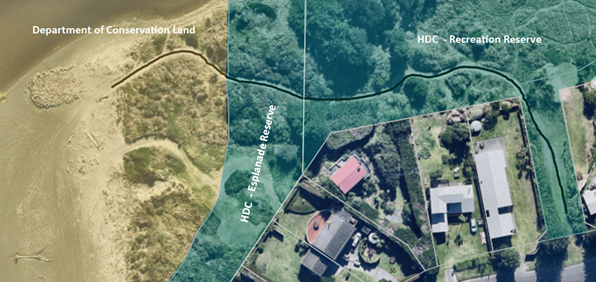
20. Since
the establishment of the community group and the distribution of shared
communications outlining that there is no formal vehicle access to the beach,
there has been a reported improvement in inter-personal behaviour and a
reduction in vehicle use of the track. However, some members of the community
continue to use this accessway to drive onto the beach.
21. Council
has installed additional signage indicating that this is not a vehicle access
point. Despite this, we continue to face pressure from some groups to implement
further deterrents to restrict vehicle use of the track.
22. As previously briefed to
Councillors, there is a shared concern that installing physical barriers or
bollards to prevent all access could escalate tensions within the community and
risk undermining the positive progress made to date. There is also a strong
likelihood that those determined to access the beach by vehicle would find
alternative routes, further complicating the issue.
23. Officers are of the view
that while Council could take a more enforcement-driven approach, the broader
issue is one that will only be resolved through community buy-in and ownership.
Accordingly, this matter is not one that rests solely with Council to resolve.
Community Group Meeting
24. The matter of vehicle
access at Waikawa Beach has been one of the most complex and emotionally
charged issues Council has dealt with in recent years. The fundamental tension
lies between preserving a long-standing tradition of vehicle access —
valued by many residents for recreation, fishing, and mobility — and the
need to protect the sensitive ecological and cultural values of the coastal
environment.
25. As previously reported
to Council, the depth of feeling on this issue has led to significant tension
within the community. This has included incidents of verbal abuse, social
division, intimidation, and a breakdown of relationships between neighbours and
community groups. These issues have extended beyond formal consultation, with
reports of confrontations on the beach and in online forums or Social Media.
26. In response, and
following direction from Council in December 2024, a community working group
was formed. This group includes representatives from both those in favour of
and those opposed to vehicle access. The group has met monthly and has shown a
willingness to move beyond entrenched positions, issuing shared jointly agreed
communications through their respective networks, focused on reducing community
division and jointly exploring options.
27. Encouragingly, the group
has made meaningful progress. While views remain diverse, there is now broad
agreement on a set of shared values including the importance of safety,
environmental protection, enforcement, and the need for any access to be
clearly defined and well-managed. There is in-principle agreement that a
vehicle accessway would only be acceptable, if it includes appropriate
safeguards and is subject to a robust framework that prevents misuse and
protects ecological values. This is a significant milestone in what has
otherwise been a polarising issue.
Beach Bylaw
28. One of the strongest
areas of agreement from the community working group is the need for a beach
bylaw to be developed alongside any vehicle access to the beach. For many, this
is a non-negotiable condition of any future access. A bylaw is seen as critical
to:
· Regulate
the type and timing of vehicle access;
· Support
enforcement of speed limits and safe behaviour;
· Define
areas of access and exclusion to protect bird nesting and dune restoration
zones; and
· Provide a mechanism
to address anti-social or inappropriate use of the beach.
29. Council officers
introduced the concept of developing a beach bylaw at a workshop held on 19
March 2025. During this session, it became clear that Councillors hold a range
of views on whether such a bylaw is necessary. While some saw it as a critical
tool for managing behaviour and protecting the beach environment, others
questioned its enforceability and overall value. Councillors requested further
information from officers to help determine whether this work should continue.
Officers intend to bring this matter back to Council in the coming weeks for
further discussion and to respond to the questions raised.
Consenting Pathway
30. The consenting pathway
for any new vehicle access is challenging, with all remaining options assessed
as non-complying activities under Horizons’ One Plan due to the presence
of “rare” and “threatened” habitats. This means any
proposal must pass a “gateway test” — either that the effects
are no more than minor, or the proposal aligns with policy direction.
31. The ecological
assessments by Boffa Miskell indicate that all options would involve some level
of dune disturbance, vegetation clearance, and construction within sensitive
coastal environments. Further cultural assessment, including a potential
Cultural Impact Assessment, will also be required. The consenting process is
likely to be lengthy, costly, and potentially contested, with appeals
anticipated regardless of the option selected.
32. Officers advise that a
further consultation process is essential to determine whether there is
sufficient community mandate to justify pursuing such a complex and uncertain
consent process.
District wide Beach
access
33. Council currently
provides formal vehicle access to the beach at selected locations across the
district, including Foxton Beach, Waitārere Beach, and Hōkio Beach.
These access points are supported by appropriate infrastructure and signage and
have been established to balance recreational use with environmental and
cultural values.
34. However, not all coastal
communities in the district have public beach vehicle access. This reflects the
varied nature of our coastline and the need to carefully manage each location
based on its specific environmental, cultural, and community context.
35. As noted earlier in this
report, vehicle access at Waikawa Beach has historically been facilitated
through the goodwill of a local whānau, who have allowed use of their
privately owned whenua for this purpose.
Legal Advice
36. Ahead of the December
2024 Council meeting, two letters were received from legal representatives
acting on behalf of separate Waikawa Beach community groups. Both letters
raised concerns regarding the consultation process and signalled the likelihood
of legal challenge should Council proceed with decisions on vehicle access
without further engagement. In response, Council sought independent legal
advice to assess the risks and inform next steps.
37. Legal advice has
confirmed that the Council’s current approach to identifying and
consulting on vehicle access options for Waikawa Beach carries a degree of
legal risk if decisions are made without further engagement. The advice
highlights that two of the options previously consulted on are no longer viable
due to landowner decisions, and that some of the more recent options under
consideration (e.g. Manga Pirau Street and Reay Mackay Grove accessways) have
not yet been subject to public consultation.
38. Key
risks identified include:
· Inadequate
consultation: Proceeding without consulting on all reasonably practicable
options may expose Council to judicial review, especially if new options are
adopted that the community has not had an opportunity to comment on.
· Process fairness:
The importance of demonstrating open-mindedness, transparency, and compliance
with the principles of the Local Government Act 2002 was emphasised.
· Resource
consent risks: Lodging a resource consent application ahead of formal consultation
on access options could be interpreted as predetermination and may trigger
additional legal challenges and public opposition.
39. The advice recommended
that Council re-confirm its objective, identify all reasonably practicable
options, and undertake a further consultation process before making any
decision on applying for resource consent in relation to providing vehicle
access to Waikawa beach.
Ngati Wehi Wehi Position
40. Officers have maintained
ongoing engagement with Ngāti Wehi Wehi throughout this process, providing
regular updates on community meetings, joint communications, and the evolving
discussion around beach access. Ngāti Wehi Wehi has acknowledged these
efforts; however, they have also provided a formal statement outlining their
position on the proposed vehicle access to Waikawa Beach. This statement
highlights cultural, environmental, and kaitiakitanga considerations that
Ngāti Wehi Wehi believe must be central to any decision-making process
regarding beach access.
1.
Statement
from Ngāti Wehi Wehi on Proposed Vehicle Access to Waikawa Beach
2.
Ngāti
Wehi Wehi, as mana whenua, respectfully express our current opposition to
proposed vehicle access to Waikawa Beach. Our position is grounded in our role
as kaitiaki and our enduring responsibility to protect the natural environment,
uphold the mauri of the land and sea, and ensure the well-being of our taiao
(natural world) for future generations.
3.
We
hold deep concerns about the impacts of vehicle access on the biodiversity,
ecology, and cultural significance of the beach and surrounding environment.
The sand dunes, shellfish beds, native species, and wider coastal ecosystem are
highly vulnerable to damage caused by vehicles, and such impacts threaten both
environmental integrity and cultural values.
4.
While
we acknowledge and support the aspirations of our wider community, we emphasise
that any long-term solution must be inclusive and developed in true
partnership. As mana whenua, Ngāti Wehi Wehi must be at the table for
meaningful and constructive dialogue to occur. It is only through working
collaboratively — with iwi, local whānau, the wider community, and
relevant authorities — that a sustainable and respectful pathway forward
can be found.
5.
Ngāti
Wehi Wehi also acknowledges and supports our whānau who have māori
freehold land, private land, live at Waikawa and have, for many years,
shown generosity in allowing public vehicle access through their private land.
This goodwill has often gone unrecognised, and it is important to us that their
voices and contributions are honoured in any future decision-making process.
6.
We
remain committed to engaging in good faith and seek a solution that protects
the whenua, respects the rights of mana whenua and local whānau, and
upholds the values we collectively share.
41. Officers met with a
representative on behalf of Ngāti Wehi Wehi on 11 June to kōrero
further about the current status of the beach access discussion and reaffirm
their desire to remain closely involved. Ngāti Wehi Wehi reiterated the
significance of this kaupapa to them, particularly in relation to their
customary rights, responsibilities as kaitiaki, and the protection of the local
environment. They expressed a strong interest in participating in future hui
and emphasised the importance of engagement to ensure their perspectives are
meaningfully reflected in any future decisions.
Options Considered
42. Officers
have engaged with the community to assess whether there was any interest from
local landowners in selling land to facilitate formal vehicle access to the
beach at Waikawa. This included direct discussions with a property owner at the
end of Manga Pirau Street to explore potential options and gauge their
willingness to consider use of their land for this purpose.
43. The formation of the
community group has marked a turning point in this long-standing issue, with
representatives from across the spectrum both for and against vehicle access
coming together in good faith. While perspectives remain diverse, there has been
a notable shift towards collaboration, and all parties have made some level of
concession in pursuit of a shared solution. As a result of this constructive
engagement, there is emerging alignment on what a potential vehicle accessway
could look like. Based on the discussions and work undertaken to date, the
Manga Pirau Street access presents the only feasible option for further
exploration, particularly in terms of progressing to the resource consent
stage.
44. It is important to
acknowledge that, based on the early conversations within the community group,
any potential vehicle access is likely to include restrictions to ensure
responsible use and minimise impacts. These may include limitations on the
types of vehicles permitted, the introduction of a permit system, and controls
on access times or seasonal usage. While the specific conditions are yet to be
determined, it is critical to make clear that any future access would not be
unrestricted and would be subject to appropriate management measures agreed in
partnership with the community.
45. Given the context and
the work undertaken to date, the range of practicable options available for is
limited. In essence, there are two pathways: one is to take no further action
and confirm that no vehicle access will be provided at Waikawa Beach, with
residents directed to utilise existing access points at other beaches to the
north and south of the community. The other is for Council to continue
investigating the feasibility of a controlled vehicle access at Manga Pirau
Road, acknowledging the progress made by the community group and the emerging
consensus around this option.
46. It is important to note,
however, that should a property come on the market in future that offers a
simpler consenting pathway or improved access arrangement, Council should
retain the flexibility to investigate this as part of its ongoing commitment to
finding a balanced and durable solution
47. While no decisions are
currently sought, officers note that the most viable remaining accessway option
is at Manga Pirau, subject to further exploration, legal advice, iwi
engagement, and resource consent considerations. Officers will continue
monitoring and supporting community-led efforts, such as the proposed trial,
and provide further updates as new developments arise.
Controlled Access Trial
48. The community group is
exploring the feasibility if trailing a restricted vehicle access to the
beach. This trial would serve as a practical test of how controlled access
could operate in a real-world setting. The group is exploring options such as
time-limited access, designated vehicle types, and a locally managed permit
system. While still in the early stages of planning, the intention is to launch
the trial as soon as possible, with a strong focus on monitoring, responsible
use, and gathering insights to inform any long-term solution. Council officers
are supporting the group to ensure the approach aligns with relevant regulatory
requirements and risk considerations.
49. There is some further
work to do here in respect to the legal and regulatory implications of the
proposed trial. Officers have been advised that resource consent may be
required, and are working with Horizons Regional Council to determine the
thresholds and conditions that would apply. This includes clarifying whether
the proposed activity meets permitted activity standards or would trigger a
formal consenting process. Officers are also working with the community group
to ensure that any proposed trial is appropriately scoped, clearly documented,
and does not create undue risk for Council or breach environmental protections.
Further updates will be provided to Council as this work progresses.
Walk on Waikawa (WoW)
Position
50. Officers have received
formal feedback from WoW in relation to the draft Council paper. While WoW
acknowledges the comprehensive overview provided, they have raised several
areas of concern for Council’s consideration. In particular:
· WoW remains cautious about the use of the term collaboration to
describe the community group’s work to date, suggesting that constructive
engagement more accurately reflects the nature of discussions, which have
involved difficult and robust debate.
· WoW has indicated a willingness to explore the feasibility of a
highly restricted trial of vehicle access at Manga Pirau Road, having shifted
from their original position of opposing vehicle access entirely. This position
is conditional upon any trial proceeding only with the appropriate consents and
conditions as determined by Horizons Regional Council.
· WoW does not support community ownership and management of any
trial. Their view remains that any trial should be Council-owned,
Council-managed, and independently evaluated, including responsibility for
navigating any required consent processes.
51. Officers will continue
to work with all parties to ensure these perspectives are reflected and
appropriately considered as the kaupapa progresses.
ENGAGING WITH MĀORI | TE MAHI TAHI KI TE
MĀORI
52. Ngāti Wehi Wehi
have expressed a clear and principled position on the proposed vehicle access
to Waikawa Beach. As mana whenua, their opposition is rooted in their role as
kaitiaki and the responsibility to protect the mauri of the land, coastal
ecosystems, and culturally significant sites. They have raised concerns about
the potential impact of vehicles on the natural environment, including dune
systems, shellfish beds, and biodiversity.
53. Ngāti Wehi
Wehi’s written statement affirms their willingness to engage in good
faith, noting that any long-term solution must be inclusive and developed in
true partnership. They have emphasised that mana whenua must be present at any
hui where access options are discussed or decisions formulated, and they have
acknowledged the importance of continuing to receive regular updates from
Council. Ngāti Wehi Wehi have also expressed support for local whānau
who have generously provided beach access via their private whenua in the past,
and called for their contributions to be honoured in future decisions.
54. Council has maintained
regular dialogue with Ngāti Wehi Wehi representatives throughout this
process. Iwi have been invited to attend community group hui and have been encouraged
to participate in discussions around the future of beach access at Waikawa.
Council has provided consistent updates following each hui and has actively
followed up to ensure that iwi remain informed and involved.
CLIMATE CHANGE | NGĀ
ĀHUARANGI HURIHURI
55. The proposed vehicle
access is located within a dynamic and sensitive coastal environment that is
increasingly vulnerable to the impacts of climate change, including sea-level
rise, intensified storm events, and coastal erosion. The Manga Pirau Street
area, like much of the Horowhenua coastline, is already subject to natural
coastal processes that are expected to increase in frequency and intensity over
time.
56. Any long-term investment
in access infrastructure must therefore be assessed through a climate
resilience lens. This includes considering the durability of access routes, the
potential for infrastructure damage or retreat, and the cumulative
environmental impacts of continued access in a changing climate. Council will
need to consider adaptive design, risk management strategies, and the potential
for future relocation or decommissioning in alignment with its broader climate
adaptation and resilience planning. These considerations will also form part of
the consenting process under the Resource Management Act 1991 and Horizons
Regional Council’s One Plan.
FINAnCIAL AND RESOURCING | TE TAHUA PŪTEA ME
NGĀ RAUEMI
·
57. The costs associated
with developing a formal vehicle accessway at Waikawa Beach are expected to be
significant. These include costs for technical assessments, environmental and
cultural reporting, planning and design, consenting processes (including
possible appeals), and physical construction. Ongoing operational costs would
also include signage, maintenance, monitoring, and enforcement.
58. Costs associated with
the upcoming consultation phase, these are expected to be relatively modest in
the context of the overall project and are considered a necessary investment to
ensure transparent and inclusive decision-making. Should Council confirm a
preferred pathway, further reporting will be provided on detailed costings and
delivery requirements.
Legal and Risk | Te Ture me ngā
Mōreareatanga
59. There are a range of
legal and reputational risks associated with any decision to proceed with a
vehicle accessway at Waikawa Beach. These include the potential for judicial
review if decisions are made without adequate community consultation or if
Council is seen to have pre-determined outcomes ahead of formal engagement. The
legal advice received (summarised earlier in this report) confirms the
importance of a robust, transparent process that fairly considers all
reasonably practicable options.
60. There is also a risk
that the consenting process could be unsuccessful due to the environmental
sensitivity of the site and the strict requirements under Horizons Regional
Council’s One Plan. Even if consent is granted, it may be subject to
appeal or conditions that impact feasibility or affordability. Council must
also manage potential risks to community cohesion, particularly if decisions
are perceived to ignore key stakeholder views, including those of mana whenua <Insert
text>
POLICY IMPACT | NGĀ PĀTANGA I NGĀ
KAUPAPA HERE
61. This matter intersects
with a number of existing Council policies, including the Significance and
Engagement Policy, the Open Space Strategy, and Council’s Climate Action
Plan. A future decision to establish vehicle access will also necessitate the
development of complementary policy instruments, most notably a beach bylaw to
support safe and responsible use.
62. Any long-term commitment
to a vehicle accessway will require alignment with strategic planning
documents, including reserve management plans, the Long Term Plan (LTP), and
Council’s broader environmental and infrastructure investment priorities.
COMMUNICATIONS AND ENGAGEMENT | TE WHAKAWHITI
PĀRONGO ME TE MAHI
63. Officers will ensure
that any future consultation process is accessible, inclusive, and transparent.
This will include written material outlining the options, community drop-in
sessions, and opportunities for both online and in-person feedback.
64. Engagement
will be designed to support a constructive dialogue between Council, iwi,
residents, and other stakeholders. Officers will continue to work closely with
Ngāti Wehi Wehi and the community working group to ensure their
perspectives are reflected and respected throughout the process.
Communicating with our
Community | Te Whakawhiti Pārongo ki te Hapori
65. A
comprehensive communication plan will be developed to accompany the
consultation process. This will include clear information about the background
to the issue, the options being considered, and how people can have their say.
Updates will be provided through Council’s website, social media
channels, and local newspapers, supported by direct correspondence to previous
submitters and key stakeholder groups.
Next Steps | HEI MAHI
66. Officers will continue
to support the community group and maintain engagement with Ngāti Wehi
Wehi. Officers will also monitor informal vehicle use, gather additional
technical and legal input as needed, and report back to Council on any new
developments that may inform a decision on whether to consult on a preferred
pathway.
·
|
Confirmation of statutory compliance
In accordance
with sections 76 – 79 of the Local Government Act 2002, this report is
approved as:
a. containing
sufficient information about the options and their advantages and
disadvantages, bearing in mind the significance of the decisions; and,
b. is
based on adequate knowledge about, and adequate consideration of, the views
and preferences of affected and interested parties bearing in mind the
significance of the decision.
|
Attachments | NGĀ
TĀPIRINGA KŌRERO
There are no appendices for
this report
|
Council
25 June 2025
|

|
File No.:
25/348
8.4 Adoption
of Dog Control Policy and Dog Control Bylaw
|
Author(s)
|
Vaimoana Miller
Compliance
Manager | Tumu Tūtohu
|
|
Approved by
|
Brent Harvey
Group Manager -
Community Experience & Services | Tumu Rangapū, Wheako Hapori,
Ratonga
|
|
|
Monique Davidson
Chief Executive
Officer | Tumuaki
|
Purpose | TE PŪTAKE
1. The
purpose of this report is to present the final Dog Control Bylaw and Dog Control
Policy for adoption by Council, incorporating changes recommended by the
Hearings and Regulatory Committee, and to seek a resolution of Council to bring
the bylaw into effect on 30 September 2025.
2. This
report also seeks a limited delegation to the Chief Executive to make minor
administrative amendments prior to commencement, specifically to allow for the
inclusion of te reo Māori titles and corrections to formatting, grammar,
and typographical, provided such amendments do not alter the intent or effect
of the bylaw.
This matter relates to
Delivering the Long-Term Plan 2024-44
Delivering the Long-Term Plan
2024-44
Executive Summary | TE WHAKARĀPOPOTOTANGA
MATUA
3. The Dog
Control Policy and Dog Control Bylaw work together to establish reasonable
controls for dogs and their owners. Their purpose is to minimise danger,
distress, and nuisance caused by dogs while ensuring appropriate recreational
opportunities for dogs and their owners. The policy sets out how the Council
will meet its regulatory responsibilities under the Dog Control Act 1996 (the
DCA).
4. As part of the review process, Council chose to
review the Responsible Dog Owner Approval (RDOA) process alongside the Dog
Control Bylaw and Policy to ensure alignment across all dog control related
documents. While not a requirement by legislation, this approach supports
consistency, clarity for dog owners, and allow for more streamlined
implementation by Officers.
5. At
the 26 March 2025 Council meeting, Council adopted the proposed changes to the
Dog Control Policy and Dog Control Bylaw and draft RDOA for public
consultation. Submissions were open from 27 March 2025 and closed on 30 April
2025. Seventy-six submissions were received.
6. Submissions
were considered by the Hearings and Regulatory Committee of Council on 10 June
2025, where 8 submitters spoke in support of their written submission.
7. The
minutes of the Hearings and Regulatory Committee meeting on 10 June 2025 were
presented to Council to be received and noted earlier on today’s agenda.
DELEGATION
OR AUTHORITY TO ACT | TE MANA WHAKATAU I NGĀ KAWENGA
8. Section
10 of the Dog Control Act 1996 requires every territorial authority to have a
Dog Control Policy, and a bylaw made using the bylaw-making powers in the Local
Government Act 2002 to enforce it.
9. Unless
transferred to another Territorial Authority or our Regional Council, the decision-making
authority for bylaws sits with the Council and cannot be delegated to a
Committee of Council or other body (section 161 of the Local Government Act
2002).
SIGNIFICANCE ASSESSMENT | He Aromatawai Matua
10. This matter is assessed
as significant because of the level of community interest, consistent with
Council’s Significance and Engagement Policy.
RECOMMENDATION | NGĀ TAUNAKITANGA
A. That Report 25/348 Adoption of Dog Control Policy and Dog Control
Bylaw be received.
B. That this matter or decision is recognised as significant in terms
of S76 of the Local Government Act.
C. That Council resolve to adopt the Dog Control Policy, attached as
Attachment A, and the Dog Control Bylaw, attached as attachment B as effective
from 30 September 2025; and in doing so determines that in accordance with
section 155 of the Local Government Act that:
C.1. A bylaw
is still the most appropriate way of addressing the perceived problems of
regulating Dog Control matters; and
C.2. That
the Dog Control Bylaw is the most appropriate form of bylaw and does not give
rise to any implications under the New Zealand Bill of Rights Act 1990.
D. That the Chief Executive be authorised to make any necessary
corrections or editorial changes that arise in producing the final published
versions of the Dog Control Policy 2025 and Dog Control Bylaw 2025.
E. That Council approve the Responsible Dog Owner Approval Policy,
attached as Attachment C, with the policy to become operational from 30
September 2025 and apply to the 2026/27 dog registration period.
Background | HE KŌRERO TŪĀPAPA
11. Every council is required to have a policy on dogs and a
bylaw to enforce it. The policy and bylaw work together to impose regulatory
controls on dogs and their owners to minimise the danger, distress or nuisance
that may be caused by dogs, and to balance this with enabling appropriate
recreational access to public places in the district for dogs and their owners.
This is the approach required by the Dog Control Act 1996.
12. All
background matters relating to the proposed Dog Control Bylaw and Dog Control
Policy were presented at the 26 March 2025 meeting of Council, where it was
resolved to consult on the matter using the special consultative process. This
meeting was open to the public and live-streamed. The recording is available
here: https://www.youtube.com/watch?app=desktop&v=6C7cZNtxvIs
13. Two Council
workshops were held on 29 January and 19 March 2025, to discuss the proposed
changes and elected member feedback was incorporated into the draft documents.
These workshops were open to the public and livestreamed. The most recent
workshop held on 19 March 2025 was also included with the consultation information
on Councils Lets Kōrero consultation platform. The workshop recordings are
available here: https://www.youtube.com/watch?v=9Bf6NJQxYH0
14. Submissions
were open from Thursday 27 March and closed on Wednesday 30 April 2025, and
were considered by the Regulatory and Hearings Committee at the Public Hearing
of submissions held on 10 June 2025.
15. The Hearings
and Regulatory Committee recommended the adoption of the final draft Public
Places Bylaw 2024, noting changes the committee recommended, via resolution, be
incorporated into the final draft before its adoption. The changes recommended
by the HARCC are presented in the report discussion below.
Discussion | HE MATAPAKINGA
16. Seventy-six
submissions were received during the consultation process and were considered
by the Hearings and Regulatory Committee (HARCC) on 10 June 2025. Eight
submitters spoke in support of their written submissions, and the HARCC
considered all submissions received and subsequent recommendations from Council
Officers.
17. After
reviewing the written and verbal submissions, the HARCC made the following
recommendations that have been incorporated in the final version of the Dog
Control Bylaw and Dog Control Policy for adoption:
17.1. That
amendments be made to the schedule of on- and off-leash dog exercise areas to
include on-leash status at the Rose Gardens, War Memorials, Thompson House
Gardens, Cousins Avenue, Te Maire Park, and Stafford Street Esplanade; and confirm
no changes to Holben Parade, Hudson/Wairarara Stream Park, Ōhau Domain,
Argyle Avenue, and Waikawa Beach Reserve (resolution HARCC/2025/12);
17.2. That
section 19 of the Dog Control Bylaw be renamed to “Dogs Requiring
Temporary Exclusion from Public Places” to better reflect the content of
the section (resolution HARCC/2025/15);
17.3. To
amend Clause 12(a) to discourage prolonged tethering and promote secure fencing
as the preferred means of containment, aligning the bylaw with upcoming
national animal welfare regulations (resolution HARCC/2025/16);
17.4. To
reinstate the Puppy Registration category in the Dog Control Policy to apply
from the 2026-27 registration period (resolution HARCC/2025/17);
18. With
all changes to the policy and bylaw included into the final versions attached
(attachment A); the Dog Control Policy and Dog Control Bylaw be recommended for
adoption by the Committee, resolution HARCC/2025/21.
19. In
addition to adopting the bylaw, officers recommend that Council delegate to the
Chief Executive the authority to make minor editorial amendments to the bylaw
and policy. This would enable the addition of te reo Māori titles and
equivalent headings throughout the documents, as well as minor corrections to
grammar, formatting, or typographical errors.
20. This
proposed delegation reflects Council’s commitment to building cultural
competency, promoting bilingual communication, and enhancing the clarity and professionalism
of Council documents. These administrative changes would not alter the intent,
meaning, or effect of the bylaw as adopted.
21. While
the Local Government Act 2002 prohibits delegation of the power to “make
a bylaw”, it does not prevent Council from delegating minor
administrative tasks that do not impact the legal effect of the bylaw. This
approach is consistent with accepted practice across local government and
aligns with Council Officers’ cultural competency aspirations; and to
ensure transparency, any amendments made under this delegation would be
reported back to Council.
22. The Dog Control Bylaw is made using bylaw-making powers in
sections 145 and 146 of the Local Government Act (LGA). Under the LGA, Council
is required to review its bylaws within 5 years of it first being made (section
158), and then once every 10 years (section 159) thereafter, referred to
as a statutory review.
23. Section
10AA of the Dog Control Act 1996 (DCA) requires a Council to review their Dog
Control Policy if the Dog Control Bylaw requires review. Therefore, the Dog
Control Policy and Dog Control Bylaw were reviewed side-by-side and consulted
on through a combined review process.
24. Following
the statutory review process undertaken for the Bylaw, Council Officers
conclude that a bylaw and a stand-alone bylaw continues to be the most
appropriate way of addressing the perceived problems as they relate to Dog
Control matters in the Horowhenua, and that the bylaw as proposed for adoption
does not give rise to any implications under the New Zealand Bill of Rights Act
1990 (NZBORA).
25. As the
statutory review process has introduced new provisions to the Dog Control
Bylaw, this means that if the bylaw is adopted, the newly introduced provisions
will need to be reviewed in 5 years (as per section 158 of the LGA), with the
pre-existing provisions remaining on the 10-year review cycle. With this
in mind, it is the view of Officers that it would be administratively prudent
and potentially efficient to review the entire bylaw in 5 years’ time.
Both ensuring the statutory review of the bylaw provisions are carried out
on-time as well as enabling a way for all provisions to fall into the same
review cycle from then on.
Options | Ngā
Kōwhiringa
26. There
are four (4) options considered to be appropriate and are detailed in the table
below. This report recommends that Council proceed with Option A, to adopt the
Dog Control Policy and Dog Control Bylaw incorporating the changes recommended
by the Hearings and Regulatory Committee.
|
Options | Ngā
Kōwhiringa
|
Benefits |
Ngā Whiwhinga
|
Risks | Ngā
Mōrearea
|
|
Option A (recommended)
Council adopts the Dog Control Policy and
Dog Control Bylaw incorporating the changes recommended by the Hearings and
Regulatory Committee at the 10 June 2025 hearing.
|
Bylaw controls are in place to ensure
health and safety, to protect the public from nuisance and to protect the
natural environment in the control of dog in public places in the Horowhenua.
Public consultation was carried out as
defined by the Local Government Act 2002, and due consideration was given to
all submissions received through the Hearings and Regulatory Committee
process; and therefore, giving rise to the democratic process of decision
making entrusted to the HARCC.
|
The Bylaw may not align with some
community views.
|
|
Option B (status quo)
Status Quo.
Do not continue with the adoption of the
amended Dog Control Policy and Bylaw.
This means the amendments the 2016
version of the bylaw do not proceed.
And, that Council refer the matter back
to Officers with direction for further work.
|
There would be reduced time and cost associated
with implementation of the bylaw.
|
The changes the Dog Control Bylaw 2016
that were consulted on will not be in effect.
There may be confusion by the public
about why the proposed rules are now not in place.
Further work by Officers is required.
|
|
Option C (not recommended)
Council adopts the Dog Control Policy,
Dog Control Bylaw and Responsible Dog Owner Approval process as originally
drafted and consulted on without the recommendations of the Hearings and
Regulatory Committee incorporated.
|
Bylaw controls are in place to ensure
health and safety, to protect the public from nuisance and to protect the
natural environment in management of dogs in public places in the Horowhenua.
|
The Bylaw may not align with some
community views.
Does not give effect to the public
consultation process carried out as defined by the Local Government Act 2002,
and therefore, due consideration has not been given to all submissions
received through the Hearings and Regulatory Committee.
Could give rise to legal challenge in the
perception that Council failed to adequately account for the feedback
received during the consultation process.
|
Options Commentary | He
Tāpiringa Kōrero Mō ngā Kōwhiringa
Option A
27. Council
adopts the Dog Control Policy, Dog Control Policy and RDOA process
incorporating the changes recommended by the Hearings and Regulatory Committee.
28. This
option gives effect to the public consultation process carried out as defined
by the Local Government Act 2002, and the authority entrusted on the Hearings
and Regulatory Committee in considering all submissions received, and in making
recommendation to Council on the final draft version of Dog Control documents
for adoption.
Option B
29. Status Quo,
and the matter be referred back to Officers for further work.
30. This option
would result in the current Dog Control Policy, Dog Control Bylaw, Selected
Owner Policy continuing to be operative. Any new proposed changes introduced,
including the new RDOA process referred to in the amended Policy do not take
effect.
Option C
31. Council
adopts the Dog Control Policy and Dog Control Policy as originally drafted and
consulted on without the recommendations of the Hearings and Regulatory
Committee incorporated.
32. This option
does not give effect to the public consultation process carried out as defined
by the Local Government Act 2002, and therefore, due consideration has not been
given to all submissions received through the Hearings and Regulatory Committee.
33. Could give
rise to legal challenge in the perception that Council failed to adequately
account for the feedback received during the consultation process.
ENGAGING WITH MĀORI | TE MAHI TAHI KI TE
MĀORI
34. As
part of our ordinary consultation process, Officers contacted Te
Tumatakahuki, Muaūpoko and Rangitāne o Manawatū to invite
feedback during the consultation.
CLIMATE CHANGE | NGĀ ĀHUARANGI HURIHURI
35. The
Dog Control Bylaw and Policy have low climate change implications, as their
primary focus is on public safety and responsible dog ownership rather than directly
addressing climate change. While some provisions, such as restrictions in
ecologically sensitive areas (such as the bird sanctuary at the Manawatū
estuary), may indirectly support climate adaptation efforts, the overall impact
of the bylaw and policy on climate change mitigation or adaptation is minimal.
FINAnCIAL AND RESOURCING | TE TAHUA PŪTEA ME
NGĀ RAUEMI
36. Council
Officers are requesting the Policy, Bylaw and RDOA process be effective from 30
September 2025 to enable kaimahi to set up the systems necessary to implement
the new provisions, and to transition those dog owners that currently hold a
“selected owner status” or “NZKC status” onto the new
RDOA process.
37. Many
of these costs are difficult to quantify until the changes to the policy and
bylaw are confirmed. While many are business-as-usual costs or anticipated
costs, major changes to the areas regulated in the policy will require new
signs to be installed. While there are no legally prescribed requirements about
dog control signage, Officers acknowledge that signs help people to understand
the rules.
38. Dog
control activities are funded from dog registration fees, including compliance
and enforcement activities. Signs installed in parks and reserves come from the
Parks & Property budgets with some contribution from the regulatory
Compliance activities.
Legal and Risk | Te Ture me ngā
Mōreareatanga
39. Section
10 of the Dog Control Act 1996 requires every territorial authority to have a
Dog Control Policy, and a bylaw made using the bylaw-making powers in the Local
Government Act 2002 to enforce it.
40. The
Local Government Act 2002 provides that the power to make a bylaw must be
exercised by the Council and cannot be delegated. Accordingly, the adoption of
the Dog Control Bylaw 2025 and Dog Control Policy 2025 must be made by Council
resolution.
41. Council
is required under the Local Government Act 2002 to resolve that bylaws are the
most appropriate way of addressing particular issues. This process for review
required by section 155 of the LGA consists of the following two stages:
41.1. Section
155(1) requires Council to determine whether a bylaw is the most appropriate
way of addressing the perceived problem;
41.2. Section
155(2) and (3) requires Council to consider whether the format of the bylaw is
appropriate; and whether any aspect is in conflict with the New Zealand Bill of
Rights Act 1990 (NZBORA).
42. The New
Zealand Bill of Rights Act 1990 (NZBORA) protects those freedoms and rights
that are fundamental to a free and democratic society. In reviewing the bylaw,
the Council is required to consider whether or not it gives rise to any
implications under the NZBORA. Section 155(3) of the LGA states that no bylaw
may be made which is inconsistent with NZBORA, but section 5 of NZBORA
specifically authorises reasonable limits on rights that can be demonstrably
justified in a free and democratic society.
43. Freedom
of movement is a freedom protected by the NZBORA in the democratic and civil
rights section. Freedom of movement protection arguments could be made in
relation to restrictions on people being able to enter certain public places
when accompanied by their dog, or where there are restrictions on that movement
(such as requiring a dog leash to be used). However, the Dog Control Act
specifically allows councils to identify any public places where dogs are
"prohibited, either generally or at specified times" or
"particular public places or parts of the district" where dogs must
be "controlled on a leash".
44. The
Dog Control Act also expressly allows councils to develop bylaws that restrict
access to particular public places for people when accompanied by their dog, as
long as the restrictions relate to the purpose of the Dog Control Act (which is
largely about reducing the negative impacts of dogs).
45. Given
that these restrictions are permitted, a corresponding restriction on freedom
of movement (if any) can be understood as a reasonable limit on the right that
can be justified in a free and democratic society.
46. The
intent of NZBORA considerations in bylaw development is to ensure that bylaws
do not unreasonably limit the right to certain freedoms. The intention of dog
control bylaws is the prevention of harm (either to people, wildlife, animals
or property) and in this sense, limiting the movement of people (when
accompanied by their dogs) in some public places and for specified reasons, is
a proportionate response and a justified limitation for the prevention of harm.
In any case, arguably, people still have the right to move freely through those
public places and the restriction is on the dog, not on the dog owner when the
dog is not with them.
47. For
these reasons, Officers consider the proposed bylaw does not give rise to any
implications under the NZBORA.
POLICY IMPACT | NGĀ PĀTANGA I NGĀ
KAUPAPA HERE
48. The
Bylaw and Policy is intended to be implemented using current operational
policies and guiding documents, such as Councils current Compliance Strategy,
and Compliance and Enforcement Guidelines.
COMMUNICATIONS AND ENGAGEMENT | TE WHAKAWHITI
PĀRONGO ME TE MAHI
49. If
adopted, communication of the adoption of the Policy and Bylaw will need to be
advertised through public notice in the local newspaper circulating in the
district, as well as publicly notified on Councils website; and
50. If
adopted, the Policy, Bylaw and RDOA process will need to be published on
Councils website under Bylaws and Policies, and amendments made to Councils
publicly available information to reflect the changes.
51. If
adopted, the new bylaw communicated to staff for use effective from 30
September 2025.
Next Steps | HEI MAHI
52. If
adopted, public notice will need to be given on the Bylaw, as well as
Council’s website and a schedule put in place to review/update signage in
public places reflect the changes; and a copy of the Dog Control Policy, Dog
Control Bylaw be communicated to all dog owners.
|
Confirmation of statutory compliance
In accordance
with sections 76 – 79 of the Local Government Act 2002, this report is
approved as:
a. containing
sufficient information about the options and their advantages and
disadvantages, bearing in mind the significance of the decisions; and,
b. is
based on adequate knowledge about, and adequate consideration of, the views
and preferences of affected and interested parties bearing in mind the
significance of the decision.
|
Attachments | NGĀ
TĀPIRINGA KŌRERO
|
No.
|
Title
|
Page
|
|
a⇩

|
Attachment A - Dog Control
Policy 2025
|
57
|
|
b⇩

|
Attachment B - Dog Control
Bylaw 2025
|
69
|
|
c⇩

|
Attachment C - Responsible Dog
Owner Approval (RDOA) process
|
97
|
|
Council
25 June 2025
|

|
File No.:
25/370
8.5 Adoption
of Strategic Recreation Investment Framework
|
Author(s)
|
Mark Hammond
Community
Facilities and Services Manager | Tumu Hanga Tukuora Hapori, Ratonga Hapori
|
|
|
Lacey Winiata
Parks &
Property Manager | Tumu Rawa, Papa Rēhia
|
|
Approved by
|
Brent Harvey
Group Manager -
Community Experience & Services | Tumu Rangapū, Wheako Hapori,
Ratonga
|
|
|
Monique Davidson
Chief Executive
Officer | Tumuaki
|
Purpose | TE PŪTAKE
1. This
report seeks Council adoption of the final Strategic Recreation Investment
Framework (the Framework), following a series of Councillor workshops and
community engagement.
This matter relates to
Enabling balanced growth with fit for purpose infrastructure.
Conduct appropriate
investigations in key strategic focus areas-including aquatics, parks,
property, and sports-preparing for informed decision making ahead of the next
Long Term Plan.
Continue integrated growth
planning to inform future capital investments.
Executive Summary | TE WHAKARĀPOPOTOTANGA
MATUA
2. This
report presents the final Strategic Recreation Investment Framework (the
Framework) for Council adoption. Developed in collaboration with Visitor
Solutions and shaped by a series of Councillor workshops, the Framework
provides a transparent and consistent approach to prioritising recreation
investments across the Horowhenua District.
3. The
Framework responds to Council’s desire for greater strategic clarity
following previous Long Term Plan discussions, particularly around large-scale
projects such as Levin Aquatic Centre and Donnelly Park. It establishes key
evaluation criteria, investment principles, and alignment with growth and
wellbeing strategies.
4. Councillor
feedback during the development process has been supportive and constructive.
The Framework also reflects national and regional best practice, drawing on
documents such as Sport NZ’s Spaces and Places Framework and He rā
ki tua – Horizons Region Spaces and Places Plan.
5. Once
adopted, the Framework will be implemented through a live dashboard tool to
support decision-making and visibility across the project pipeline. While there
are no immediate financial implications, the Framework will be used to inform
future Long Term Plan, Annual Plan, and significant investment decisions
relating to sport and recreation.
6. Adopting
the Framework now enables Council officers to proceed with the development of
an Action Plan (Key Moves) and the completion of the network needs analysis,
which will be reported back to Council in August 2025.
DELEGATION
OR AUTHORITY TO ACT | TE MANA WHAKATAU I NGĀ KAWENGA
7. Council
has the delegation and authority to adopt the Framework.
SIGNIFICANCE ASSESSMENT | He Aromatawai Matua
8. This
matter is assessed as not significant in terms of Council’s Significance
and Engagement Policy because it does not involve changes to levels of service
or financial decisions at this stage. However, the Framework will guide future
decisions which may individually be significant and subject to separate
assessments and engagement.
RECOMMENDATION | NGĀ TAUNAKITANGA
A. That Report 25/370 Adoption of Strategic Recreation Investment
Framework be received.
B. That this matter or decision is recognised as not significant in
terms of S76 of the Local Government Act.
C. That Council adopts the Strategic Recreation Investment Framework as
set out in Attachment one of this report.
D. That Council instructs the Chief Executive to implement the
Framework and use it to support the development of advice for Council to inform
future Long Term Plan, Annual Plan, or other significant investment decisions
relating to sport and recreation
E. That Council approve the Chief Executive to make any future
editorial changes to the Framework.
Background | HE KŌRERO TŪĀPAPA
9. Horowhenua
District Council manages an extensive network of parks, pools, open spaces, and
recreational facilities. Investment in these assets must be balanced,
strategic, and responsive to changing community needs.
10. During
Long Term Plan deliberations, Councillors discussed how significant recreation
investments, particularly for Levin Aquatic Centre and Donnelly Park, should be
prioritised. The Chief Executive suggested that a strategic framework could
support more consistent and informed decision-making across the recreation
network.
11. Following
a procurement process, Council officers engaged Visitor Solutions who
are a consulting firm who specialise in recreation policy and strategy.
Additionally, they have a proven track record of completing similar pieces of
work for other Local Government authorities.
12. Since
January 2025, Council officers have been working alongside Visitor Solutions to
develop the Framework.
13. A Steering
Group was formed from the conception of this project. Members of the Steering
Group include Council’s Parks and Property Manager, Community Facilities
and Services Manager, Aquatic Facilities Manager, Integrated Growth and
Planning Manager, Green by Nature’s Operations Manager and a
representative from Sport Manawatu. The Steering Group’s role was to
assist Visitor Solutions with their planning, sense check any of their
findings and to provide direction on operational matters.
Discussion | HE MATAPAKINGA
14. Councillors
were engaged at key stages of the Framework’s development through a
series of workshops. These sessions ensured elected members had oversight of
the process and provided opportunities to shape the content. The workshops were
held as follows:
14.1. March Workshop –
Confirmed the scope of the project and gathered Councillors’ expectations
of the Framework.
14.2. April Workshop –
Presented the initial draft, discussed investment principles and high-level
evaluation criteria, and introduced the proposed process.
14.3. May
Workshop – Reviewed the refined draft and confirmed any final changes
ahead of adoption.
15. Feedback
from Councillors was positive and constructive, providing clear direction to
both Visitor Solutions and officers. This affirmed that the Framework
was on track and aligned with expectations.
16. The
final Framework (Attachment 1) reflects that feedback. It is designed to be
practical, user-friendly, and easy for officers to apply when preparing advice
on recreation investment.
17. In
developing the Framework, the focus was on building upon existing strategies
and processes rather than creating new ones. This approach strengthens
alignment with Council’s wider strategic work and intended to give
Councillors confidence in the Framework’s relevance. Key connections
include:
17.1. The
Community Wellbeing Committee has been identified as a well-established
Committee that can support the Framework process in an informing way as they
can provide community views on potential projects, represent a wide cross
section of the community and could identify potential enhancements to projects.
In addition, the Committee’s role is to ensure the delivery of
Council’s Community Wellbeing Strategy which also has strong wellbeing
linkages to what the Framework is trying to achieve.
17.2. From
the outset of the planning of this Framework, growth has taken centre stage and
has been carefully considered ensuring that the Horowhenua Growth Strategy and
Integrated Growth Programme is aligned with the Framework. The Framework
promotes enabling growth, responding to growth and delivering on growth.
17.3. External
partners play an important role in the success of the Framework which is why
consideration has been given to Sport NZ’s Spaces and Places Framework
and at a regional level He rā ki tua – Horizons Region Spaces and
Places Plan for Sport and Recreation which in turn allows us to consider
neighbouring Council’s as well.
18. On
page 8 of Attachment 1, an overview is illustrated which demonstrates the
magnitude of Framework and the different layers that are to be considered. Of
particular note and a significant part of the Framework is project evaluation.
The Framework has different components for project evaluation when considering
strategic recreation investment.
18.1. Impact
assessment - The assessed level of impact the project (and investment) will
have on Horowhenua residents and the District. This involves using the righted
criteria that was workshopped with Councillors.
18.2. Network
assessment - Understanding how critical it is or will the facility be
within the facility network and when is it required.
18.3. Council’s
role and investment required or sought - Understanding the role that
Council plays in regards to that particular facility or project – whether
that be own, develop, deliver or operate.
19. As
a result of the Framework and considering those different components, Council
officers will prepare a live dashboard that creates a list of projects that are
within Council’s Long Term Plan but also provides the ability for new or
re-assessed projects to be considered which may fall outside of a Long Term
Plan or Annual Plan. Initial thoughts by Council officers is that this dashboard
be included in each Full OPR (Organisation Performance Report) to ensure that
elected members and the community have full visibility of upcoming projects and
how they have been assessed against the Framework.
20. As
a result of a project being gone through the Framework, any recommendations and
proposed actions continue to sit with Council and their ability to making
informed Council decisions in accordance with the Local Government Act.
Options | Ngā
Kōwhiringa
21. Council
has three options to consider in relation to the adoption of the Framework.
|
Options | Ngā
Kōwhiringa
|
Benefits |
Ngā Whiwhinga
|
Risks | Ngā
Mōrearea
|
|
Option A (recommended)
Council adopt the Strategic Recreation
Investment Framework
|
Establishes a transparent, consistent,
and robust framework for recreation investment.
Supports strategic alignment with the
Long Term Plan, Growth Strategy, and Wellbeing Strategy.
Provides clear evaluation criteria,
helping elected members make evidence-based decisions.
Builds community confidence in
Council’s decision-making processes.
Enables better prioritisation of projects
across the network.
Allows for integration with regional and
national planning frameworks
|
Community and stakeholders may have
increased expectations regarding delivery.
The dashboard and process will require
ongoing maintenance and updates.
|
|
Option B (status quo)
Do not adopt the Framework and continue
with the current approach.
|
No change required to existing processes
or reporting structures.
Retains flexibility for Councillors to
consider projects on a case-by-case basis.
|
Greater risk of inconsistent or reactive
investment decisions.
Difficulty in justifying prioritisation
of projects in the absence of a clear framework.
Reduced transparency for community and
stakeholders.
May lead to inefficient allocation of
resources or duplication of efforts.
Missed opportunity to align with
strategic documents and national/regional frameworks.
|
|
Option C (not recommended)
Delay adoption to allow further
refinement and workshopping.
|
Provides additional time for stakeholder
engagement or refinement.
Allows Council to incorporate any
last-minute insights or changes.
|
May cause confusion or uncertainty about
how recreation projects should be prioritised in the interim.
Could result in decision-making occurring
without the guidance of a structured approach.
May lead to stakeholder frustration if
progress appears stalled
|
ENGAGING WITH MĀORI | TE MAHI TAHI KI TE
MĀORI
22. Engagement
with iwi and mana whenua has been welcomed throughout the development of the
Framework, with kōrero held with various iwi and hapū partners as
part of the process.
23. The
Framework recognises the importance of cultural values and ensures Māori perspectives
are considered, particularly where projects involve land, taonga, or have
implications for community wellbeing.
24. As
outlined on page 17 of Attachment 1, iwi and hapū are identified as
strategic partners in the Framework, reflecting their integral role in shaping
recreation outcomes.
25. It
is important to note that applying the Framework does not replace
Council’s existing obligations to engage with iwi and hapū. When a
project is identified and assessed through the Framework, Council officers will
continue to initiate or maintain engagement as part of the standard reporting
process
CLIMATE CHANGE | NGĀ ĀHUARANGI HURIHURI
26. The
Framework includes ‘Enriched Environment’ as assessment criteria
for recreation investment projects. This ensures that future facilities and
projects will try to align with Council’s climate objectives and
contribute to adaptive, low-emission infrastructure.
FINAnCIAL AND RESOURCING | TE TAHUA PŪTEA ME
NGĀ RAUEMI
·
27. There
are no immediate financial implications of adopting the Framework.
28. Future
resourcing and investment decisions influenced by the Framework will be subject
to separate reports and budget approvals mostly through Long Term and Annual
Plans.
Legal and Risk | Te Ture me ngā
Mōreareatanga
29. There
are no identified legal risks associated with adopting the Framework.
30. The Framework
strengthens Council’s compliance with sections 76–82 of the Local
Government Act by ensuring investment decisions are well-informed and aligned
with community outcomes.
POLICY IMPACT | NGĀ PĀTANGA I NGĀ
KAUPAPA HERE
31. The Framework
will become a foundational working document which will help guide future policy
development and updates to existing recreation, growth, and wellbeing
strategies.
32. It may inform
amendments to related Council policies over time, including the Parks and Open
Spaces Strategy and associated asset management plans.
COMMUNICATIONS AND ENGAGEMENT | TE WHAKAWHITI
PĀRONGO ME TE MAHI
33. Councillors, partners, and
parts of the recreation community have been engaged during the
Framework’s development through workshops and targeted stakeholder input.
Throughout that engagement, feedback has been positive and the objectives of
the Framework has been well received. In particular, sports clubs and codes that
officers have met with, have in general expressed their support for the
Framework and can see the benefits that it will have for the wider sport and
recreation network.
34. No
further consultation is required for adoption.
Communicating with our
Community | Te Whakawhiti Pārongo ki te Hapori
35. Given
that the Framework is an internal tool for Council to use when assessing
projects and facilities, there is no intention to carry out any future
communication to the community other than informal dialogue with our partners
and stakeholders.
Next Steps | HEI MAHI
36. Two
key pieces of work will follow adoption of the Framework: the continuation of
the network needs analysis and the development of an Action Plan, also referred
to as the Key Moves. Identifying and assessing these Key Moves relies on the
Framework being in place, as it provides the structure and criteria for
evaluation. Adoption at this stage enables that next phase of work to proceed.
37. Once
the network needs analysis and Action Plan are complete, Council officers will
report back to Council in August, seeking endorsement or adoption of the
identified Key Moves.
|
Confirmation of statutory compliance
In accordance
with sections 76 – 79 of the Local Government Act 2002, this report is
approved as:
a. containing
sufficient information about the options and their advantages and
disadvantages, bearing in mind the significance of the decisions; and,
b. is
based on adequate knowledge about, and adequate consideration of, the views
and preferences of affected and interested parties bearing in mind the
significance of the decision.
|
Attachments | NGĀ
TĀPIRINGA KŌRERO
|
No.
|
Title
|
Page
|
|
a⇩

|
Horowhenua Strategic Recreation
Investment Framework
|
108
|
|
Council
25 June 2025
|

|
File No.:
25/328
8.6 Adoption
of Horowhenua Economic Development Strategy 2025-2035
|
Author(s)
|
David McCorkindale
Group Manager -
Vision & Delivery | Tumu Rangapū, Matawhānui Hapori, Whakarite
|
|
Approved by
|
Monique Davidson
Chief Executive
Officer | Tumuaki
|
|
|
David McCorkindale
Group Manager -
Vision & Delivery | Tumu Rangapū, Matawhānui Hapori, Whakarite
|
Purpose | TE PŪTAKE
1. This
report presents the Horowhenua Economic Development Strategy 2025-2035 to
Council for adoption.
This matter relates to
Delivering the Long-Term Plan 2024-44
Delivering the Long-Term Plan
2024-44
Executive Summary | TE WHAKARĀPOPOTOTANGA
MATUA
2. In 2024
Council and The Horowhenua Company Limited (THCL) jointly commissioned Sage
Bush to prepare a report and provide advice on Council’s existing
economic development strategy.
3. Council
considered the findings of the Sage Bush Report in October 2024 and made the
decision that the Economic Development Strategy be updated to reflect the
findings of the Sage Bush Report.
4. The Horowhenua
Economic Development Strategy 2025-2035 (Strategy) has been prepared by THCL,
Council officers and has had input from local iwi, hapu and community and
business leaders.
5. The
Strategy is intended to guide the investment of energy, effort and resources in
economic development over the next 10 years. The order of priorities will come
from the Implementation Plan to be finalised once the Strategy has been
adopted. The Strategy will be used to inform work programmes and the work
to be delivered through the new economic development services contract with
THCL.
DELEGATION OR AUTHORITY TO ACT | TE MANA WHAKATAU I
NGĀ KAWENGA
6. The
authority to act with regards to this report is based on the Council’s
terms of reference, specifically 1.1(n): “The Council’s terms of
reference include the following powers which cannot be delegated to committees,
officers or any other subordinate decision-making body. In addition,
Council can: (n) approve Council policy and strategy”.
SIGNIFICANCE ASSESSMENT | He Aromatawai Matua
7. This
matter is assessed as not significant because receiving the report and any
associated resolutions do not; involve a strategic asset, or have a direct
financial or rates impact, or impact on levels of service specified in the Long
Term Plan 2024-44, and is not a matter of high public, community or cultural interest
or have an environmental impact.
RECOMMENDATION | NGĀ TAUNAKITANGA
A. That Report 25/328 Adoption of Horowhenua Economic Development
Strategy 2025-2035 be received.
B. That this matter or decision is recognised as not significant in
terms of S76 of the Local Government Act.
C. That Council adopt the Horowhenua Economic Development Strategy
2025-2035.
D. That the Chief Executive be authorised to make any necessary
corrections or editorial changes that arise in producing the final published
version of the Horowhenua Economic Development Strategy 2025-2035.
Background | HE KŌRERO TŪĀPAPA
8. Council
in adopting the Community Outcomes as part of the Long Term Plan 2024-44,
adopted the Vibrant Economy Community Outcome, which reads “We are
business friendly, supporting diversity and resilience in our local economy and
work with others to make our economy grow. We aspire for economic
security for all of our people and seize growth opportunities for our
district”. This report specifically relates to Council’s
strategic approach to economic development in Horowhenua.
9. At
the 30 October 2024 Council meeting, Council agreed to updating the existing
Economic Development Strategy to reflect the findings of the Sage Bush report
and take a 10 year view out to 2035.
10. Through
the interviews and preparation of the Sage Bush report, six opportunities arose
as the highest priority for the next 10 years. These include;
10.1. Realise
Ō2NL opportunities – ensure a high focus on Ō2NL so that
potential opportunities are not missed.
10.2. Increase land supply – make more
commercial/industrial zoned land available for manufacturing, warehousing and
distribution activity.
10.3. Improve
land affordability – increase the supply of commercial/industrial zoned
land to put downward pressure on the price of existing land.
10.4. Promote
Horowhenua – establish a unique identity for Horowhenua and market the
district to attract visitors and attract and retain workers.
10.5. Support
a diverse community – form a holistic view of the type of residents
desired and develop appropriate growth targets.
10.6. Foster
an active and vibrant community – develop options to improve social,
cultural, recreational, sporting and educational opportunities to attract
visitors and attract and retain workers.
11. The
Sage Bush report recommended that Council modify the Strategy for the next 10
years to focus on achieving the above six high priorities.
12. It is
acknowledged that several of these priorities are already current workstreams
of Council or those associated with Council. The work of the Integrated Growth
workstream, will support the increased land supply and contribute to improving
land affordability through District Plan changes to rezone land and ensuring
the availability of infrastructure to support growth. Work undertaken as
part of the Wellington Regional Leadership Committee has included identifying
land suitable for future industrial development. The Destination
Management workstream will continue to actively promote Horowhenua and the
opportunities the district offers. Workstreams across the Parks function
and Community Development function continue to support and provide a range of
social, cultural, recreational, sporting and educational opportunities.
There is confidence that these current workstreams will continue to be
prioritised to ensure they positively contribute to the economic development
for the district.
13. Of
the six opportunities identified it is the opportunities associated with
Ō2NL that Council has not yet actively sought to realise in a way that
benefits the economic development of the district. The certainty of
Ō2NL progressing and the associated opportunities being more tangible now
the project has progressed to the design phase, are elements that previously
did not have enough certainty to be included in the component parts of the
Economic Development Strategy when it was previously prepared.
14. The
Sage Bush report identifies a suite of actions that Council can consider
implementing to help achieve Council’s high-level economic goals for
Horowhenua. These include Council adopting the following three high-level
economic development goals for the next 10 years;
14.1. Dynamic,
productive and resilient local economy.
14.2. Wider
economic benefits of Ō2NL are maximised.
14.3. Horowhenua
is regarded as a great place to live, work and play.
15. The
Sage Bush report recommended a series of next steps. These included:
15.1. Bring
together a group of Horowhenua business and community leaders to agree the
detailed actions needed to realise the wider economic benefits of Ō2NL;
15.2. Review
the updated economic development strategy following the consultation with
business and community leaders;
15.3. Review
and develop measures and targets which support economic development goals
15.4. Develop
timelines and milestones for the key targets.
16. Officers
have closely followed this direction using the findings and recommendations in
the Sage Bush report to prepare the Strategy.
17. It
is acknowledged that the Strategy has been prepared based on the best
information at the time of writing. There are several moving pieces
(projects or workstreams) that are currently already underway and therefore
have potential to date quickly in terms of how they are referenced in the
Strategy given the speed of progress.
Discussion | HE MATAPAKINGA
18. The
Horowhenua Economic Development Strategy 2025-2035 sits within a strategic
context and has been carefully crafted to ensure that the connections between
this Strategy, and the other strategic documents such as Growth Strategy, Horowhenua
Blueprint and Community Wellbeing Strategy.
19. In
working with the direction from the Sage Bush Report, the key focus has been
maintained however there have been some phrasing or wording changes that have
made during the preparation to make it a better fit to our Horowhenua context.
20. A
further change has been to combine some of the key priorities where overlaps
were identified, which had the effect of reducing these from six to four.
21. As a result
the Economic Development Strategy identifies the following goals and key
opportunities. The three goals are: A thriving and resilient local
economy; Seizing the opportunities from O2NL; and A place people choose.
22. The
four priorities identified are framed in the following way:
22.1. Realise
the opportunities available to us with the construction of O2NL.
22.2. Create and deliver a clear
land supply and development strategy to enable the right investment at the
right time.
22.3. Promote Horowhenua as a place
to live and invest, encouraging residents and businesses to invest in the
region.
22.4. Foster
a diverse and vibrant community, one that comes together regularly to celebrate
its diversity.
23. Within
the Strategy there is the acknowledgement that Horowhenua is a pre-treaty
settlement district with both Muaūpoko and Ngāti Raukawa ki te Tonga
yet to complete their respective treaty settlement processes. With the
Strategy having a 10 year horizon to 2035, it is anticipated that midway
through that horizon, the treaty settlements for Muaūpoko and Raukawa will
be completed and local iwi and hapu will stand to become some of the most
significant economic players in the district context. It will be important to
consider the two environments (pre and post settlement) and ensure that
Māori economic development is set up for success in a way that benefits
not only local Māori but also the broader district.
24. While
the Draft Economic Development Strategy was shared with both Te Tumatakahuki
and Muaūpoko Tribal Authority in the preparation phase and their support
and feedback from the respective engagement has been incorporated within the
Strategy, it is acknowledged that the engagement undertaken to date should only
be seen as a starting point on the kaupapa. A key action that has been
identified in the Strategy is the development of a Maori Economic Development
Plan. This is seen as a key piece of work that should be an early priority
following adoption of the Strategy. This Plan would be developed
collaboratively with local iwi/hapu through further engagement and working
together to capture the actions and outcomes that will make a tangible
difference for Māori in Horowhenua.
25. A
range of indicators have been included in the Strategy. These indicators
will help identify if the economic development work being undertaken is making
a difference or not to economic growth in the district. It is
acknowledged that some of the indicators (GDP for example) will be more heavily
influenced by larger macro factors than the actions and implementation of this
Strategy. Nonetheless it is helpful to have a benchmark and be able to
track progress.
Options | Ngā
Kōwhiringa
26. Option
A – Adopt the Horowhenua Economic Strategy 2025-2035.
27. Option
B – Delay adopting the Horowhenua Economic Strategy 2025-2035 and direct
officers to undertake specific additional work to enable the Strategy to be
adopted at a future date.
|
Options | Ngā
Kōwhiringa
|
Benefits |
Ngā Whiwhinga
|
Risks | Ngā
Mōrearea
|
|
Option A (recommended)
Adopt the Horowhenua Economic Development
Strategy 2025-2035, this will result in Council confirming at a high level
the direction for energy, effort and investment in economic development over
the next 10 years.
|
Adoption of the Strategy would confirm
the direction for economic development. It would provide without delay
the mandate and direction for officers to act on. Adoption would also
support the process of confirming the new service delivery contract between
Council and THCL for the delivery of economic development services from 1
July 2025.
|
It is acknowledged that the Strategy has been prepared with the best
information available at the time. There will be gaps or additional
opportunities identified as time passes. A risk lies in that more engagement could lead to the Strategy
being further refined. The Strategy is intended to provide the
high-level vision and direction, with the actions to be implemented providing
opportunities for detailed engagement and will be an appropriate way to
ensure strong alignment as the future work advances.
|
|
Option B (status quo)
Delay adopting the Horowhenua Economic
Strategy 2025-2035 and direct officers to undertake specific additional work
to enable the Strategy to be adopted at a future date.
|
Delaying adoption would allow more time
to pass which would allow more up to date information to be reflected in the
Strategy and could also enable time for additional engagement to be
undertaken.
|
The risk with delaying the adoption is
that it would introduce uncertainty about mandate and hold back the progress
that officers can make advancing economic development actions. Delaying
would potentially limit what could be included in the new service delivery
contract between Council and THCL for the delivery of economic development
services from 1 July 2025. The delay would potentially result in
missed economic opportunities especially those associated with the early
phases of O2NL construction.
|
Options Commentary | He
Tāpiringa Kōrero Mō ngā Kōwhiringa
29. Officers
recommend Option A of adopting the Horowhenua Economic Development Strategy
2025-2035. This option would confirm the direction of Council and provide
officers with the mandate to implement the Strategy and provide sufficient
clarity of the focus for economic development to support the preparation and
confirmation of the new service delivery contract between Council and THCL for
the delivery of economic development services from 1 July 2025. Adoption
would enable the focus to turn towards the implementation of the Strategy and
not result in lost time or opportunities. With the O2NL project
anticipated to start construction by October 2025, there will be a range of
economic opportunities associated with this phase of the project that could be
lost if the economic development strategic direction has not been confirmed
through the adoption of the Strategy.
30. While
Option B is an option available to Council it is not recommended by
officers. If Council were wanting specific changes to be made to the
Strategy, officers would be eager to test if the Strategy could still be
endorsed in principle so that officers were able to be keep progressing
economic development activities with a level of mandate so as not to miss out
any time sensitive economic development opportunities.
ENGAGING WITH MĀORI | TE MAHI TAHI KI TE
MĀORI
31. A
working draft of the Economic Development Strategy was shared with Te
Tumatakahuki and Muaūpoko Tribal Authority. Officers met with
representatives of Te Tumatakahuki and Muaūpoko Tribal Authority to
discuss the draft Strategy and capture their feedback. THCL also met with
representatives of Te Tumatakahuki. While supportive of the Strategy in
principle and what it seeks to focus on and deliver, both Te Tumatakahuki and
Muaūpoko Tribal Authority are eager for this to be the start of ongoing engagement.
32. It
is acknowledged through the engagement that the role of local iwi and hapu in
economic development is likely to go through a period of significant change
during the life of this Strategy. With both Muaūpoko and Raukawa
pre-settlement, when settlement occurs it is anticipated that it will position
local iwi and hapu to be major economic players in the district’s
economic development. The Strategy highlights the pre and post settlement
context as being a significant change but one that is anticipated to occur
during the timeframe of this Strategy. The development of a Maori
Economic Development Plan is seen as a piece of work that should be prioritised
following the Strategy being adopted. This would be the optimal
opportunity to continue the engagement and enable the collaborative approach
Iwi and hapu are seeking as well as take positive steps towards prosperity
across the district.
33. It
is acknowledged that Council has relationships and partnerships with other iwi
in the district (including those that are post-settlement) and would actively
engage with these iwi as part of the Maori Economic Development Plan following
adoption of the Strategy by Council.
CLIMATE CHANGE | NGĀ ĀHUARANGI HURIHURI
34. Climate
change considerations are not a relevant consideration to receiving this report
and the recommendations result in changes to any current climate change
initiatives. The climate change implications relating to this report are
considered to be low being considered. The report does not specifically
relate to Climate change matters or propose to.
FINAnCIAL AND RESOURCING | TE TAHUA PŪTEA ME
NGĀ RAUEMI
·
35. The
decision to adopt the Economic Development Strategy 2025-2035 does not have a
direct financial impact. The Strategy has been prepared within existing
budgets. The implementation of the Strategy would also be covered by
existing of future approved budgets. Council has committed funding for
economic development through the Long Term Plan 2024-44. The three year
contract for THCL to deliver economic services on behalf of Council is where
Council makes its largest direct investment in economic development. The
new contract with THCL (to start 1 July 2025) would capture deliverables and
outcomes from the Strategy to be the Council funded responsibility of
THCL.
36. It
is also acknowledged that there are several Council workstreams that are
already underway and funded through the Long Term Plan 2024-2044, where Council
makes an indirect investment in economic development. One example is
funding the District Plan Changes to rezone land to secure future land supply
for development opportunities.
Legal and Risk | Te Ture me ngā
Mōreareatanga
37. There
are no legal implications or risks associated with adopting the Economic
Development Strategy 2025-2035. There is no statutory requirement to
publicly consult on an Economic Development Strategy.
POLICY IMPACT | NGĀ PĀTANGA I NGĀ
KAUPAPA HERE
38. The
preparation of the Economic Development Strategy has been cognisant of the
existing strategic framework of other strategies and plans that have overlaps
to Economic Development. The Strategy has intentionally tried to
highlight some of the linkages by referencing these within the Strategy.
In its simplest form it can be read as an acknowledgement this Strategy has
been developed after the other strategic documents (Growth Strategy, Horowhenua
Blueprint and Community Wellbeing Strategy) and therefore draws from these
documents to ensure alignment.
COMMUNICATIONS AND ENGAGEMENT | TE WHAKAWHITI
PĀRONGO ME TE MAHI
39. Council
and THCL staff have been very grateful for those local Iwi/hapu, business and
community leaders who have given their time to the process so far to support
the development of the Economic Development Strategy. Given their
involvement to date and the journey they have been part of to develop the
Strategy, it will be important to keep them informed of the Council decision
regardless of the option Council chooses.
40. The
Council decision has potential to influence whether that communication and
follow-up engagement is more of an update that the Strategy was adopted and to
cover off next steps, or potentially a further workshop if any additional work
is identified by Council as being necessary prior to adopting.
Communicating with our
Community | Te Whakawhiti Pārongo ki te Hapori
41. While
not identified as one of Council’s Top priorities, completing the
Strategy has been a direct response to the Council decision made 30 October
2024. It will be important to acknowledge the completion of this work and
to signal the focus of the Strategy. The communication to the community
on this matter will be tailored to reflect where this work sits in the wider
context of Council’s top priorities and the many other important matters
that are requiring the community’s attention at this time.
Next Steps | HEI MAHI
·
42. If
Council agree to adopt the Horowhenua Economic Development Strategy 2025-2035,
then a finalised version of the Strategy would be prepared with the appropriate
Council livery. A key next step after adoption would be to then to
prepare the Implementation Plan that will confirm the roles, responsibilities
and timing of the actions identified in the Strategy.
43. The
final Strategy would be made available on the Council website and given the
appropriate level of media to make the community aware of the new Strategy.
44. The
adopted Strategy will enable the details of the new contract with THCL to be
confirmed with the relevant deliverables from the Strategy reflected in the
contract.
45. Once
the administrative matters have been undertaken the focus and energy will shift
to the implementation of the Strategy, through the roll out of the
Implementation Plan.
|
Confirmation of statutory compliance
In accordance
with sections 76 – 79 of the Local Government Act 2002, this report is
approved as:
a. containing
sufficient information about the options and their advantages and
disadvantages, bearing in mind the significance of the decisions; and,
b. is
based on adequate knowledge about, and adequate consideration of, the views
and preferences of affected and interested parties bearing in mind the
significance of the decision.
|
Attachments | NGĀ
TĀPIRINGA KŌRERO
|
No.
|
Title
|
Page
|
|
a⇩

|
Horowhenua Economic Development
Strategy 2025-2035
|
141
|
|
Council
25 June 2025
|

|
File No.:
25/332
8.7 Levin
Town Centre Transformation Programme Update
|
Author(s)
|
Robyn Ryder
Strategic
Projects Coordinator | Kaikotuitui Kaupapa Rautaki
|
|
Approved by
|
Susan Philp
Strategic
Projects Manager | Kaihautū Hinonga Rautaki
|
|
|
David McCorkindale
Group Manager -
Vision & Delivery | Tumu Rangapū, Matawhānui Hapori, Whakarite
|
|
|
Monique Davidson
Chief Executive
Officer | Tumuaki
|
Purpose | TE PŪTAKE
1. This
report is to provide an update to Council on the Levin Town Centre
Transformation Programme including seeking approval of the changes proposed to
the programme governance structure to enable a more effective and efficient
process to deliver on the Levin Town Centre Transformation Strategy.
2. Council
will also be asked to agree the appointment of a Māori Ward Councillor to
the Community Steering Group.
This matter
relates to Activating the Levin Town Centre.
Implement agreed
Strategy initiatives.
Pursue connections
and relationships to build momentum outside of Council led-initiatives.
Executive Summary | TE WHAKARĀPOPOTOTANGA
MATUA
3. At
the Council meeting 26 March 2025 during the Public Excluded part of the of the
meeting, Council directed the Chief Executive to review the project management
and governance arrangements for the Levin Town Centre project and provide a
report to Council as soon as practicable.
4. A
Levin Town Centre Transformation Steering Group Workshop was held on 23 May
2025 with all members in attendance, i.e. two Elected Members, Chief Executive,
Group Manager Community Vision and Delivery, two independent representatives
and the programme delivery team. During this workshop, the current governance
and programme leadership structure was reviewed with changes to the proposed
structure recommended. Included in those changes is for a Māori Ward
Councillor to join the two Levin Ward Councillors on the Community Steering
Group. A decision is sought from Council to confirm the Māori Ward
Councillor to be appointed.
5. The
project prioritisation included within the implementation plan adopted on 13
December 2023 was also reviewed and updated at the Steering Group Workshop.
DELEGATION OR AUTHORITY TO ACT | TE MANA WHAKATAU I
NGĀ KAWENGA
6. Council
holds the authority, as set out in its Terms of Reference at 1.1 j), to appoint
and discharge members of committees.
SIGNIFICANCE ASSESSMENT | He Aromatawai Matua
7. This
matter is assessed as not significant. Despite potential high community
interest, the matter is assessed against the Significance and Engagement Policy
and does not trigger any other assessment matters and therefore is deemed to be
not significant.
RECOMMENDATION | NGĀTAUNAKITANGA
A. That Report 25/332 Levin Town Centre Transformation Programme Update
be received.
B. That this matter or decision is recognised as not significant in
terms of S76 of the Local Government Act.
C. That Council approve the Levin Town Centre Transformation programme
governance structure.
D. That Council agree to Māori Ward Councillor _______________
being appointed to join the Levin Town Centre Transformation Community Steering
Group.
bACKGROUND | hE
KŌRERO TŪĀPAPA
8. Council
adopted the Levin Town Centre Transformation Implementation Plan to deliver on
the Levin Town Centre Transformation Strategy during a public excluded part of
the Council Meeting held on 13 December 2023. The adoption of the Levin
Town Centre Transformation Implementation Plan has enabled Officers to manage
progression of property acquisition, new development opportunities and the
upgrading of existing town centre assets that align with the Town Centre
Transformation Strategy.
9. The
adoption of the Implementation Plan approach was for the period
2023-2025. This gave the ability for officers to commence wider community
engagement and consultation on the town centre programme and aspirations and to
establish the Steering Group and Reference Group to support the ongoing
progress. This approach was implemented from both a programme management
and leadership, and delivery framework perspective.
10. The
project delivery framework was to ensure a consistent approach is applied to
the scope, cost, time, dependency and risk management of the projects within
the programme of work. This would see that approvals are sought from the
Steering Group before projects are progressed to the next stage.
11. The
Levin Town Centre programme of work consists of a range of projects and will
see Council play a variety of different roles. The programme of work at
this stage does not have a definitive end and will continue to evolve over time
and as development occurs. The project delivery framework has been set up
to reflect the level of flexibility that will be needed to deliver a programme
of this scale and complexity.
DISCUSSION | HE MATAPAKINGA
Governance and Programme
Leadership Structure
12. In
response to the resolution of Council in the public excluded part of the Council
meeting on 26 March 2025, the program delivery team conducted a comprehensive
review of our governance and operational structures, drawing on lessons from
the previous period including the highlights and frustrations expressed to
enhance its approach. Strengths were identified, including effective
communication channels and clear decision-making processes which fostered
collaboration and progress. However, areas of improvement were also recognised;
in particular, to encourage broader participation. While tensions between iwi
partners have to date prevented them from sharing the same space on this work,
the revised structure adapts to this challenge by continuing to incorporate
flexible engagement methods, such as separate consultation sessions and virtual
platforms to ensure all voices are heard and valued. Moving forward, it is
proposed to maintain these inclusive adaptations while continuing to refine
processes to better support meaningful participation and collective outcomes.
13. The revised programme governance and operational management
structure to be introduced as the programme moves forward is as outlined as
follows:
Levin
Town Centre Programme Governance and
Operational Management
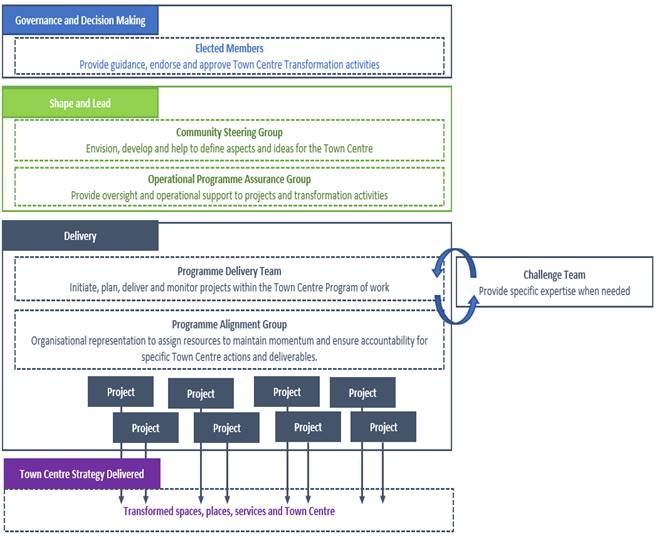
14. The Levin
Town Centre programme will be delivered using the above programme governance
and operational management structure, with the following functions and groups:
Governance
and Decision making
· Elected Members
provide governance to advise and steer the Levin Town Centre programme.
The Elected members support the programme to make decisions by providing
oversight, guidance and direction to Levin Town Centre Transformation
programme.
Shaping
and Leading
· Community
Steering Group: Contribute and inform details of the Levin Town Centre
projects. They represent the interests of people, places and businesses
that will use, visit, live and play in the town centre. The Community
Steering Group will include representation from local youth, community groups,
iwi and business, as well as two appointed Elected Members and one Māori
Ward Councillor.
· Operational
Programme Assurance Group: This group consists of the Chief Executive,
Group Manager Community Vision and Delivery and the Programme Delivery Team who
will provide management oversight, and two independent specialists who will
provide independent commercial advice and oversight.
Delivery
· Programme
Delivery Team: Programme delivery refers to the organising and sequencing
of multiple projects that will be required to transform the Levin Town Centre,
and seeks to manage the interdependencies and interconnectedness of each.
Programme management includes the identification of projects, planning and
sequencing as well as monitoring and managing project delivery where
appropriate.
· Challenge Team:
Offers expertise and experience of key minds and previous contributors.
They will incorporate new and existing expertise and ideas to bring a refreshed
approach and thinking to the Levin Town Centre Transformation. The
Challenge Team include members who bring external technical and specialist
expertise not currently held within Council. These members bring ideas
and experience that compliments the needs of the Levin Town Centre programme.
· Programme
Alignment Group: Ensures internal organisational alignment and
representation across the Council to assign resources, maintain momentum and
ensure accountability for specific Levin Town Centre actions and
deliverables. The structure of this group may change slightly depending
on what projects are in flight and the relevant parts of the organisation
involved. There is the opportunity to also include external partners if
there is the desire to be involved in the regular operations of delivering the
programme.
15. The
transition to the new structure is proposed to occur in July 2025 subject to
Council’s support. As part of this the membership particularly of
the Community Steering Group will be considered to ensure that there is
appropriate representation of the business and development sector to complement
the existing members. Council has appointed Councillors Grimstone and Jennings
to the Levin Town Centre Steering Group. The change in structure will see
the two appointed elected members joined by a Māori Ward Councillor,
become members of the Community Steering Group. While all elected members
would be welcome to attend the meetings, the three appointed elected members
would be the Town Centre champions that officers work closely with when preparing
and holding the Community Steering Group Meetings. This report is seeking
Council approval of the new programme governance structure and the appointment
one of the current Māori Ward Councillors to join the Community Steering
Group alongside the two currently appointed elected members.
16. The
operational management part of the proposed structure sits with the Chief
Executive to determine and execute.
17. Officers are
seeking approval of the programme governance structure. If Council is not comfortable
approving the proposed structure as recommended then officers ask that Council
provide clear direction on the further changes needed for the structure to be
approved by Council.
18. For
reference, the governance structure that is currently in operation is outlined
below to identify the differences between the current version and the new
structure that is being transitioned to in July.

Programme
Delivery Approach
19. As the
programme progresses and as further information, dependencies and restrictions
are understood, we propose a project framework is used specifically for the
Levin Town Centre Transformation. The framework is outlined below and
will allow the flexibility to adapt and change the project mix, as required,
while the programme leadership structure will provide guidance and direction to
determine what projects should be included, withdrawn or delayed during the
delivery of the Levin Town Centre Transformation.
Project Management Delivery Framework
20. The Levin
Town Centre Transformation is a complex programme that requires the delivery of
multiple projects. The Project Management Delivery Framework will work to
manage the interdependencies and interconnectedness of each.
21. We propose to
use a project delivery framework to ensure a consistent approach is applied to
the scope, cost, time, dependency and risk management of the projects within
the programme. This will also see that approvals are sought from the
Operational Programme Assurance Group before projects are progressed to the
next stage.

Constraints and Assumptions
22. Assumptions
and constraints will be developed at a project level, and reported to the
programme to enable monitoring and reporting that projects are operating within
the constraints and assumptions they have set. Where a project is
impacted by a change in constraint or assumption it will be escalated to the
Operational Programme Assurance Group.
Programme
Tolerances
Cost
Tolerance
23. Due to the
variable nature of the projects we propose that financial tolerances are set at
project level specific to the level of complexity. The amount of contingency
allocated within the budget of a project is calculated on the risks or
unknowns. This will be included as contingency in the projects budget.
The contingency will only be made available after a change request is submitted
to, and approved by, the Operational Programme Assurance Group.
Time
Tolerance
24. We are
proposing a time tolerance of four weeks for most projects, unless stated
otherwise in the project plan. Where a project is requesting an extension on
key milestones, a change request will be submitted outlining the impacts of the
extension, with options and recommendations for the Operational Programme
Assurance Group to consider and approve.
Scope and Quality Tolerance
25. Each project
will set a clear scope and description that will define what is in the scope,
and expected level of quality. Any changes to the scope or quality will be
managed as part of a change process, seeking approval from the Operational
Programme Assurance Group if they are to be altered.
Benefits
26. Where
a project is able to deliver measurable benefits, these will be presented as
part of the project plan or business case, including when and how they will be
measured and the benefit tolerance.
Risk Management
27. All
projects will be required to undertake risk and issue assessments. Risk
will be managed in line with HDC’s Risk Policy and Framework. The
most significant risks that might prevent, degrade or delay the achievement of
the programme vision will be raised to the Operational Programme Assurance
Group.
Programme Funding
28. It
is recognised that the Levin Town Centre Transformation is identified as a
programme, so as it progresses, it will inevitably create specific projects
within this main programme of work. On that basis and until specific and
individual projects have been identified and approved by Council, a pool of
money would be required enabling officers to apportion and assign funds to
identified projects to continue to deliver on the Levin Town Centre
Strategy. This is consistent with the approach taken through the Long
Term Plan 2024-44 where an activation fund was established.
29. Financial
delegations would be in accordance with the Delegations Register and the Chief
Executive’s Delegations Register.
30. Current
funding will contribute towards property acquisition, place making initiatives,
commercial and legal expertise, as well as specialist experts who may need to
be engaged where skills and expertise are not provided within Council.
However, future secure funding is required to ensure the project continues to
deliver on the Council’s Community Outcomes of being a vibrant economy
and adhere to strong communities.
Project Prioritisation
31. The
current project prioritisation and budget associated to each project that is
currently identified within the implementation plan was also reviewed during
the Steering Group workshop (23 May 2025) to reflect the current and future
status of the projects identified within the programme of work. As the Levin
Town Centre work has progressed, greater clarity around timeframes, costs and
scopes have emerged. The updated Levin Town Centre Transformation
Implementation Plan 2023-2025 is attached to this report to provide Council an
update on the projects. It provides commentary on the projects and progress of
these.
Options
| Ngā Kōwhiringa
32. Option 1:
Council approve the proposed changes to the programme governance structure to
enable a more effective and efficient process to deliver on the Levin Town
Centre Transformation Strategy.
33. Option
2: Council do not approve the proposed changes to the programme
governance structure, but will provide direction and recommendations to
officers on what changes Council would like to see adapted to the future
governance structure.
34. Option 3:
Council approve the appointment of a Māori Ward Councillor to the Levin
Town Centre Transformation Community Steering Group.
35. Option
4: Council do not approve to the appointment of a Māori Ward
Councillor to the Levin Town Centre Transformation Community Steering Group,
but will provide direction to officers on this process.
36. Officers
recommend that Council support Option 1 and Option 3.
ENGAGING WITH MĀORI | TE MAHI TAHI KI TE
MĀORI
37. To date, iwi/hapū
have been invited to attend all Levin Town Centre Transformation Reference
Group meetings and workshops. Under the new governance and programme
leadership structure, and pending Council approval, it is proposed for iwi/hapū
to be part of the Community Steering Group.
CLIMATE CHANGE | NGĀ ĀHUARANGI HURIHURI
38. There
are no Climate Change considerations directly associated with any decisions
sought from this report.
FINAnCIAL AND RESOURCING | TE TAHUA PŪTEA ME
NGĀ RAUEMI
39. There are no financial and resourcing
considerations directly associated with any decisions sought from this
report. The work associated with the matters raised in this report
are covered through the Levin Town Centre budgets in the Long Term Plan
2024-44.
Legal and Risk | Te Ture me ngā
Mōreareatanga
40. There
are no legal and risk considerations directly associated with any decisions
sought from this report.
POLICY IMPACT | NGĀ PĀTANGA I NGĀ
KAUPAPA HERE
41. There is no policy impact
directly associated with any of the decisions sought from this report. The
proposed changes to the programme governance structure are
to support the efficient and effective delivery of the Levin Town Centre
Transformation Strategy and Implementation Plan.
COMMUNICATIONS AND ENGAGEMENT | TE WHAKAWHITI
PĀRONGO ME TE MAHI
42. There has not been a need for
wider communication to date on any of the topics relating to this report,
however pending Council approval, all relevant parties involved with the
existing programme governance structure will be provided with the appropriate
communication to inform them of the newly formed governance and programme
leadership structure.
Next Steps | HEI MAHI
43. If
the new programme governance structure is approved by Council, the transition
to the new revised structure would take place in July 2025. Existing
members in the new structure would be advised of the changes.
44. If
Council appoint a Māori Ward Councillor to the new Levin Town Centre
Community Steering Group, then that Councillor would be invited along with the
two currently appointed Councillors to attend the next Steering Group
meeting.
|
Confirmation of statutory compliance
In accordance
with sections 76 – 79 of the Local Government Act 2002, this report is
approved as:
a. containing
sufficient information about the options and their advantages and
disadvantages, bearing in mind the significance of the decisions; and,
b. is
based on adequate knowledge about, and adequate consideration of, the views
and preferences of affected and interested parties bearing in mind the
significance of the decision.
|
Attachments | NGĀ
TĀPIRINGA KŌRERO
|
No.
|
Title
|
Page
|
|
a⇩

|
Levin Town Centre
Transformation Programme, Implementation Plan 2023 – 2025 - Updated
June 2025
|
182
|
|
Council
25 June 2025
|

|
File No.:
25/375
8.8 Confirmation
of Process - Bath Street and Salisbury Street Carpark
|
Author(s)
|
Robyn Ryder
Strategic
Projects Coordinator | Kaikotuitui Kaupapa Rautaki
|
|
Approved by
|
Susan Philp
Strategic
Projects Manager | Kaihautū Hinonga Rautaki
|
|
|
David McCorkindale
Group Manager -
Vision & Delivery | Tumu Rangapū, Matawhānui Hapori, Whakarite
|
|
|
Monique Davidson
Chief Executive
Officer | Tumuaki
|
Purpose | TE PŪTAKE
1. This
report seeks a decision from Council on whether there is a desire for the First
Right of Refusal to Iwi Policy to be applied to the process of selling the Bath
Street and Salisbury Street Carpark, despite the earlier decision of Council on
20 March 2024, which delegated the authority to the Chief Executive to finalise
the documentation associated with the Levin Town Centre Transformation Request
for Expressions of Interest for the Redevelopment of the Bath Street/Salisbury
Carpark, and to release it to market at a strategically appropriate and
opportune time.
This matter relates to
Activating the Levin Town Centre.
Implement agreed Strategy
initiatives.
Pursue connections and
relationships to build momentum outside of Council led-initiatives.
Executive Summary | TE WHAKARĀPOPOTOTANGA
MATUA
2. Officers
seek a decision from Council on whether the recently adopted First Right of
Refusal to Iwi Policy is to be applied to the sale of the Bath Street/Salisbury
Street Carpark or whether the existing Council resolution on 20 March 2024 to
proceed to the Expression of Interest is the preferred path.
DELEGATION OR AUTHORITY TO ACT | TE MANA WHAKATAU I
NGĀ KAWENGA
3. The
authority to dispose of assets is contained in Council’s term of
reference 1.1 c); “borrow money, or purchase or dispose of assets, other
than in accordance with the Long Term Plan”.
4. Council
has delegated the authority to the Chief Executive to finalise the
documentation associated with the Levin Town Centre Transformation Request for
Expressions of Interest for the Redevelopment of Bath Street/Salisbury Street
Carpark and commence the process at an appropriate time to strategically align
with other key moves in the Levin Town Centre.
5. If
Council were to support applying the First Right of Refusal to Iwi Policy
further delegation would need to be considered to give the authority to the
Chief Executive to proceed with the sale and purchase through that process.
SIGNIFICANCE ASSESSMENT | He Aromatawai Matua
6. This
matter is assessed as not significant. The Bath Street/Salisbury Street
Carpark is not identified as a strategic asset. Despite potential high
community interest, the matter is assessed against the Significance and
Engagement Policy and does not trigger any other assessment matters and therefore
is deemed to be not significant.
RECOMMENDATION | NGĀ TAUNAKITANGA
A. That Report 25/375 Confirmation of Process - Bath Street and
Salisbury Street Carpark be received.
B. That this matter or decision is recognised as not significant in
terms of S76 of the Local Government Act.
C. That Council agree to the First Right of Refusal to Iwi Policy being
applied to the sale of the Bath Street / Salisbury Street Carpark and if the
property is not sold through that process then Officers are to continue with
the Expression Interest process to the open market.
OR
That Council agree that the First Right of
Refusal to Iwi Policy is not applied to the sale of the Bath Street / Salisbury
Street Carpark and that officers continue with the Expression of Interest
process to the open market as per the Council resolution CO/2024/68 20 March
2024.
Background | HE KŌRERO TŪĀPAPA
7. Council
adopted the Levin Town Centre Transformation Implementation Plan to deliver on
the Levin Town Centre Transformation Strategy during a public excluded part of
the Council Meeting held on 13 December 2023. The adoption of the Levin
Town Centre Transformation Implementation Plan has enabled Officers to manage
progression of property acquisition, new development opportunities and the
upgrading of existing town centre assets that align with the Town Centre
Transformation Strategy.
8. During
the public excluded part of the Council meeting held on 20 March 2024, Council
approved an Expressions of Interest (EOI) process to redevelop the Bath
Street/Salisbury Street carpark. This approval gave the mandate for
officers to be in a position ready to commence to seek expressions of interest
at a time that strategically aligned with other projects associated to
delivering on the Levin Town Centre Strategy. This mandate of Council is
what officers are currently acting on as they prepare to commence the EOI
process.
Discussion | HE MATAPAKINGA
9. To
keep momentum on delivery of the Levin Town Centre Strategy, it is envisaged
that the most opportune timeframe to go out with the EOI opportunity to
redevelop the Bath Street/Salisbury Street carpark is immediately after the
sale and purchase of the Levin War Memorial Hall and Village Green has been
completed. The existing resolution of Council provides for this.
10. The
approval was given by Council on 20 March 2024 for an EOI process to take place
occurred prior to Council’s recent decision on 14 May 2025 to provide the
First Right of Refusal to Iwi to purchase Council owned property.
Therefore, officers considered it appropriate to check with Council in relation
to the Bath Street/Salisbury Street Carpark.
11. Officers are
seeking direction from Council, on whether there is a desire to continue with
the existing mandate and commence the EOI process or whether Council want to
apply the First Right of Refusal Policy to this redevelopment opportunity.
Options | Ngā
Kōwhiringa
12. Option
1: Do not apply the First Right of Refusal Policy and continue under the
current mandate provided by Council to progress the Expression of Interest
Process.
13. Option
2: Apply the First Right of Refusal Policy to the Bath Street/Salisbury Street
Carpark site and proceed to the Expression of Interest Process if the site is
not sold to Iwi.
14. In
weighing up the two options Council’s considerations should include
matters such as timing, commercial tension and the range of
opportunities. The impact on timing for this process if the First Right
of Refusal Policy was to be applied, would add potentially two months to the
process. This would allow the necessary timeframe for the steps within
the Policy to be undertaken. It is conceivable that Iwi may choose not to
pursue this option meaning that the opportunity would be delayed from being
presented to the market by two months. Officers are confident (subject to
the Council decision on the Levin War Memorial Hall and Village Green resulting
in the sale and purchase being completed during July 2025), that it would still
be possible to have presented the opportunity to the market before December
2025.
15. The
Expression of Interest process is intended to seek proposals from the open
market, in the hope that there are a range of different proposals presented
that Council can then consider the merits of to determine which proposal is the
one to advance, as well as have an element of commercial tension where multiple
proposals meet the brief. By contrast, if following the First Right of
Refusal Policy, and Iwi were interested in purchasing the site, then Council
would not be deciding between a range of proposals. The land and proposed
development would be sold to the Iwi that was able to meet the requirements of
the Policy. Noting that there could still be particular outcomes from the
development of the site that Council could make conditional on the sale to
ensure specific outcomes are delivered that contribute to the transformation of
the town centre.
16. It is noted
that if the Expression of Interest process was followed for this site, this
would not prevent Iwi from putting forward a proposal for consideration as part
of that process. This would see any proposal put forward by Iwi
considered alongside any other proposals submitted and assessed against the
objectives and requirements set out in the Expressions of Interest.
ENGAGING WITH MĀORI | TE MAHI TAHI KI TE
MĀORI
17. If
Council made the decision to apply the First Right of Refusal to Iwi Policy
then engagement with local iwi/hapū would occur through that process.
18. If
Council made the decision not to apply the Frist Right of Refusal to Iwi Policy
then engagement with local iwi/hapū would occur when the timeframe to seek
Expressions of Interest for the redevelopment of the Bath Street and Salisbury
Street Carpark has been confirmed to ensure that iwi/hapū were aware of
the opportunity.
CLIMATE CHANGE | NGĀ ĀHUARANGI HURIHURI
19. There
are no climate change considerations directly associated with the decision to
apply the First Right of Refusal to Iwi Policy.
FINAnCIAL AND RESOURCING | TE TAHUA PŪTEA ME
NGĀ RAUEMI
20. There
are no financial and resourcing considerations directly associated with the
decision to apply the First Right of Refusal to Iwi Policy.
Legal and Risk | Te Ture me ngā
Mōreareatanga
21. There
is some inherent risk associated with the fact that if Council made the
decision to apply the First Right of Refusal to Iwi Policy then the Bath
Street/Salisbury Street Carpark could be the first Council property to go
through the process. By virtue of being the first to go through the
process, it carries some risk given the newness of the process, and any
challenge to the Policy or process would likely occur at this point.
POLICY IMPACT | NGĀ PĀTANGA I NGĀ
KAUPAPA HERE
22. The
application of the First Right of Refusal to Iwi Policy adopted by Council 14
May 2025, forms part of the consideration in this report. Although not
technically necessary, officers are providing Council with the opportunity to
confirm whether they would like the policy applied to the Bath Street/Salisbury
Street Carpark.
COMMUNICATIONS AND ENGAGEMENT | TE WHAKAWHITI
PĀRONGO ME TE MAHI
23. There
has not been a need for wider communication to date on this topic, however
communication via Council’s media channels will be undertaken once
officers have been provided with a timeframe to release the Expressions of
Interest to redevelop the Bath Street/Salisbury Street Carpark, either directly
to the open market or applying the First Right of Refusal to Iwi Policy.
Next Steps | HEI MAHI
24. Following
a decision by Council whether to apply the First Right of Refusal to Iwi Policy
to the Bath Street/Salisbury Street Carpark, the appropriate communication and
engagement with local iwi/hapū and the development sector will be
programmed.
|
Confirmation of statutory compliance
In accordance
with sections 76 – 79 of the Local Government Act 2002, this report is
approved as:
a. containing
sufficient information about the options and their advantages and
disadvantages, bearing in mind the significance of the decisions; and,
b. is
based on adequate knowledge about, and adequate consideration of, the views
and preferences of affected and interested parties bearing in mind the
significance of the decision.
|
Attachments | NGĀ
TĀPIRINGA KŌRERO
There are no appendices for
this report
|
Council
25 June 2025
|

|
File No.:
25/372
8.9 Draft
Foxton Beach Endowment Fund Policy - Adoption for Consultation
|
Author(s)
|
Ashley Huria
Business
Performance Manager | Tumu Tutukinga Pakihi
|
|
Approved by
|
Jacinta Straker
Group Manager
Organisation Performance | Tumu Rangapū, Tutukinga Whakahaere
|
|
|
Monique Davidson
Chief Executive
Officer | Tumuaki
|
Purpose | TE PŪTAKE
1. To
seek Council’s approval to release the draft Foxton Beach Endowment Fund
Policy for public consultation and to outline the proposed approach to engaging
with the Foxton Beach community. The purpose of this policy is to provide a
clear, fit-for-purpose framework for managing and distributing the Endowment
Fund in accordance with its legislative obligations and community expectations.
This matter does not relate
to a current Council priority.
Executive Summary | TE WHAKARĀPOPOTOTANGA
MATUA
2. In
September 2023, work commenced on reviewing the current approach to ensure the
fund continues to meet its legislative intent and delivers meaningful and
enduring outcomes.
3. The
review process has been collaborative, involving representation from the Te
Awahou Foxton Community Board, Kere Kere Ward Councillors, the Mayor,
Māori Ward Councillors, and a hapū representative of the Papangaio J
Block descendants. Throughout 2024 and 2025, several workshops, hui, and
community discussions were held to shape the direction of the policy. The
policy is now in draft form and ready for broader community consultation.
4. Consultation
is proposed to run from 30 June to 27 July 2025, with engagement to include
online and hard copy materials, submission forms, drop-in sessions, and a
community meeting. Feedback from this process will inform the final version of
the policy, which is expected to be presented to Council for adoption in early
September.
DELEGATION OR AUTHORITY TO ACT | TE MANA WHAKATAU I
NGĀ KAWENGA
5. Council holds
the authority to adopt the draft policy for public consultation and as the
legal “Corporation” under the Reserves and Other Lands Disposal Act
1956, is responsible for administering and making decisions on matters relating
to the Foxton Beach Endowment Fund.
SIGNIFICANCE ASSESSMENT | He Aromatawai Matua
7. This matter is assessed as medium significance according to
the Significance and Engagement Policy because it affects the Foxton Beach
community.
RECOMMENDATION | NGĀ TAUNAKITANGA
A. That Report 25/372 Draft Foxton Beach Endowment Fund Policy -
Adoption for Consultation be received.
B. That this matter or decision is recognised as not significant in
terms of S76 of the Local Government Act.
C. That Council adopt the draft Foxton Beach Endowment Fund Policy for
consultation with the community over the period of 30 June to 27 July
2025
Background | HE KŌRERO TŪĀPAPA
7. The Foxton Beach
Endowment Fund, also previously known as “Foxton Beach Freeholding
Account”, originated in 1989 following local government amalgamation when
Horowhenua District Council inherited assets from the former Manawatu Borough
Council. This fund was established to hold and manage the proceeds from
endowment land at Foxton Beach, with a clear principle that all income
generated whether from lease payments, property sales, or other asset returns
be ring fenced exclusively for the benefit of the Foxton Beach community.
8. Over the years, the
fund has supported a range of local projects including infrastructure upgrades,
recreational amenities, and community facilities, all within the boundaries of
Foxton Beach. Notably, from 2007 to 2023, approximately $5.7 million was
invested into community assets, including significant projects like the Forbes
Road subdivision, stormwater improvements, footpaths, and contributions to the
Foxton Pools and Te Awahou Nieuwe Stroom.
9. In 2022–2023,
during the preparation of the amended Long Term Plan, the Council approved the
use of $500,000 from the fund to contribute toward the Foxton Pool
redevelopment. This decision projected the fund balance to dip below the $5
million minimum reserve level established in policy - a move that, while not
illegal, breached existing policy settings. As a result, the need to review the
policy and re-establish clear, future focused guidance for the use of the fund
became apparent again.
10. The last Foxton Beach
Freeholding Account Strategy and Policy was adopted on 07 October 2009. Since
that date, the document is yet to have a review that results in an adoption of
a new strategy and policy.
11. The policy review formally
commenced in mid 2023. The commencement of this work began with an open
invitation for all iwi to participate. An outcome of this process, the working
group was established with membership comprising representatives from the Te
Awahou Foxton Community Board, Kere Kere Ward Councillors, the Mayor,
Māori Ward Councillors, and a hapū representative of the descendants
of the original Papangaio J Block owners.
12. In September 2023, work began
on the development of the Foxton Beach Endowment Fund Review Paper. Many hui
were in the development of the paper which set out the proposed review process,
including the purpose and aims of the review, its fundamental principles,
desired outcomes, key focus areas, and the proposed composition of the working
group. The review paper was endorsed by the Te Awahou Foxton Community Board on
4 March 2024 and formally adopted by Council on 20 March 2024.
13. A hui with the working group
was held on 11 June 2024 to determine the next steps in the review process,
during which a draft timeline was outlined.
14. At
that time, the review had entered the visit and information gathering phase. As
part of this stage, it was agreed that both officers and the working group
would research alternative governance and funding models particularly those
used in Whanganui and Auckland and share their findings to inform the next
phase of the policy development.
15. On Thursday, 29 August 2024, a
visit to Whanganui was undertaken to gather information and gain insights into
the structure and learnings of Te Pūwaha, the Whanganui Port
revitalisation project. The purpose of the visit was to explore potential
options to inform the review process and to better understand opportunities for
the fund.
16. In November 2024, the working
group workshopped a preferred outline for the shape of the policy.
17. In May 2025, the policy
drafting process commenced, supported by a series of hui held. These gatherings
provided valuable input and ensured that all views were incorporated into the
evolving policy.
18. On 11 June 2025, a workshop was
held with Council to socialise the draft policy, allowing elected members to
engage with the content, ask questions, and provide initial feedback. This
session helped prepare the Council for the next formal step, which involved
presenting the policy for adoption to proceed to public consultation.
Discussion | HE MATAPAKINGA
19. The Foxton Beach Endowment Fund
plays a significant role in supporting local projects and infrastructure in
Foxton Beach, and as such, the development of a refreshed policy is both timely
and necessary. It ensures alignment with current legislative requirements and
reaffirms Council’s commitment to delivering community benefit through a
transparent and robust decision making process.
20. The collaborative review
process has ensured diverse perspectives have been incorporated, with
meaningful input from the working group. The policy recognises the significance
of the Endowment Fund, reinforces its legislative intent, and provides a
framework for future decision making that ensures sustainable and equitable
benefit for the Foxton Beach community.
21. Given the importance of
community voice in shaping the future use of the fund, a four-week public
consultation period is recommended. This will ensure residents have an
opportunity to provide feedback on the draft policy before it is finalised and
adopted in September 2025.
Options | Ngā
Kōwhiringa
|
Options | Ngā
Kōwhiringa
|
Benefits |
Ngā Whiwhinga
|
Risks | Ngā
Mōrearea
|
|
Option A (recommended)
Adoption of the draft policy for
consultation
|
Progresses the work programme in line
with Te Awahou Community Board direction.
Enables formal community consultation on
the draft policy.
Meet the timeline for adoption in
September
|
No risks
|
|
Option B (status quo)
Request officers to do further work on
the policy and bring it back to Council.
|
No benefits however provides more time
for refinement.
|
Potentially needing to condense
consultation.
Delayed timeline and adoption will either
be 8 October or in the new triennium
C.
D.
|
|
Option C (not recommended)
Discontinue work on the policy review.
|
No benefits
|
Leaves Council with an outdated framework
that lacks alignment with current legislative and financial context
|
ENGAGING WITH MĀORI | TE MAHI TAHI KI TE
MĀORI
22. At
the initiation of the policy review, a formal invitation was extended to
Muaūpoko Tribal Authority, Rangitāne, and Ngāti Raukawa,
including descendants of the original Papangaio J Block owners, to participate
in the process. This invitation acknowledged the historical and cultural
significance of the land and the importance of involving iwi in shaping the
future direction of the fund. As a result of this outreach, a representative of
the Papangaio J Block descendants accepted the invitation and committed to
being actively involved.
23. The
policy review process has been highly collaborative, with the representative
contributing meaningfully at every stage, from early discussions and strategic
workshops to drafting and reviewing the policy framework. Their ongoing
involvement has ensured that former owners of the lands perspectives were embedded
throughout the development of a policy intended to serve both current and
future generations of the Foxton Beach community.
FINAnCIAL AND RESOURCING | TE TAHUA PŪTEA ME
NGĀ RAUEMI
Financial Strategy Context
24. Under
Council’s current Financial Strategy and debt management approach, the
cash balance of the Foxton Beach Endowment Fund is utilised to offset overall
Council debt. In return, the fund receives a return equivalent to
Council’s average borrowing interest rate. This effectively means that,
without the Endowment Fund, Council’s borrowings would be higher.
25. In
the 2021–2041 Long Term Plan (LTP), a significant level of property sales
was projected in the budget. However, as part of the development of the
2024–2044 LTP, these projections were revised downward, with only $1.1
million in property sales now budgeted for the 2025/26 year.
26. Provided
Council continues to apply a consistent approach to the disposal of properties
as it has with other non-endowment assets there should be no conflict in
relation to the Financial Strategy and this policy.
27. Legislative
Context and Use of Funds
28. The
Foxton Beach Endowment Fund was established to meet Council’s obligations
under section 13(14) of the Reserves and Other Lands Disposal Act 1968.
29. This section
requires that any net proceeds from the sale or lease of endowment land be used
specifically for the benefit of the inhabitants of the Foxton Beach Township.
30. This
includes funding the provision, improvement, maintenance, or repair of public
services and amenities such as roads, lighting, water supply, drainage,
sewerage, and other public works.
31. The fund also
encompasses any additional income generated through the investment of those
proceeds.
32. Accordingly,
any future sale of endowment land or returns from investment must be returned
to the Endowment Fund and used exclusively for initiatives that support and
enhance the Foxton Beach community.
33. This
legal framework ensures that the fund remains focused on its original purpose
and continues to deliver intergenerational benefit to the local community.
Legal and Risk | Te Ture me ngā
Mōreareatanga
34. There
is minimal legal risk associated with the policy, as the Foxton Beach Endowment
Fund is governed under the Reserves and Other Lands Disposal Act and the policy
has been developed in alignment with the provisions and intent of that
legislation.
POLICY IMPACT | NGĀ PĀTANGA I NGĀ
KAUPAPA HERE
Impact on previous resolutions and
Property Strategy 2021
35. The
2021 Property Strategy provides Council with an overarching framework for
managing its property portfolio. This document sets out the strategic intent
for property related decisions, under which more tailored policies and
approaches have been developed to address specific geographic areas or property
types. Examples include the Iwi First Right of Refusal Policy and the Levin
Town Centre Strategy.
36. These
targeted approaches are designed to align with the core principles of the
Property Strategy while allowing flexibility to respond to distinct local
contexts and community priorities.
37. The draft policy outlines the intention to develop a Foxton Beach
Property Utilisation Strategy as a next step following final policy adoption.
While there is potential for friction in relation to previous Council decisions
on individual properties within the Foxton Beach Endowment area, these prior
decisions have not yet been actioned or progressed. As such, there is currently
no direct conflict with the proposed policy.
38. Resolutions made under the 2021 Property Strategy could be reviewed,
amended, or revoked by Council, with new resolutions adopted as needed. This
flexibility ensures that Council’s property decisions remain responsive
to changing strategic priorities and evolving community aspirations.
COMMUNICATIONS AND ENGAGEMENT | TE WHAKAWHITI
PĀRONGO ME TE MAHI
39. A
four-week consultation period is proposed to run from 30 June to 27 July 2025,
during which the draft Foxton Beach Endowment Fund Policy will be made
available for community feedback.
40. Engagement
will be carried out through a combination of online and hard copy materials,
including a submission form hosted on Council’s website and available at
key community locations. To support meaningful participation, drop in sessions
and a community meeting will also be held to enable residents and ratepayers to
ask questions, provide input, and share views in an accessible setting.
41. The
consultation outcomes will be summarised and reported back to the Te Awahou
Foxton Community Board (TAFCB) in August 2025, with the following timeline
proposed;
|
Date
|
Item
|
|
30 June
to 27 July
|
Consultation period (4 weeks)
|
|
11
August
|
TAFCB Agenda release
|
|
18
August
|
TAFCB endorsement of Final Policy
|
|
27
August
|
Council agenda release
|
|
3
September
|
Adoption
|
Next Steps | HEI MAHI
42. Upon
adoption for consultation, the consultation period will begin 30 June 2025.
|
Confirmation of statutory compliance
In accordance
with sections 76 – 79 of the Local Government Act 2002, this report is
approved as:
a. containing
sufficient information about the options and their advantages and
disadvantages, bearing in mind the significance of the decisions; and,
b. is
based on adequate knowledge about, and adequate consideration of, the views
and preferences of affected and interested parties bearing in mind the
significance of the decision.
|
Attachments | NGĀ
TĀPIRINGA KŌRERO
|
No.
|
Title
|
Page
|
|
a⇩

|
DRAFT - Foxton Beach Endowment
Fund Policy v4 17 June 2025
|
197
|
|
Council
25 June 2025
|

|
File No.:
25/353
8.10 Local
Government New Zealand Annual General Meeting 2025 Remits
|
Author(s)
|
Grayson Rowse
Principal
Advisor - Democracy | Kaitohutohu Mātāmua - Manapori
|
|
Approved by
|
Monique Davidson
Chief Executive
Officer | Tumuaki
|
Purpose | TE PŪTAKE
1. To
seek direction from Council on which votes are to be cast for the remits at the
Local Government New Zealand Annual General Meeting 2025.
RECOMMENDATION | NGĀTAUNAKITANGA
A. That Report 25/353 Local Government New Zealand Annual General
Meeting 2025 Remits be received and noted.
B. That Council authorises the Mayor to vote as the Presiding Delegate
in accordance with the votes agreed in this resolution and appoints Crs Olsen
and Jennings as alternative delegates.
C. That Council votes IN FAVOUR/AGAINST/ABSTAIN (select one) Remit 1, which
is:
That LGNZ advocates for security system
payments to be included as an allowance under the Local Government Members
Determination, in line with those afforded to Members of Parliament.
D. That Council votes IN FAVOUR/AGAINST/ABSTAIN (select one) Remit 2,
which is:
That LGNZ advocate to Government for: a)
legislative change to make the Joint Management Agreement (JMA) mechanism more
accessible for councils to use with iwi/hapū, b) for the provision of
technical, legal and financial support to facilitate the use of JMAs for joint
council and iwi/hapū environmental governance, and c) for a mechanism such
as JMAs to be included in the Government’s new resource management
legislation.
E. That Council votes IN FAVOUR/AGAINST/ABSTAIN (select one) Remit 3,
which is:
That LGNZ advocates for the government
to update the Sale and Supply of Alcohol (Fees) Regulations 18 December 2013 to
account for inflation and include a mechanism for automatic annual inflation
adjustments.
F. That Council votes IN FAVOUR/AGAINST/ABSTAIN (select one) Remit 4,
which is:
That LGNZ advocate for the reform of the
Ministry of Education funded school bus services to provide an improved service
for families and to better integrate the services with council provided public
transport services, including the option of Public Transport Authorities (e.g.
regional and unitary councils) managing such services (with appropriate
government funding), noting that:
a. councils
better know their local communities; and
b. the
potential to reduce congestion from better bus services for schools; and
c. the
efficiency gains realised from integrating these two publicly funded bus
services
d. the
outdated and inflexible rules of the current centralised school bus system
G. That Council votes IN
FAVOUR/AGAINST/ABSTAIN (select one) Remit 5, which is:
That LGNZ works with the Government and Councils to
review current local government arrangements, including the functions and
structure of local government, to achieve a better balance between the need to
efficiently and effectively deliver services and infrastructure, while enabling
democratic local decision-making and action by, and on behalf of communities.
bACKGROUND | hE
KŌRERO TŪĀPAPA
2. Each
year, LGNZ member local authorities submit remits for consideration at the LGNZ
AGM. Proposed remits are intended to have a national focus articulating a major
interest or concern at the political level.
3. Remits
must have formal support from at least one zone or sector group meeting, or
five councils prior to being submitted.
4. Attending
the AGM this year will be His Worship the Mayor, and Councillors Jennings and
Olsen. The Chief Executive will also be attending
DISCUSSION | HE MATAPAKINGA
5. Eight
remits are presented at this year’s AGM for consideration. These
remits and rationale for them are contained in attachment 1.
6. This
year’s AGM is being held in person on Wednesday 16 July 2025.
7. The
Council may appoint up to three delegates to represent the Council at the
AGM. One of the delegates must be appointed as the Presiding Delegate and
a further two delegates can be appointed as alternate delegates.
The Presiding Delegate is responsible for casting the Council’s votes at
the AGM, with the alternates empowered to cast the vote should the Presiding
Delegate be absent when the vote is called.
8. The
delegates may be elected members or Council officers.
9. The
Council must advise the Chief Executive of LGNZ of the names and official
positions of the Presiding Delegate and the alternate delegates.
·
|
Confirmation of statutory compliance
In accordance
with sections 76 – 79 of the Local Government Act 2002, this report is
approved as:
a. containing
sufficient information about the options and their advantages and
disadvantages, bearing in mind the significance of the decisions; and,
b. is
based on adequate knowledge about, and adequate consideration of, the views
and preferences of affected and interested parties bearing in mind the
significance of the decision.
|
Attachments | NGĀ TĀPIRINGA
KŌRERO
|
No.
|
Title
|
Page
|
|
a⇩

|
LGNZ AGM Remits - 2025
|
210
|
|
Council
25 June 2025
|

|
File No.:
25/356
9.1 Interim
Organisation Performance Report - June 2025
|
Author(s)
|
Sue Fifita-Tovo
Executive
Officer | Āpiha Mātāmua
|
|
Approved by
|
Monique Davidson
Chief Executive
Officer | Tumuaki
|
Purpose | TE PŪTAKE
1. This
report presents the Interim Organisation Performance Report for June 2025.
This matter
relates to Pursuing Organisation Excellence
Continuing the
journey of organisational transformation by enabling a culture of service,
excellence and continuous improvement.
RECOMMENDATION NGĀ | TAUNAKITANGA
A. That Report Interim Organisation Performance Report - June 2025 be
received and noted.
bACKGROUND | hE
KŌRERO TŪĀPAPA
2. This
Interim Organisation Performance Report is prepared for every second Council
meeting and aims to provide a brief overview of the activities of Council, a
Performance Dashboard including summaries for Statement of Service Performance
(SSPs) and Organisation Performance Measures (OPMs).
3. The
report aligns with the 1 July 2024 – 31 December 2025 Plan on a Page and
reports on the status of each of the Top Priorities identified by Council.
DISCUSSION | HE MATAPAKINGA
4. The
intent of the report is to prompt open, transparent and constructive discussion
both around the Council table and within the community. It is a record of work
undertaken by the organisational arm of Council and outlines progress against
actions which align with the Council's vision and the community's expectations.
·
|
Confirmation of statutory compliance
In accordance
with sections 76 – 79 of the Local Government Act 2002, this report is
approved as:
a. containing
sufficient information about the options and their advantages and disadvantages,
bearing in mind the significance of the decisions; and,
b. is
based on adequate knowledge about, and adequate consideration of, the views
and preferences of affected and interested parties bearing in mind the
significance of the decision.
|
Attachments | NGĀ
TĀPIRINGA KŌRERO
|
No.
|
Title
|
Page
|
|
a⇩

|
Horowhenua District Council
Interim Organisation Performance Report - 25 June 2025
|
223
|
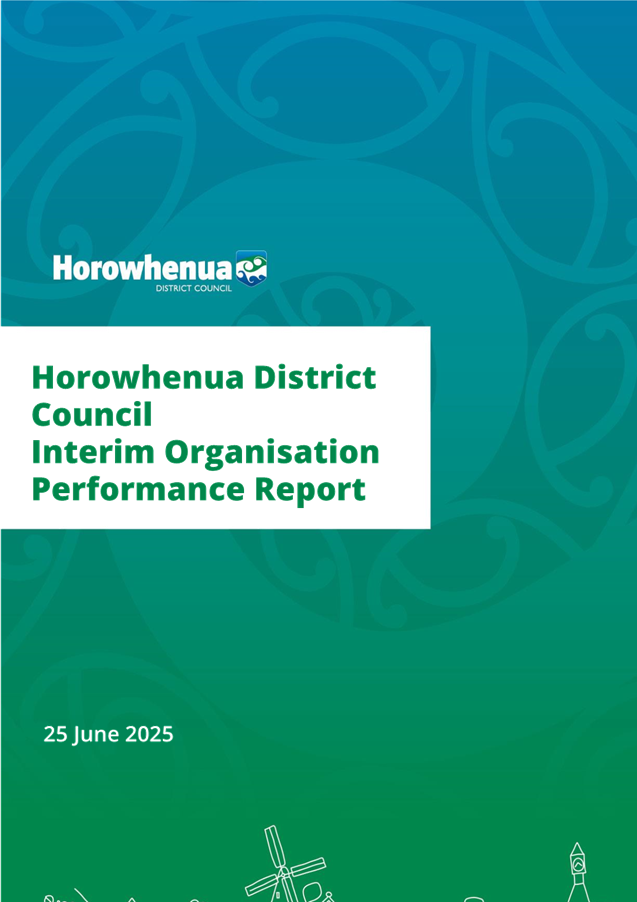


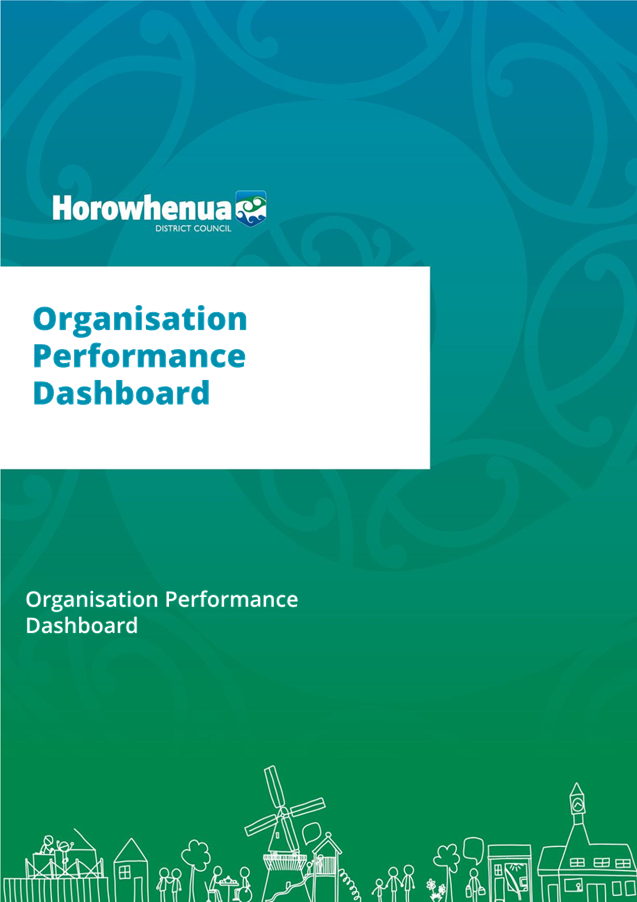
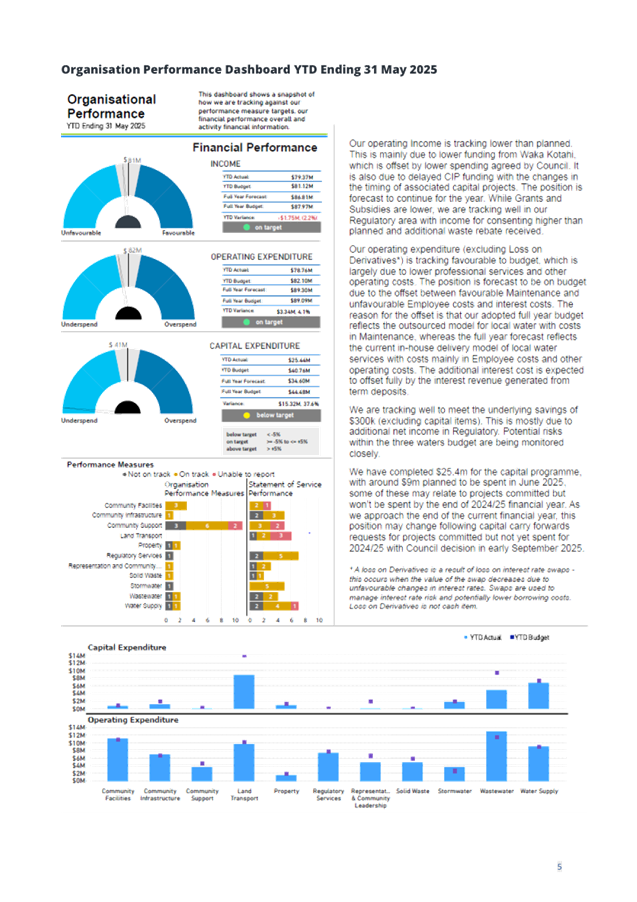
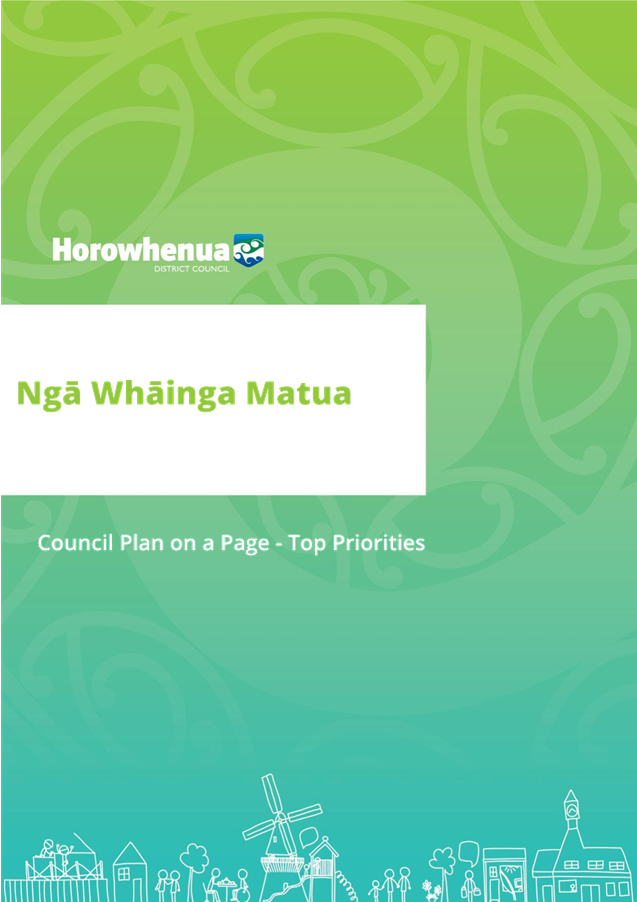
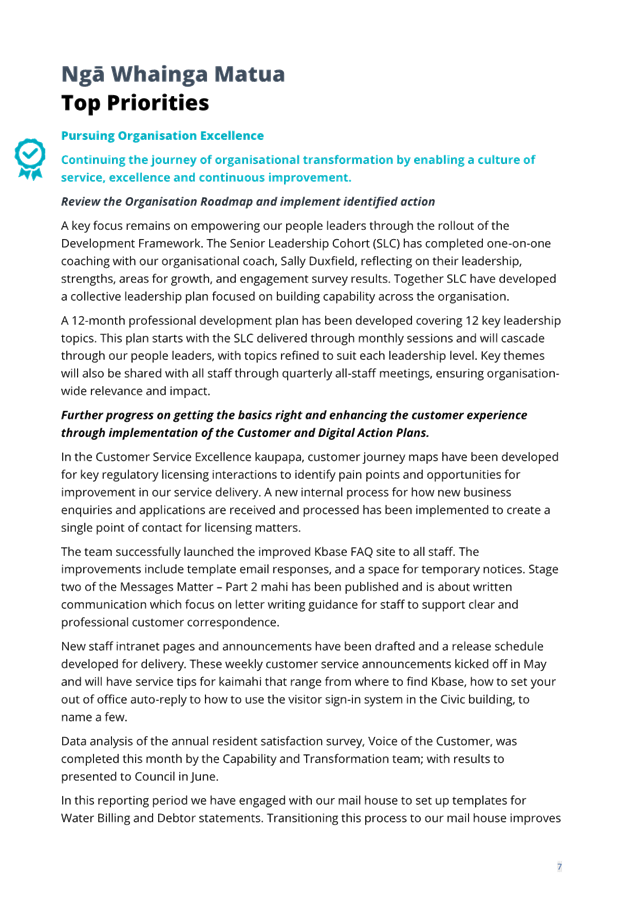
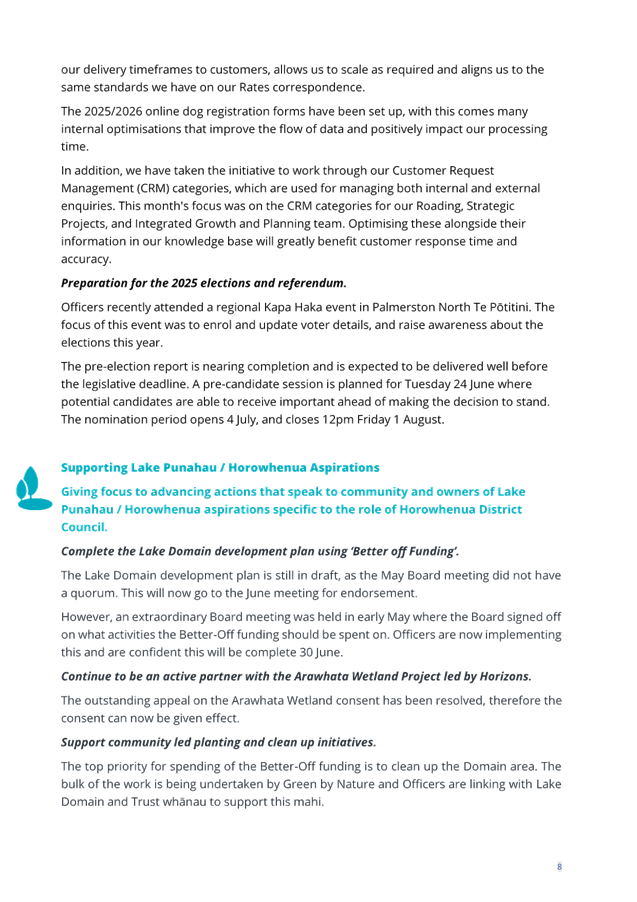
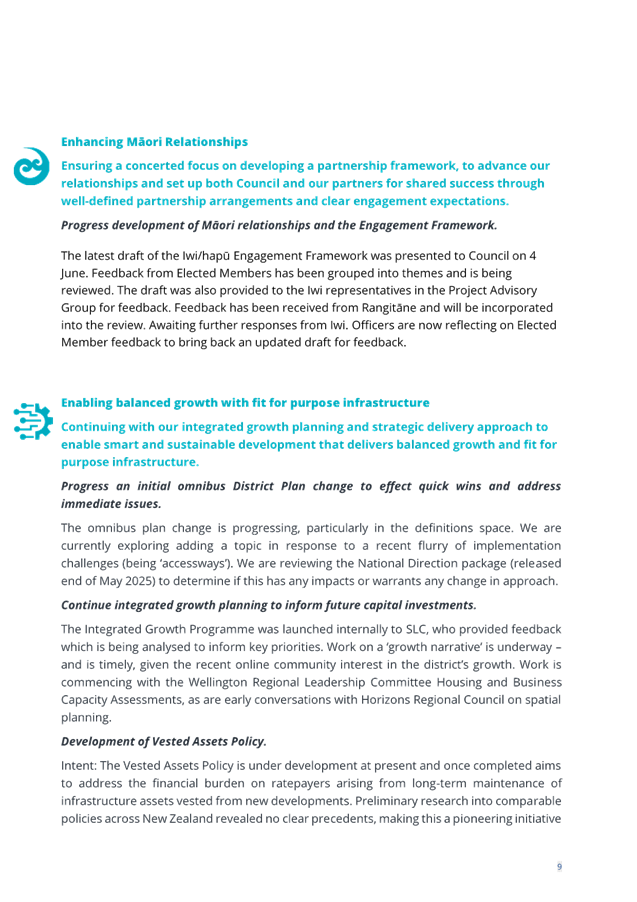
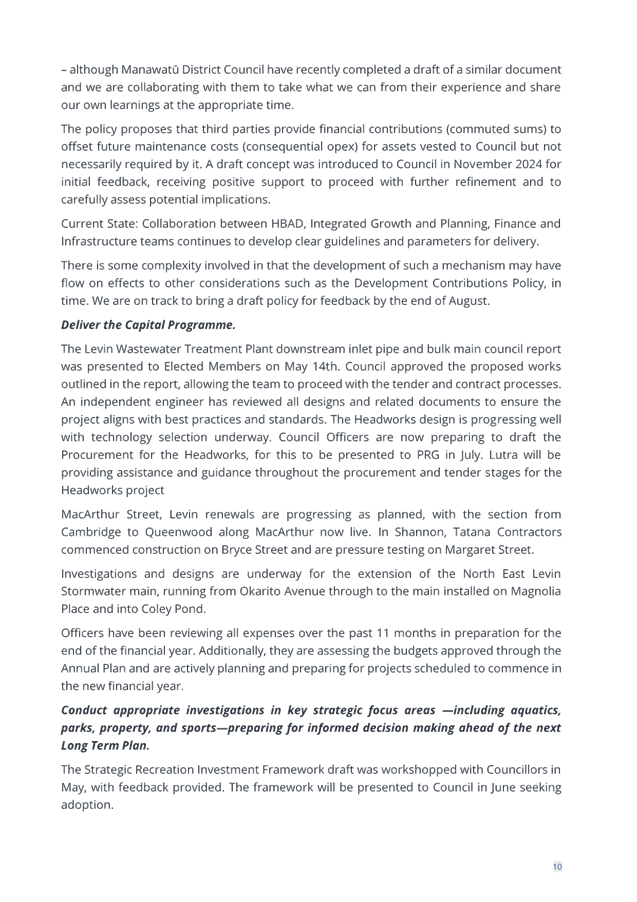
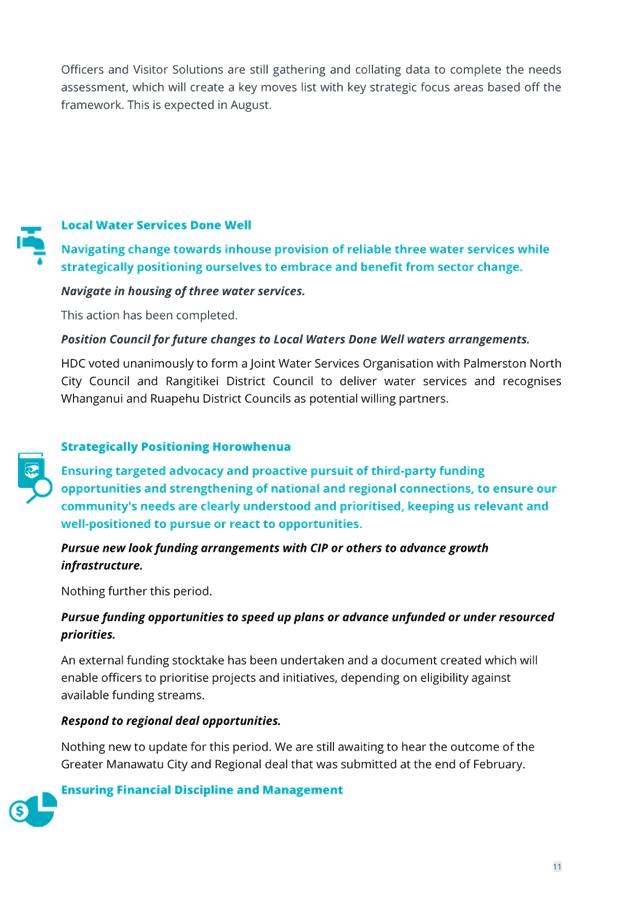
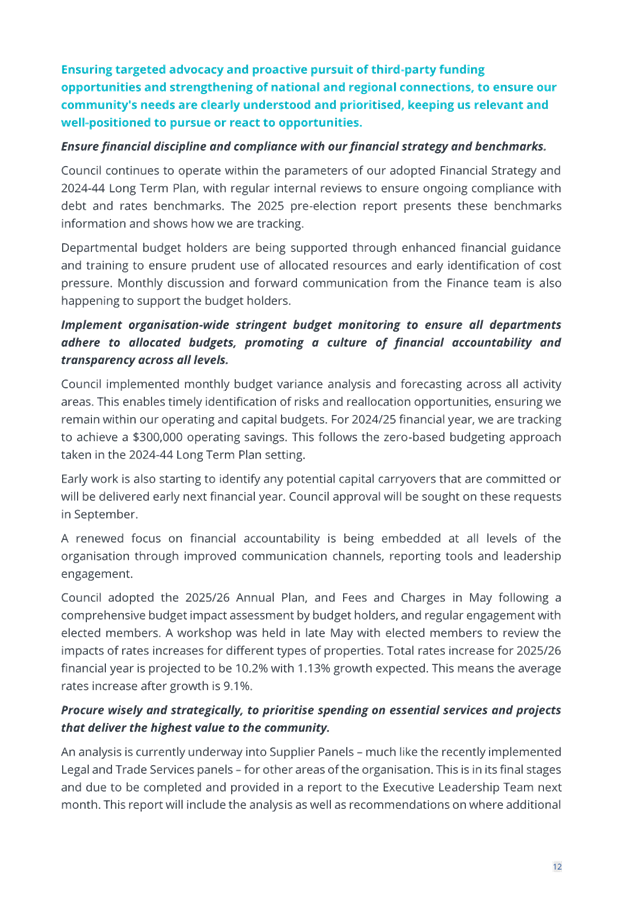
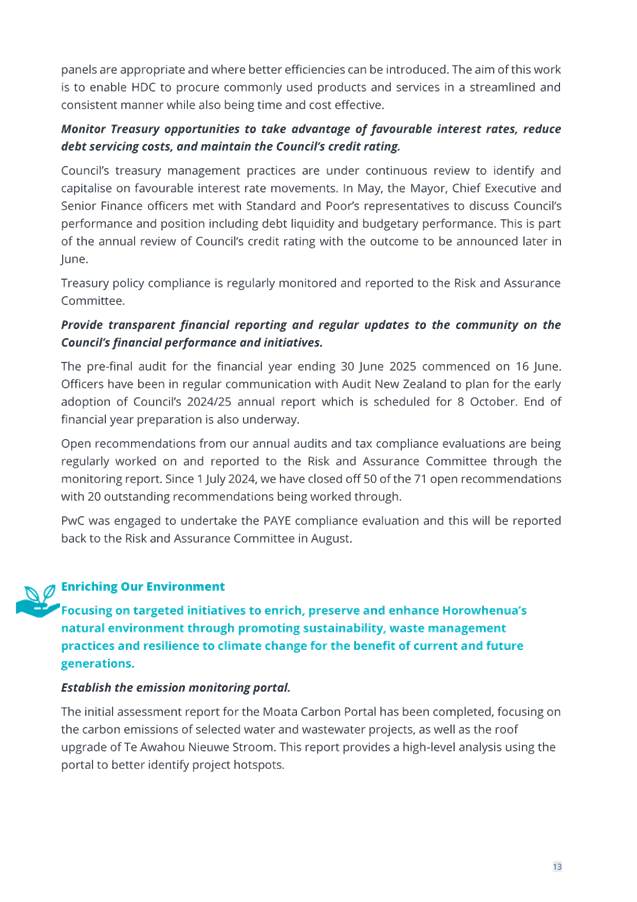

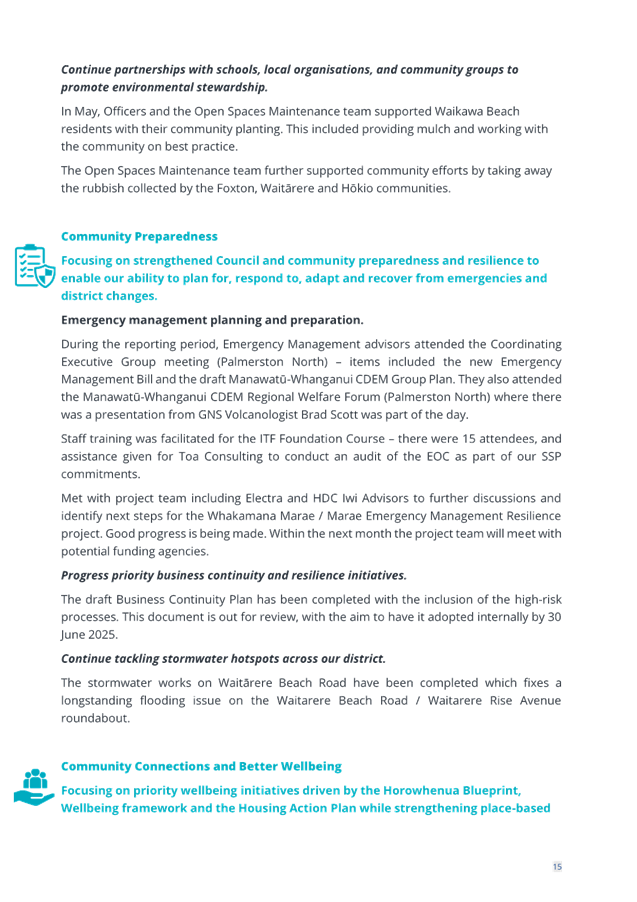
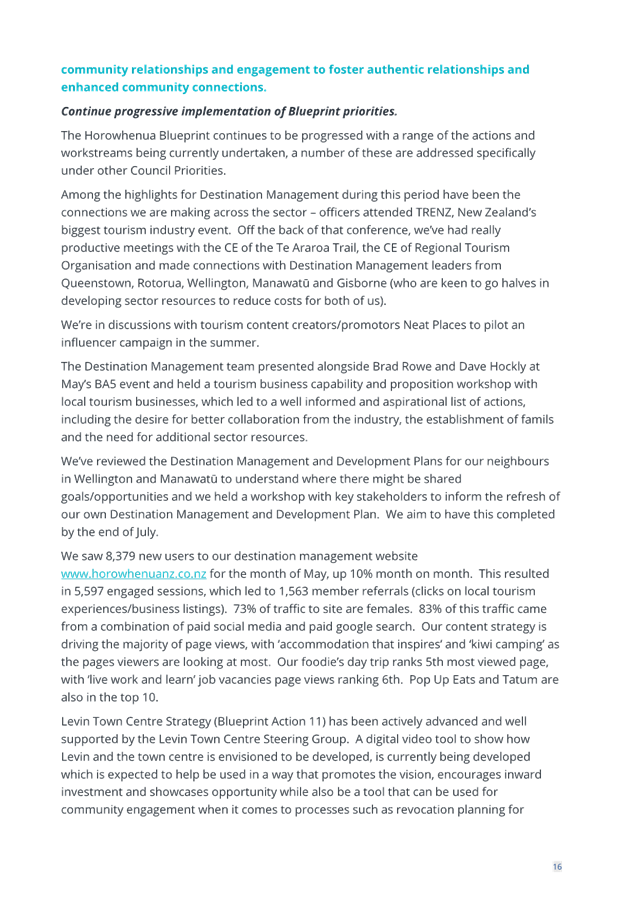
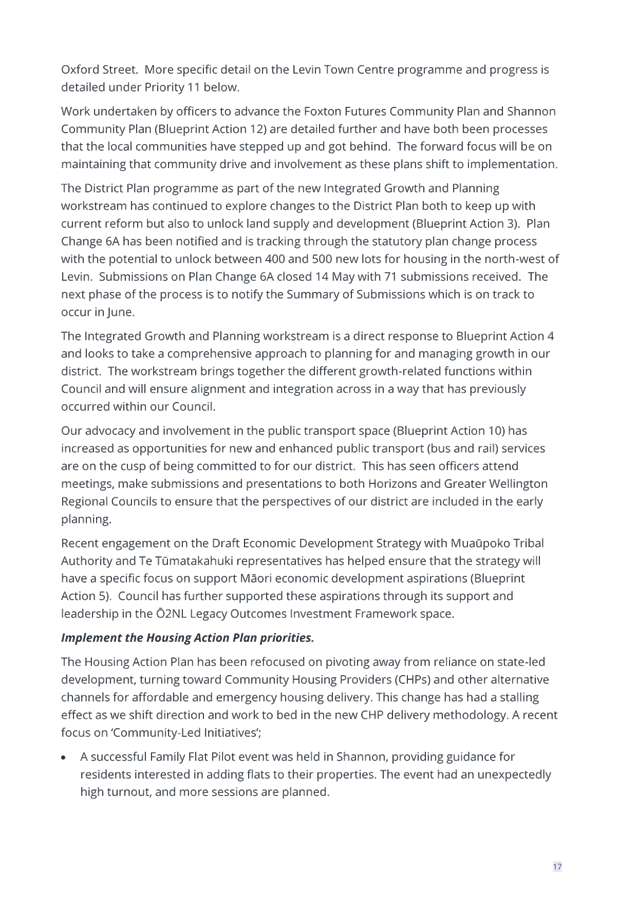
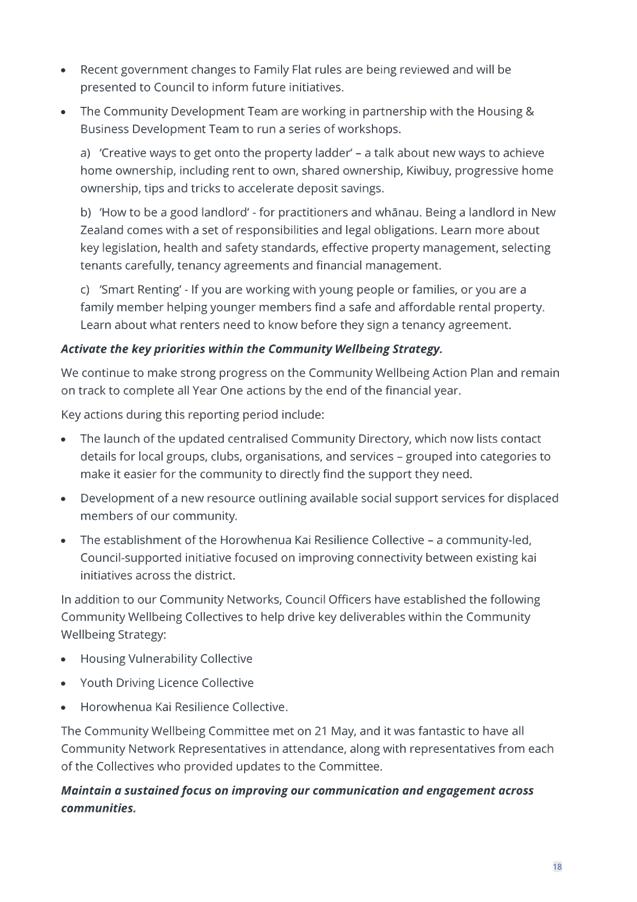
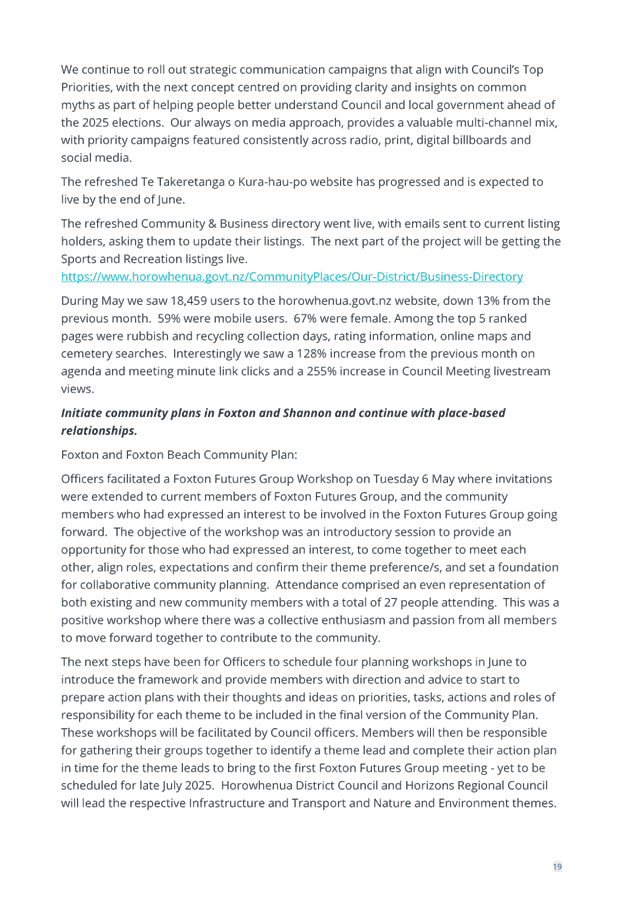
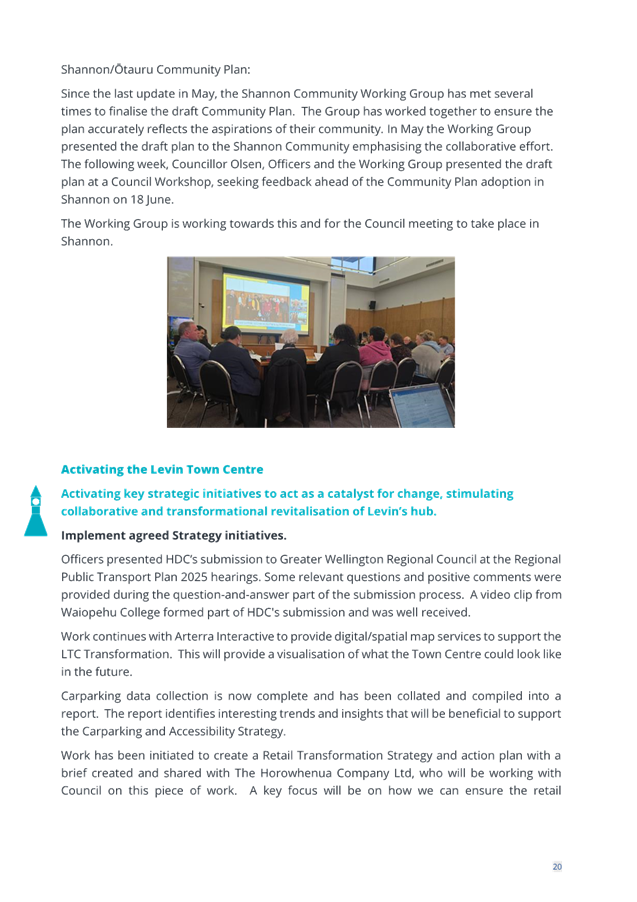
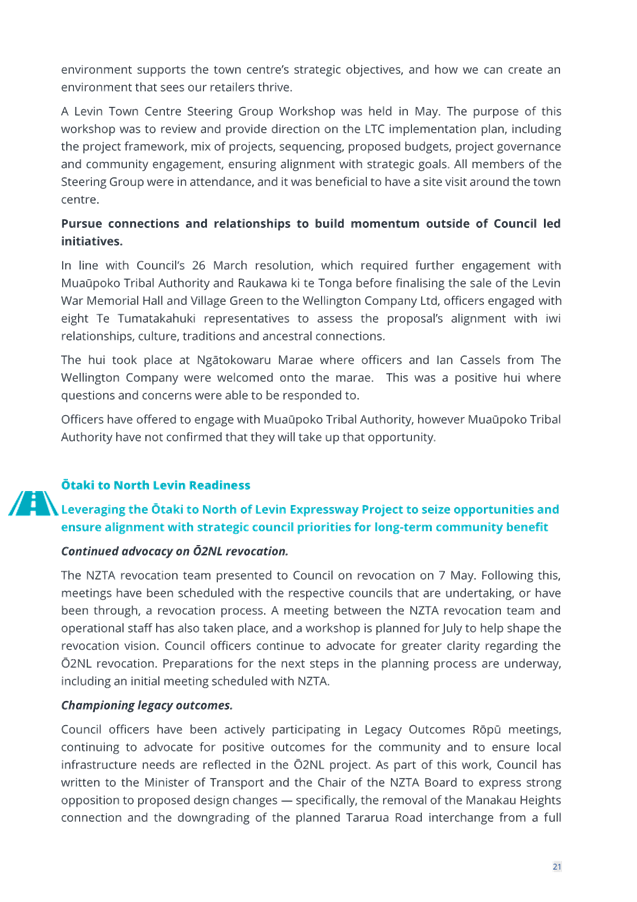
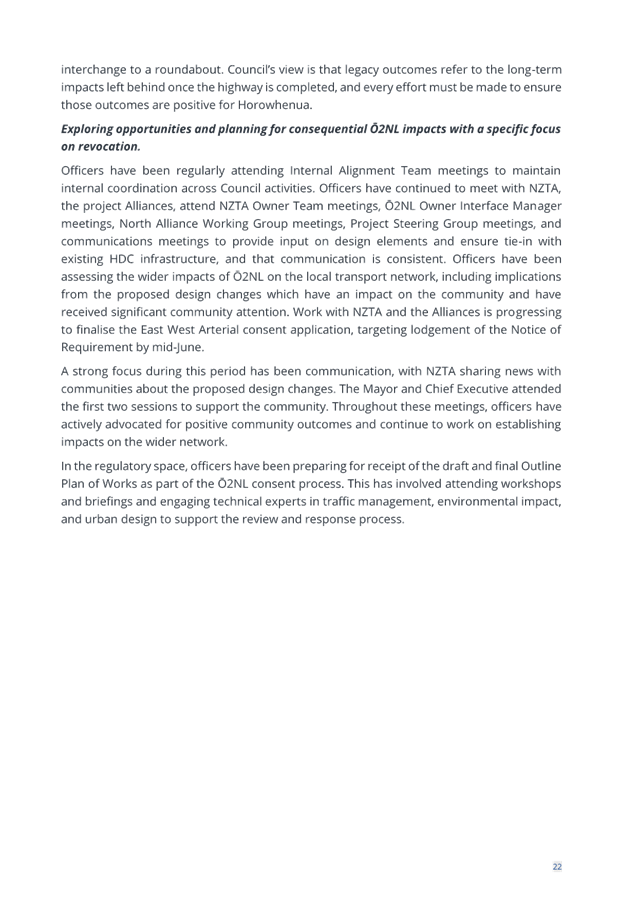
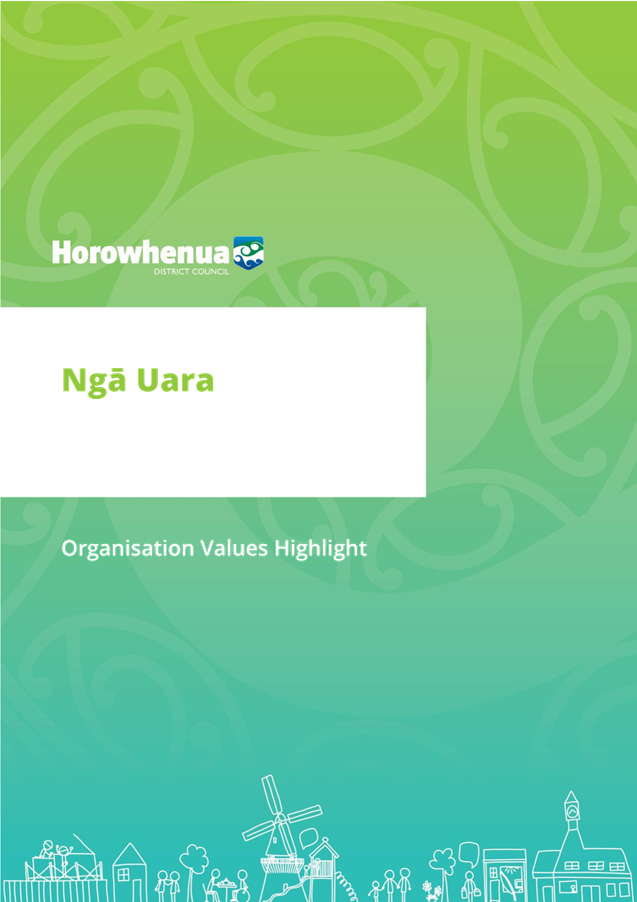
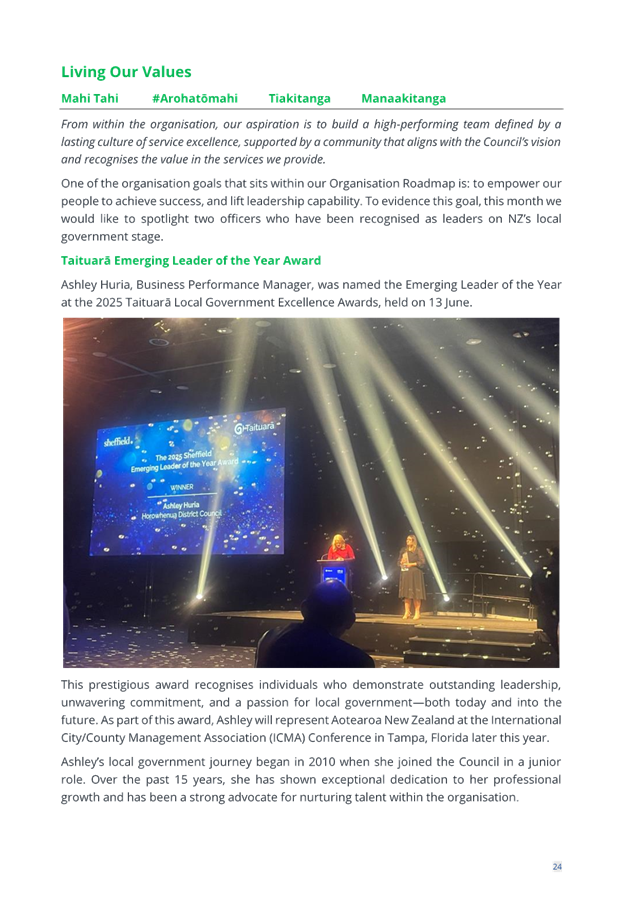
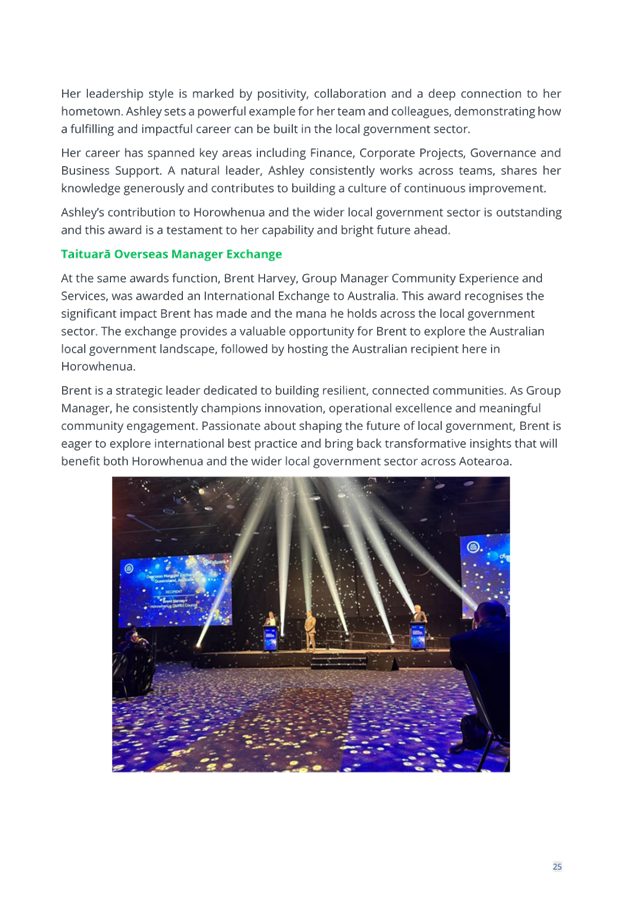

|
Council
25 June 2025
|

|
File No.:
25/377
9.2 Council
Resolution and Actions Monitoring Report June 2025
|
Author(s)
|
Alice Petersen
Support Officer
- Democracy | Āpiha Tautoko - Manapori
|
|
Approved by
|
Monique Davidson
Chief Executive
Officer | Tumuaki
|
Purpose | TE PŪTAKE
1. The
purpose of this report is to present to Council the updated monitoring report
covering resolutions and requested actions from previous meetings of Council.
This matter
relates to Pursuing Organisation Excellence
Continuing the
journey of organisational transformation by enabling a culture of service,
excellence and continuous improvement.
RECOMMENDATIONs | NGĀ TAUNAKITANGA
A. That Report 25/377 Council Resolution and Actions Monitoring Report
June 2025 be received and noted.
·
|
Confirmation of statutory compliance
In accordance
with sections 76 – 79 of the Local Government Act 2002, this report is
approved as:
a. containing
sufficient information about the options and their advantages and
disadvantages, bearing in mind the significance of the decisions; and,
b. is
based on adequate knowledge about, and adequate consideration of, the views
and preferences of affected and interested parties bearing in mind the
significance of the decision.
|
Attachments | NGĀ
TĀPIRINGA KŌRERO
|
No.
|
Title
|
Page
|
|
a⇩

|
Actions Monitoring Report -
June 2025
|
251
|
|
Council
25 June 2025
|

|
File No.:
25/357
10.1 Proceedings
of the Community Wellbeing Committee 21 May 2025
|
Author(s)
|
Grayson Rowse
Principal
Advisor - Democracy | Kaitohutohu Mātāmua - Manapori
|
|
Approved by
|
Monique Davidson
Chief Executive
Officer | Tumuaki
|
Purpose | TE PŪTAKE
1. To
present to the Council the minutes of the Community Wellbeing Committee meeting
held on 21 May 2025.
RECOMMENDATION | NGĀ TAUNAKITANGA
A. That Report 25/357 Proceedings of the Community Wellbeing Committee
21 May 2025 and the minutes be received and noted.
DISCUSSION | HE MATAPAKINGA
2. There
are no items that require further consideration.
|
Confirmation of statutory compliance
In accordance
with sections 76 – 79 of the Local Government Act 2002, this report is
approved as:
a. containing
sufficient information about the options and their advantages and
disadvantages, bearing in mind the significance of the decisions; and,
b. is
based on adequate knowledge about, and adequate consideration of, the views
and preferences of affected and interested parties bearing in mind the
significance of the decision.
|
Attachments | NGĀ
TĀPIRINGA KŌRERO
There are no appendices for
this report
|
Community
Wellbeing Committee
21 May 2025
|

|

|
Community Wellbeing Committee
OPEN MINUTES
UNCONFIRMED
|
Minutes of
a meeting of Community Wellbeing Committee held in the Council Chambers,
126-148 Oxford St, Levin on Wednesday 21 May 2025 at 10:04 am.
present
|
Mayor
|
His Worship the Mayor Bernie Wanden
|
|
Members
|
Councillor Nina Hori Te Pa
|
Horowhenua Māori
Ward Councillor
|
|
|
Councillor Clint Grimstone (Apology)
|
Horowhenua Levin Ward Councillor
|
|
|
Maggie Ryan
|
Department of Internal Affairs
|
|
|
Patrick Rennell
|
Horowhenua Learning Centre
|
|
|
Jacqui Moynihan
|
Oranga Tamariki Horowhenua
|
|
|
Sam Ferguson (Apology)
|
Horizons Regional Councillor
|
|
|
Angela Rainham
|
Health NZ Mid Central
|
|
|
Kylie Turuwhenua-Tapsell
|
Sport Manawatū
|
|
|
Mike Fletcher
|
Regional Public Service
|
|
|
Reihana Adlam (Apology)
|
Te Tūmatakahuki
|
|
|
Patricia Jacobs (Apology)
|
Ngāti Wehiwehi
|
|
|
Neville Heihei
|
Te Tūmatakahuki
|
|
|
Paul McMillan
|
Ministry of Social Development
|
|
|
Yumiko Olliver (Apology)
|
THINK Hauora
|
|
|
Mandy Fryer (Apology)
|
Ministry of Social Development
|
|
|
Rebecca Kinloch
|
Kāinga Ora
|
|
|
Sharon Williams
|
Hāpai Te Hapori
|
|
|
Lynette Jones
|
Older Persons Network
|
|
|
Rakesh Raman
|
Raukawa Housing Charitable Trust
|
|
|
Leigh McMeeken
|
Corrections NZ
|
|
|
Matt Roberts
|
Kai Collective
|
|
|
Catherine McAuliffe
|
Age Concern Horowhenua
|
|
|
|
|
IN ATTENDANCE
|
Reporting Officer
|
Mark Hammond
|
Community Facilities and Services Manager
|
|
|
Anna Johnson
|
Community Development Lead
|
|
|
Laura Fisher
|
Community Development Coordinator
|
|
|
Alice Petersen
|
Democracy Support Officer
|
|
Meeting Secretary
|
Grayson Rowse
|
Principal Democracy Advisor
|
1 Apologies
The committee
noted apologies from Councillor Clint Grimstone, Sam Ferguson, Reihana Adlam,
Patricia Jacobs, Yumiko Olliver and Mandy Fryer.
2 Late Items
There were no late items.
3 Declaration
of Interest
There were no
conflicts of interest declared.
4 Confirmation
of Minutes
|
Resolution
Number CWCCC/2025/6
MOVED by
Mayor Wanden, seconded Paul McMillan:
That the
minutes of the meeting of the Community Wellbeing Committee held on
Wednesday, 12 March 2025, be confirmed as a true and correct record
.Carried
|
5 Reports
for Noting
|
5.1
|
Community Wellbeing Network Report
|
|
|
Purpose | TE PŪTAKE
1. The
purpose of the Community Wellbeing Network Report is to discuss and highlight
any grassroots issues, ideas or concerns that are present within the
community.
This matter
relates to Community Connections and Better Wellbeing.
Activate the key
priorities within the Community Wellbeing Strategy.
|
|
|
The Mayor
introduced the report noting that there was representatives of each of the
networks present and invited them to speak to the report and highlight
details of note. Updates were provided by representatives of Horowhenua
Access and Inclusion Network, Horowhenua Youth Services Network, Youth Voice,
Horowhenua Older Person’s Network, Education Horowhenua Network, Horowhenua
Refugee Support, Kai Collective and Raukawa Housing Charitable Trust.
|
|
|
Resolution Number CWCCC/2025/7
MOVED by Mayor Wanden: second:
Leigh McMeekan
A. That Report 25/254 Community Wellbeing Network Report be received
and noted.
Carried
|
|
5.2
|
Community Wellbeing Dashboard Report
|
|
|
Purpose | TE PŪTAKE
1. The
purpose of the Community Wellbeing Dashboard is to provide the Community with
a visual dashboard presenting data, analysis and assist in the tracking of
the Community Wellbeing Strategy priority areas.
This matter
relates to Community Connections and Better Wellbeing.
Activate the key
priorities within the Community Wellbeing Strategy.
|
|
|
Resolution Number CWCCC/2025/8
MOVED by Mayor Wanden, second:
Leigh McMeekan:
A. That Report 25/255 Community Wellbeing Dashboard Report be
received and noted.
Carried
|
|
5.3
|
Community Wellbeing Strategy Monitoring Report
|
|
|
Purpose | TE PŪTAKE
1. The
purpose of the Community Wellbeing Strategy Monitoring Report is to highlight
progress made against the Community Wellbeing Strategy (the Strategy) and
Action Plan. The report also presents an opportunity for the Committee
to discuss and raise any concerns or need to reprioritise the focus of the
work programme of the Committee.
This matter
relates to Community Connections and Better Wellbeing.
Activate the key
priorities within the Community Wellbeing Strategy.
|
|
|
Resolution Number CWCCC/2025/9
MOVED by Mayor Wanden,
seconded Cr Hori Te Pa:
A. That Report 25/228 Community Wellbeing Strategy Monitoring Report
be received and noted.
Carried
|
10.59 am There being no further business, the Chairperson declared the
meeting closed.
CONFIRMED AS A TRUE AND CORRECT RECORD AT A MEETING OF Community Wellbeing Committee HELD ON
DATE: ...........................
CHAIRPERSON:
|
Council
25 June 2025
|

|
File No.:
25/359
10.2 Proceedings
of the Te Awahou Foxton Community Board Meeting 9 June 2025
|
Author(s)
|
Grayson Rowse
Principal
Advisor - Democracy | Kaitohutohu Mātāmua - Manapori
|
|
Approved by
|
Monique Davidson
Chief Executive
Officer | Tumuaki
|
Purpose | TE PŪTAKE
1. To
present to the Council the minutes of the Te Awahou Foxton Community Board
meeting held on 09 June 2025.
RECOMMENDATION | NGĀ TAUNAKITANGA
A. That Report 25/359 Proceedings of the Te Awahou Foxton Community
Board Meeting 9 June 2025 and the minutes be received and noted.
DISCUSSION | HE MATAPAKINGA
2. There
are no items that require further consideration.
|
Confirmation of statutory compliance
In accordance
with sections 76 – 79 of the Local Government Act 2002, this report is
approved as:
a. containing
sufficient information about the options and their advantages and
disadvantages, bearing in mind the significance of the decisions; and,
b. is
based on adequate knowledge about, and adequate consideration of, the views
and preferences of affected and interested parties bearing in mind the
significance of the decision.
|
Attachments | NGĀ
TĀPIRINGA KŌRERO
There are no appendices for
this report
|
Te Awahou
Foxton Community Board
09 June 2025
|

|

|
Te Awahou Foxton Community Board
OPEN MINUTES
UNCONFIRMED
|
Minutes of
a meeting of the Te Awahou Foxton Community Board held in the Te Awahou Nieuwe
Stroom, 92 Main Street, Foxton on Monday 9 June 2025 at 6:00 pm.
present
|
Chairperson
|
Mr John Girling
|
|
|
Deputy Chairperson
|
Mr Trevor Chambers
|
|
|
Members
|
Mrs Nola Fox
|
|
|
|
Mr Brett Russell
|
|
|
|
Mr David Roache
|
|
|
|
Deputy Mayor David Allan
|
|
IN ATTENDANCE
|
Reporting Officer
|
Ashley Huria
|
Business Performance Manager
|
|
Meeting Secretary
|
Grayson Rowse
|
Principal Democracy Advisor
|
1 Apologies
There were no
apologies.
2 Public Participation
There was no public participation.
3 Late Items
There were no late items.
4 Declaration
of Interest
There were no declarations
of interest.
5 Confirmation
of Minutes
|
Resolution Number TAFCB/2025/17
MOVED by Cr
Allan, seconded Mr Roache:
That the
minutes of the meeting of the Te Awahou Foxton Community Board held on
Monday, 5 May 2025, be confirmed as a true and correct record
.Carried
|
6 Elected
Members Reports
|
6.1
|
Chairpersons Report - May 2025
|
|
|
This
report presented the Chairperson’s report highlighting matters of
interest to Te Awahou Foxton Community Board.
|
|
|
Resolution Number TAFCB/2025/18
MOVED by Mr Girling, seconded
Mr Roache:
A. That Report 25/314 Chairpersons Report - May 2025 be received and
noted.
Carried
|
|
|
The Chairperson spoke to the report and highlighted
concerns with fencing at King Canal, and requested the Parks and Property
team investigate further, suggesting that if funding was not available
through Council, that Save Our River Trust could be asked to look at
remedies.
|
|
|
Resolution Number TAFCB/2025/19
MOVED by Mr Girling, seconded
Mr Roache:
That the Horowhenua Disit4rct Council Parks and Property
Team be asked to attend to this matter (Kings Canal fencing) urgently. If,
however, there is no funding available, the Board ask Save Our River Trust to
apply for funding and remedy the need with a post and rail fence on the
northern side and replace the rope on the southern side of the King's Canal
and entrance the Piraharakeke Walkway.
Carried
|
|
|
Officers advised the Parks and Property team have been
alerted to the issue, and contractors were already assessing a solution.
|
|
6.2
|
Community Board Member Report - Nola Fox
|
|
|
This
report presented to matters of interest relating to Te Awahou Foxton
Community Board area.
|
|
|
Resolution Number TAFCB/2025/20
MOVED by Mr Girling, seconded
Mr Roache:
A. That Report 25/313 Community Board Member Report - Nola Fox be
received and noted.
Carried
|
7 Reports
|
7.1
|
Update on Te Awahou Foxton Community Board Priorities
|
|
|
This report
updated progress of the Board’s priorities.
|
|
|
Resolution
Number TAFCB/2025/21
MOVED by Mr Girling, seconded
Mrs Fox:
A. That Report 25/308 Update on Te Awahou Foxton Community Board
Priorities be received and noted.
Carried
|
|
7.2
|
Foxton Beach Endowment Fund Update
|
|
|
This
report updated the board on financial movements in the Foxton Beach Endowment
Fund..
|
|
|
Resolution Number TAFCB/2025/22
MOVED by Mr Girling, seconded
Mrs Fox:
A. That Report 25/309 Foxton Beach Endowment Fund Update be received
and noted.
Carried
|
|
7.3
|
Te Awahou Foxton Community Board - Actions Monitoring Report -
June 2025
|
|
|
This
report presented Te Awahou Foxton Community Board the updated monitoring
report covering requested actions from previous meetings of the Board.
|
|
|
Resolution Number TAFCB/2025/23
MOVED by Mr Girling, seconded
Mrs Fox:
A. That Report 25/307 Te Awahou Foxton Community Board - Actions
Monitoring Report - June 2025 be received and noted.
Carried
|
|
|
In response to questions form members, officers advised
the lease renewal process for Pinewood Motor Camp was ongoing.
|
|
7.4
|
Horowhenua District Council Organisation Performance Report May
2025
|
|
|
This
report presented the Organisation Performance Report for October 2024
highlighting areas of interest to the Foxton Community.
|
|
|
Resolution
Number TAFCB/2025/24
MOVED by Mr Girling, seconded
Mr Roache:
A. That Report 25/327 Horowhenua District Council Organisation
Performance Report May 2025 be received and noted.
Carried
|
|
|
Members noted the extensive
information contained in the Organisation Performance Report and thanked
officers for highlighting the Foxton and Foxton Beach specific activities
within the report.
The Board noted with pleasure
the installation of new training lights at Easton Park which were delivered
under budget and ahead of time, and greatly enhanced the user experience of
the community using that facility after dark.
Concerns were noted however,
of lack of lighting outside the Te Awahou Niuewe Stroom complex, and officers
were asked to investigate possible remedies and report back.
The upcoming Child Safe
programme was noted, and Board members wondered whether there was any
opportunity to community groups to access this training alongside Council
officers. Officer will look into the possibility and report back.
Noting the usefulness of the
report in looking back at what has been done, through Board asked whether it
was possible to get a forward programme of works being completed in the Board
area, so they could respond to questions from the community. Officers
will look to prepare a forward work programme.
|
6.33 pm There being no further business, the Chairperson declared the
meeting closed.
CONFIRMED AS A TRUE AND CORRECT RECORD AT A MEETING OF Te Awahou Foxton Community Board HELD
ON
DATE: ...........................
CHAIRPERSON:
|
Council
25 June 2025
|

|
File No.:
25/358
10.3 Proceedings
of the Hearings and Regulatory Committee 10 June 2025
|
Author(s)
|
Grayson Rowse
Principal
Advisor - Democracy | Kaitohutohu Mātāmua - Manapori
|
|
Approved by
|
Monique Davidson
Chief Executive
Officer | Tumuaki
|
Purpose | TE PŪTAKE
1. To
present to the Council the minutes of the Hearings and Regulatory Committee
meeting held on 10 June 2025.
RECOMMENDATION | NGĀ TAUNAKITANGA
A. That Report 25/358 Proceedings of the Hearings and Regulatory
Committee 10 June 2025 and the minutes be received and noted.
DISCUSSION | HE MATAPAKINGA
2. The
following items considered by the Hearings and Regulatory Committee meeting
held on the 10 June 2025 will require further
consideration by the Horowhenua District Council and are included in this
Council agenda:
|
|
Resolution Number HARCC/2025/20
MOVED by Cr Allan, seconded Cr
Jennings:
The Committee recommend that Council liaise with relevant
agencies and landowners with the goal of addressing the need for dog control
measures in the Manawatū Estruary.
Carried
|
|
|
Resolution Number HARCC/2025/21
MOVED by Mayor Wanden,
seconded Cr Jennings:
That the
Committee recommends Council adopt a final version of the Dog Control Bylaw
and Dog Control Policy, as amended by the Committee .
Carried
|
|
Confirmation of statutory compliance
In accordance
with sections 76 – 79 of the Local Government Act 2002, this report is
approved as:
a. containing
sufficient information about the options and their advantages and
disadvantages, bearing in mind the significance of the decisions; and,
b. is
based on adequate knowledge about, and adequate consideration of, the views
and preferences of affected and interested parties bearing in mind the
significance of the decision.
|
Attachments | NGĀ
TĀPIRINGA KŌRERO
There are no appendices for
this report
|
Hearings and
Regulatory Committee
10 June 2025
|

|

|
Hearings and Regulatory Committee
OPEN MINUTES
UNCONFIRMED
|
Minutes of
a meeting of Hearings and Regulatory Committee held in the Council Chambers,
126-148 Oxford St, Levin on Tuesday 10 June 2025 at 10:00 am.
present
|
Chairperson
|
Deputy Mayor David Allan
|
|
|
Councillors
|
Councillor Justin Tamihana
|
Apology
|
|
|
Councillor Sam Jennings
|
|
|
|
His Worship The Mayor Bernie Wanden
|
|
IN ATTENDANCE
|
Reporting Officer
|
Vaimoana Miller
|
Customer & Compliance Manager
|
|
|
Carolyn Dick
|
Strategic Planning Manager
|
|
|
|
|
|
Meeting Secretary
|
Grayson Rowse
|
Principal Advisor – Democracy
|
1 Apologies
|
Apology
|
|
Resolution number HARCC/2025/9
MOVED by Cr
Wanden, seconded Cr Jennings:
That the
apology from Councillor Tamihana be accepted.
CARRIED
|
Cr Tamihana advised the committee, through
the Chair, that he approved of the general nature of the policy and bylaw, and
thanked officers for their work in the development of this piece of work.
2 Late Items
There were no late items.
3 Declaration
of Interest
There were no
declarations of interest.
4 Confirmation
of Minutes
|
Resolution Number HARCC/2025/10
MOVED by Cr
Jennings, seconded Mayor Wanden:
That the
minutes of the meeting of the Hearings and Regulatory Committee held on
Tuesday, 15 April 2025, be confirmed as a true and correct record.
Carried
|
5 Reports
for Decision
|
5.1
|
Draft Dog Control Bylaw and Policy - Hearing of Submissions
|
|
|
Purpose
| TE PŪTAKE
1. The
purpose of this report is to summarise the submissions receive during
consultation on the Draft Dog Control Bylaw and Draft Dog Control Policy, and
to provide the platform for the Hearings and Regulatory Committee (the
Committee) in its deliberations on those submissions; and subsequent
recommendation to Council on the final forms of the Bylaw and the Policy.
This matter relates to
Delivering the Long-Term Plan 2024-44
Delivering the Long-Term Plan
2024-44
|
|
|
Eleven individuals and organisations request to speak to
their submissions.
The following individuals and organisation attended the
meeting and spoke to their submissions:
- Rosemary Cleator
- Melissa Steedman
- Des Richards
- Diane Means
- Jane O’Callaghan
- Judy Webby
- Dr Alison Vaughan – RNZPSA
- Kathryn Lane – Manawatū Estuary
Trust
|
|
|
The committee thanked all submitters who had spoken, and
took particular note of the concerns around recognised dog training for
Responsible Dog Owner Approval, and the inclusion of a puppy registration
fee.
The committee canvassed options for identifying other
forms of training to be recognised under the Responsible Dog Owner Approval
process, and recommended widening the scope for Officers to determine
appropriate training evidence.
The committee also discussed the reinstatement of a Puppy
Registration Fee. This was generally supported by the committee, and it
recommended the reinstatement of the fee from 2026-27.
The committee also noted concerns raised by the
Manawatū Estuary Trust over the control of dogs at the Manawatū
Estuary. Officers advised that Manawatū Estuary was outside the
jurisdiction of the Council but nevertheless were supportive of appropriate
measures to control dogs at that site. The committee recommended that
officers liaise with relevant agencies and landowners to effect an
appropriate dog control regime within that area.
The committee noted its thanks for the extensive work of
officers in developing this bylaw and policy.
|
|
|
Resolution Number HARCC/2025/11
MOVED by Mayor Wanden,
seconded Cr Jennings:
That Report
25/295 Draft Dog Control Bylaw and Policy - Hearing of Submissions be
received.
That this
matter or decision is recognised as not significant in terms of S76 of the
Local Government Act.
That the
Committee considers the feedback from submitters and officers on the draft
changes to the Dog Control Bylaw and Dog Control Policy.
Carried
|
|
|
Resolution Number HARCC/2025/12
MOVED by Cr Allan, seconded Cr
Jennings:
The
Committee approve changes to the schedule of on- and off-leash dog exercise
areas as proposed in response to submissions, including the addition of
on-leash status at Rose Gardens, War Memorials, Thompson House Gardens,
Cousins Avenue, Te Maire Park, and Stafford Street Esplanade; and confirm no
changes to Holben Parade, Rua Park, Ōhau Domain, Argyle Avenue, or
Waikawa Beach Reserve
Carried
|
|
|
Resolution Number HARCC/2025/13
MOVED by Cr Jennings, seconded
Mayor Wanden:
The
Committee endorse the revised framework for Responsible Dog Owner Approval
(RDOA) as outlined in the draft policy, and direct officers to implement it
with flexibility to accommodate alternative pathways to demonstrate
responsible ownership, such as equivalent Council recognised training to
ensure the process is practical and fair while maintaining standards.
Carried
|
|
|
Resolution Number HARCC/2025/14
MOVED by Mayor Wanden,
seconded Cr Jennings:
The
Committee retain the provision requiring neutering of dogs found roaming,
uncontrolled, or unregistered, and support enforcement being managed through
officer discretion, alongside public education.
Carried
|
|
|
Resolution Number HARCC/2025/15
MOVED by Mayor Wanden, seconded
Cr Jennings:
The
Committee retain the clause restricting female dogs in season from public
places, and amend the heading of the relevant section to “Dogs
Requiring Temporary Exclusion from Public Places” to better reflect the
content.
Carried
|
|
|
Resolution Number HARCC/2025/16
MOVED by Mayor Wanden,
seconded Cr Jennings:
The
Committee amend Clause 12(a) to discourage prolonged tethering and promote
secure fencing as the preferred means of containment, aligning the bylaw with
upcoming national animal welfare regulations.
Carried
|
|
|
Resolution Number HARCC/2025/17
MOVED by Cr Jennings, seconded
Mayor Wanden:
The
Committee recommend the reinstatement of a Puppy Registration category in the
Dog Control Policy to apply from the 2026-27 registration period.
Carried
|
|
|
Resolution Number HARCC/2025/18
MOVED by Cr Jennings, seconded
Mayor Wanden:
The
Committee acknowledge the submissions from MET and Ririki Haumaru Trust,
which emphasise the importance of culturally responsive engagement and
community-led education in supporting responsible dog ownership. Noting the
request for Officers to explore opportunities to work in partnership
with kaupapa Māori and community organisations to deliver outreach and
education, consider supportive and non-regulatory approaches alongside
enforcement where appropriate, and refer these matters to officers for
further development as part of implementation planning.
Carried
|
|
|
Resolution Number HARCC/2025/19
MOVED by Mayor Wanden,
seconded Cr Jennings:
The
Committee refer operational matters raised in submissions including signage
improvements, fenced exercise areas, website clarity on fee categories, and
public education initiatives, to Council officers as operational matters.
Carried
|
|
|
Resolution Number HARCC/2025/20
MOVED by Cr Allan, seconded Cr
Jennings:
The Committee recommend that Council liaise with relevant
agencies and landowners with the goal of addressing the need for dog control
measures in the Manawatū Estuary.
Carried
|
|
|
Resolution Number HARCC/2025/21
MOVED by Mayor Wanden,
seconded Cr Jennings:
That the
Committee recommends Council adopt a final version of the Dog Control Bylaw
and Dog Control Policy, as amended by the Committee .
Carried
|
11.40 am There being no further business, the Chairperson declared the
meeting closed.
CONFIRMED AS A TRUE AND CORRECT RECORD AT A MEETING OF Hearings and Regulatory Committee HELD
ON
DATE: ...........................
CHAIRPERSON:
|
Council
25 June 2025
|

|
File No.:
25/365
10.4 Proceedings
of the Chief Executive Employment and Performance Committee 11 June 2025
|
Author(s)
|
Grayson Rowse
Principal
Advisor - Democracy | Kaitohutohu Mātāmua - Manapori
|
|
Approved by
|
Monique Davidson
Chief Executive
Officer | Tumuaki
|
Purpose | TE PŪTAKE
1. To
present to the Council the minutes of the Chief Executive Employment and
Performance Committee meeting held on 11 June 2025.
This matter does
not relate to a current Council priority.
RECOMMENDATION | NGĀ TAUNAKITANGA
A. That Report 25/365 Proceedings of the Chief Executive Employment and
Performance Committee 11 June 2025 and the minutes be received and noted.
DISCUSSION | HE MATAPAKINGA
2. There
are no items that require further consideration as part of public excluded.
|
Confirmation of statutory compliance
In accordance
with sections 76 – 79 of the Local Government Act 2002, this report is
approved as:
a. containing
sufficient information about the options and their advantages and
disadvantages, bearing in mind the significance of the decisions; and,
b. is
based on adequate knowledge about, and adequate consideration of, the views
and preferences of affected and interested parties bearing in mind the
significance of the decision.
|
Attachments | NGĀ
TĀPIRINGA KŌRERO
There are no appendices for
this report

|
Chief Executive Employment and
Performance Committee
OPEN MINUTES
UNCONFIRMED
|
Minutes of
a meeting of Chief Executive Employment and Performance Committee held in the
Tararua Room, 126-148 Oxford St, Levin on Wednesday 11 June 2025 at 10:00 am.
present
|
Mayor
|
His Worship The Mayor Bernie Wanden
|
|
|
Deputy Mayor
|
Councillor David Allan
|
|
|
Councillors
|
Councillor Sam Jennings
|
|
|
|
Councillor Paul Olsen
|
|
|
|
Cr Nina Hori Te Pa
|
|
IN ATTENDANCE
|
|
Monique Davidson
|
Chief Executive
|
|
Meeting Secretary
|
Sue Fifita-Tovo
|
Executive Officer
|
1 Apologies
There were no
apologies.
2 Public Participation
There was no
public participation.
3 Late Items
There
were no late items
4 Declaration
of Interest
There were no
declarations of interest.
5 Confirmation
of Minutes
|
Resolution Number
CEEAP/2025/4
MOVED by
Mayor Wanden, seconded Cr Jennings:
That the
minutes of the meeting of the Chief Executive Employment and Performance Committee
held on Wednesday, 30 April 2025, be confirmed as a true and correct record.
That the
minutes of the Public Excluded meeting of the Chief Executive Employment and
Performance Committee held on Wednesday, 30 April 2025, be confirmed as a
true and correct record.
Carried
|
|
6 Procedural
motion to exclude the public
|
|
Resolution Number
CEEAP/2025/5
MOVED by Mayor Wanden,
seconded Cr Jennings:
That the public be excluded from the
following part(s) of the proceedings of this meeting.
The general subject of each matter to
be considered while the public is excluded, the reason for passing this
resolution in relation to each matter, and the specific grounds under section
48(1) of the Local Government Official Information and Meetings Act 1987 for
the passing of this resolution follows.
This resolution is made in reliance on
section 48(1)(a) of the Local Government Official Information and Meetings
Act 1987 and the particular interest or interests protected by section 6 or
section 7 of that Act which would be prejudiced by the holding of the whole
or relevant part of the proceedings of the meeting in public, as follows:
C1 Chief
Executive - End of Year Performance Review 2024-25
|
Reason:
|
The
public conduct of the part of the meeting would be likely to result in the
disclosure of information for which good reason for withholding exists
under section 7.
|
|
Interests:
|
s7(2)(a)
- The withholding of the information is necessary to protect the privacy of
natural persons, including that of a deceased person.
|
|
Grounds:
|
s48(1)(a)
The
public conduct of the part of the meeting would be likely to result in the
disclosure of information for which good reason for withholding exists
under section 7.
|
|
Plain English Reason:
|
This
report contains private employment details of the Chief Executive.
The Chief Executive's expectation of privacy in relation to her employment
outweighs the public interest in having this information released to the
public.
|
C2 Chief
Executive Performance Review Information
|
Reason:
|
The
public conduct of the part of the meeting would be likely to result in the
disclosure of information for which good reason for withholding exists
under section 7.
|
|
Interests:
|
s7(2)(a)
- The withholding of the information is necessary to protect the privacy of
natural persons, including that of a deceased person.
|
|
Grounds:
|
s48(1)(a)
The
public conduct of the part of the meeting would be likely to result in the
disclosure of information for which good reason for withholding exists
under section 7.
|
|
Plain English Reason:
|
This
report contains private employment details of the Chief Executive.
The Chief Executive's expectation of privacy in relation to her employment
outweighs the public interest in having this information released to the
public..
|
The text of
these resolutions is made available to the public who are present at the
meeting and form part of the minutes of the meeting.
Carried
|
10.15 am The public were
excluded.
Resolutions in relation to the confidential
items are recorded in the confidential section of these minutes and are not
publicly available.
12.00 pm There being no further business, the Chairperson declared the
meeting closed.
CONFIRMED AS A TRUE AND CORRECT RECORD AT A MEETING OF Chief Executive Employment and Performance
Committee HELD ON
DATE: ...........................
CHAIRPERSON:
|
Council
25 June 2025
|

|
Exclusion of the Public : Local Government Official
Information and Meetings Act 1987
The following motion is submitted for consideration:
That the
public be excluded from the following part(s) of the proceedings of this
meeting.
The general
subject of each matter to be considered while the public is excluded, the
reason for passing this resolution in relation to each matter, and the specific
grounds under section 48(1) of the Local Government Official Information and
Meetings Act 1987 for the passing of this resolution follows.
This
resolution is made in reliance on section 48(1)(a) of the Local Government
Official Information and Meetings Act 1987 and the particular interest or
interests protected by section 6 or section 7 of that Act which would be
prejudiced by the holding of the whole or relevant part of the proceedings of
the meeting in public, as follows:
C1 Levin War Memorial Hall and Village Green
Redevelopment Update
|
Reason:
|
The public conduct of the part of the meeting would be
likely to result in the disclosure of information for which good reason for
withholding exists under section 7.
|
|
Interests:
|
s7(2)(h) - The withholding of the information is necessary
to enable the local authority to carry out, without prejudice or
disadvantage, commercial activities.
|
|
Grounds:
|
s48(1)(a)
The public conduct of the part of the meeting would be
likely to result in the disclosure of information for which good reason for
withholding exists under section 7.
|
|
Plain English Reason:
|
This report contains commercially sensitive details around
the Levin War Memorial Hall redevelopment.
|
C2 Solid Waste Service Delivery and Agreement
Review
|
Reason:
|
The public conduct of the part of the meeting would be
likely to result in the disclosure of information for which good reason for
withholding exists under section 7.
|
|
Interests:
|
s7(2)(b)(ii) - The withholding of the information is
necessary to protect information where the making available of the
information would be likely unreasonably to prejudice the commercial position
of the person who supplied or who is the subject of the information.
|
|
Grounds:
|
s48(1)(a)
The public conduct of the part of the meeting would be
likely to result in the disclosure of information for which good reason for
withholding exists under section 7.
|
|
Plain English Reason:
|
This report includes commercially sensitive information.
|
C3 East West Arterial (EWA) - Property
Acquisition Update
|
Reason:
|
The public conduct of the part of the meeting would be
likely to result in the disclosure of information for which good reason for
withholding exists under section 7.
|
|
Interests:
|
s7(2)(h) - The withholding of the information is necessary
to enable the local authority to carry out, without prejudice or
disadvantage, commercial activities.
|
|
Grounds:
|
s48(1)(a)
The public conduct of the part of the meeting would be
likely to result in the disclosure of information for which good reason for
withholding exists under section 7.
|
|
Plain English Reason:
|
This report includes commercially sensitive information..
|
C4 Levin Camp Ground
|
Reason:
|
The public conduct of the part of the meeting would be
likely to result in the disclosure of information for which good reason for
withholding exists under section 7.
|
|
Interests:
|
s7(2)(h) - The withholding of the information is necessary
to enable the local authority to carry out, without prejudice or
disadvantage, commercial activities.
|
|
Grounds:
|
s48(1)(a)
The public conduct of the part of the meeting would be
likely to result in the disclosure of information for which good reason for
withholding exists under section 7.
|
|
Plain English Reason:
|
This report includes details about lease prices and
commercial arrangements. Sharing this information publicly could disadvantage
the Council in ongoing or future negotiations. For that reason, the public is
excluded under Section 7(2)(b)(ii) of the Local Government Official Information
and Meetings Act 1987, to protect the Council’s commercial position.
|
C5 Council Resolution and Actions Monitoring
Report June 2025
|
Reason:
|
The public conduct of the part of the meeting would be
likely to result in the disclosure of information for which good reason for
withholding exists under section 7.
|
|
Interests:
|
s7(2)(b)(ii) - The withholding of the information is
necessary to protect information where the making available of the
information would be likely unreasonably to prejudice the commercial position
of the person who supplied or who is the subject of the information.
s7(2)(h) - The withholding of the information is necessary
to enable the local authority to carry out, without prejudice or
disadvantage, commercial activities.
|
|
Grounds:
|
s48(1)(a)
The public conduct of the part of the meeting would be
likely to result in the disclosure of information for which good reason for
withholding exists under section 7.
|
|
Plain English Reason:
|
These actions relate to potential or actual sales of
property, and contract negotiations. The public release of these actions at
this time may affect sales prices or disclose negotiation points.
|
C6 Proceedings of Committee - Public Excluded
Chief Executive Employment and Performance Committee 11 June 2025
|
Reason:
|
The public conduct of the part of the meeting would be
likely to result in the disclosure of information for which good reason for
withholding exists under section 7.
|
|
Interests:
|
s7(2)(a) - The withholding of the information is necessary
to protect the privacy of natural persons, including that of a deceased
person.
|
|
Grounds:
|
s48(1)(a)
The public conduct of the part of the meeting would be
likely to result in the disclosure of information for which good reason for
withholding exists under section 7.
|
|
Plain English Reason:
|
This report contains private employment details of the
Chief Executive. The Chief
Executive's expectation of privacy in relation to her employment outweighs
the
public interest in having this information released to the public.
|
![]()









